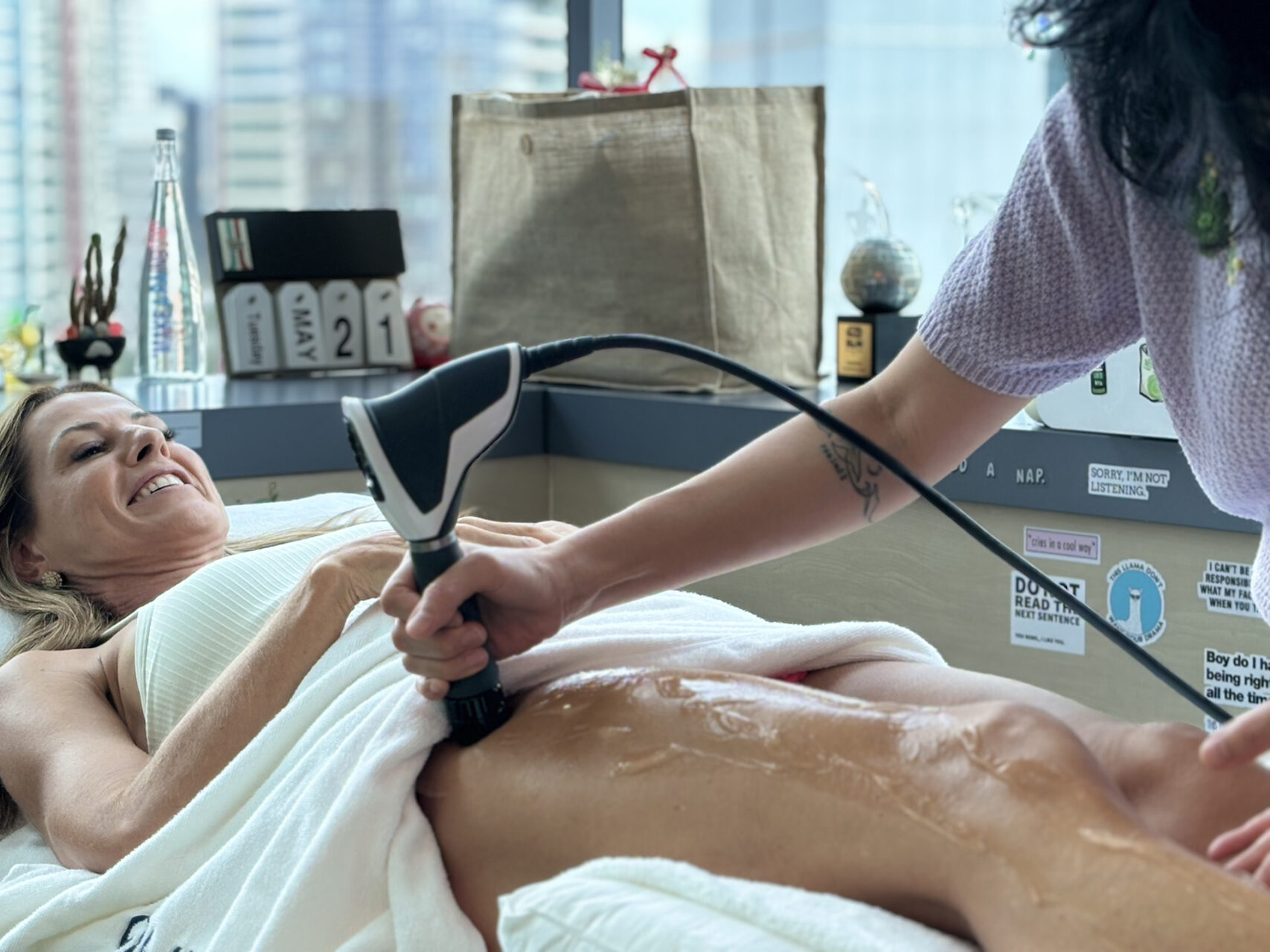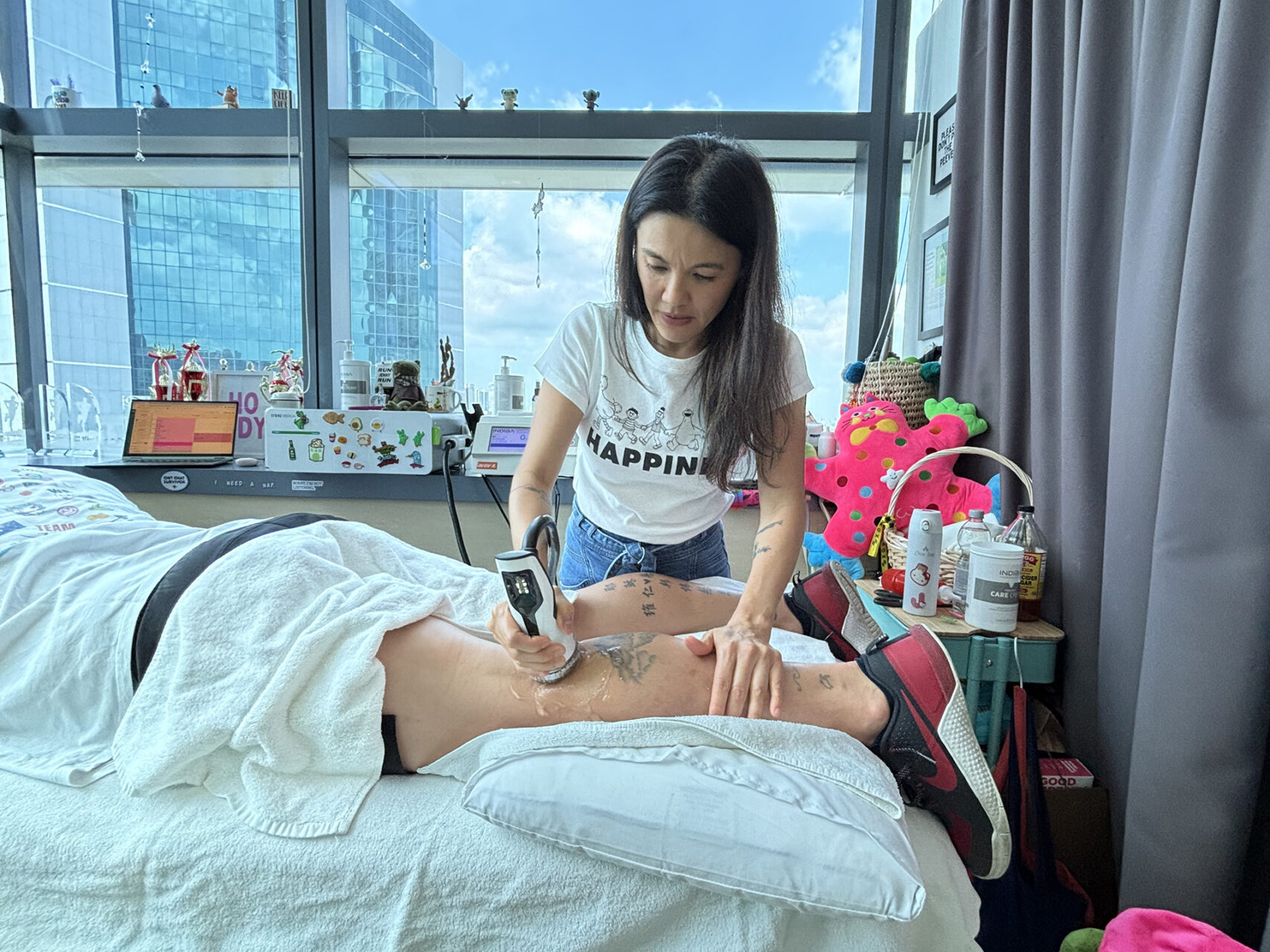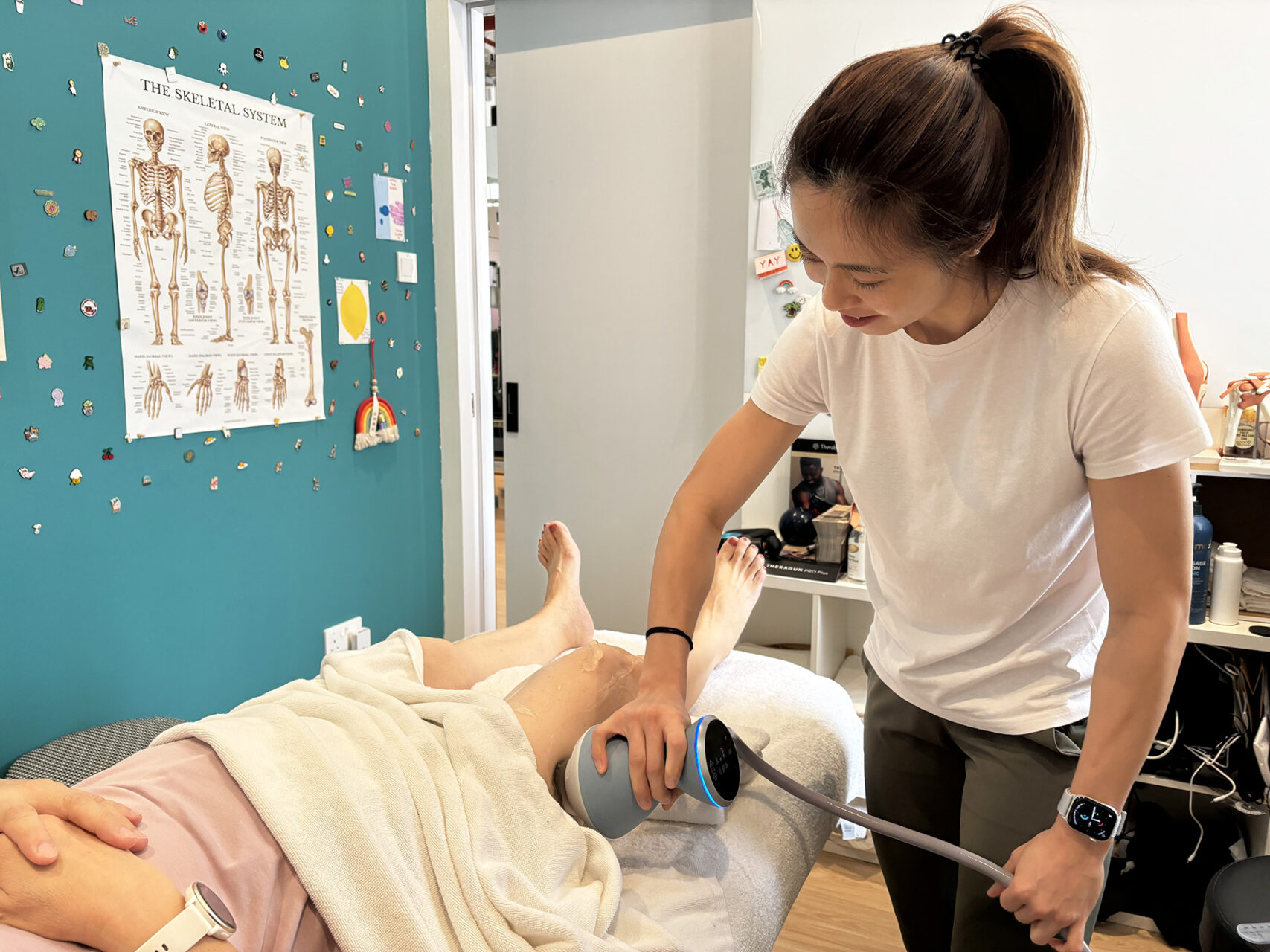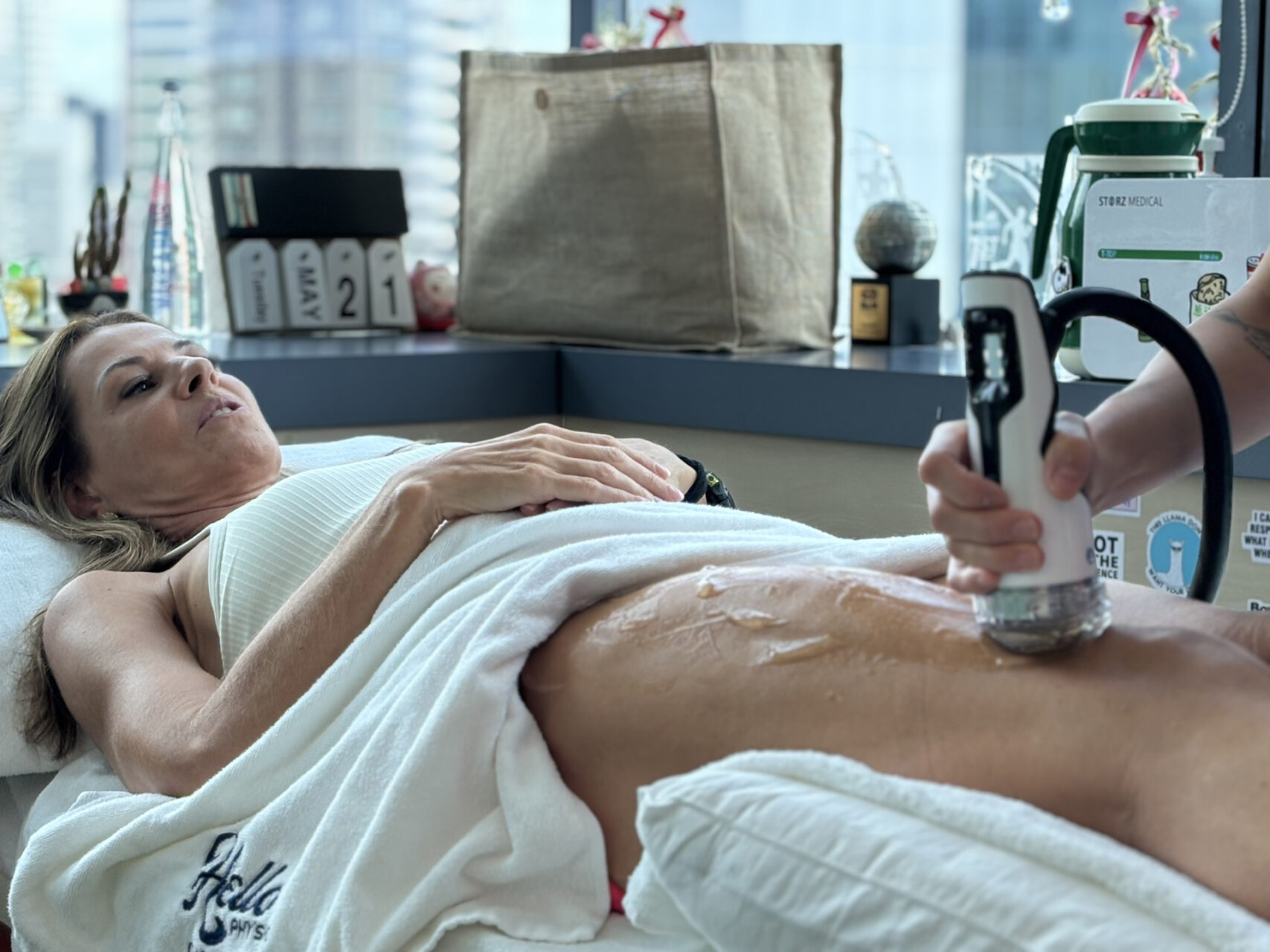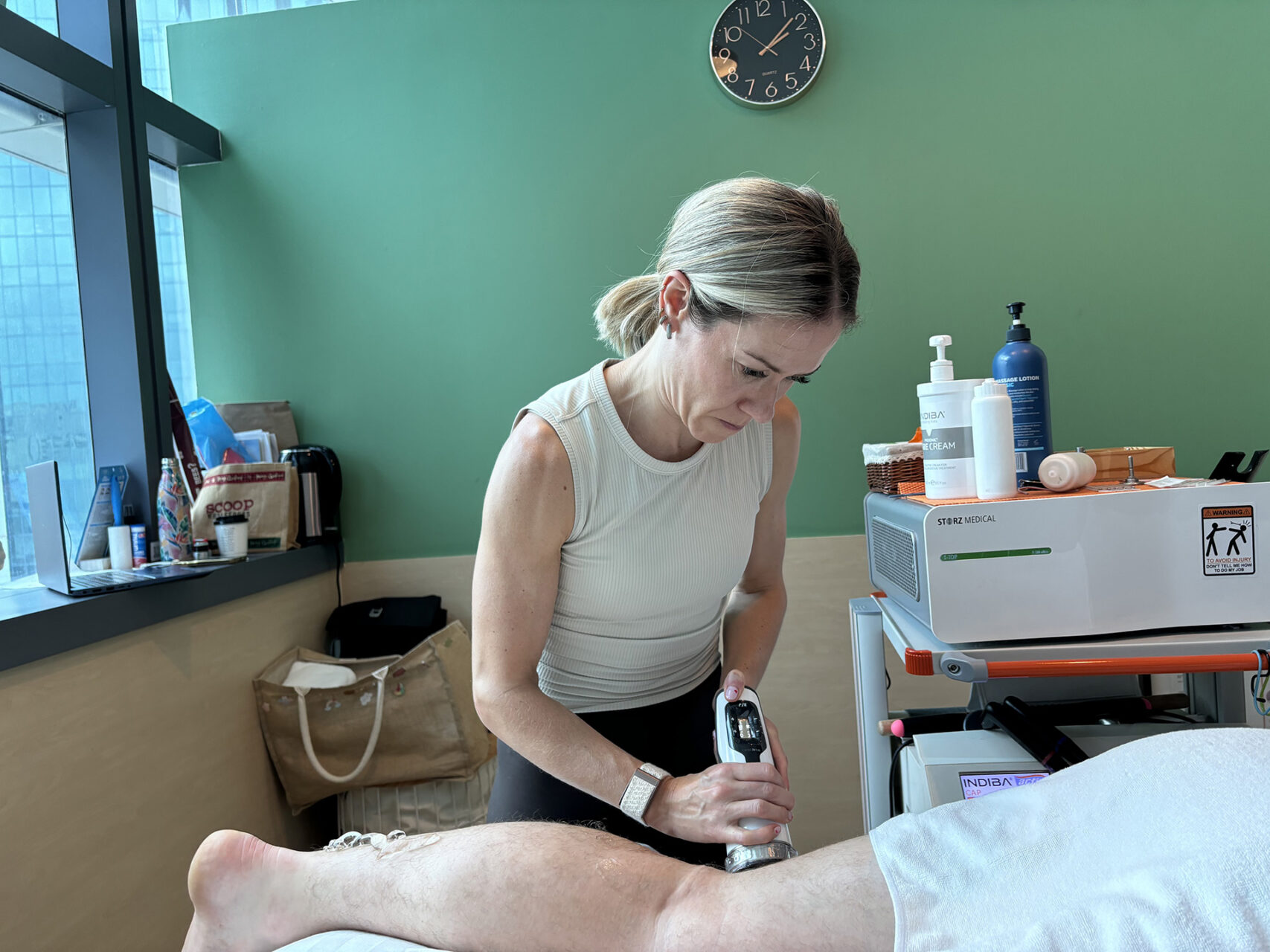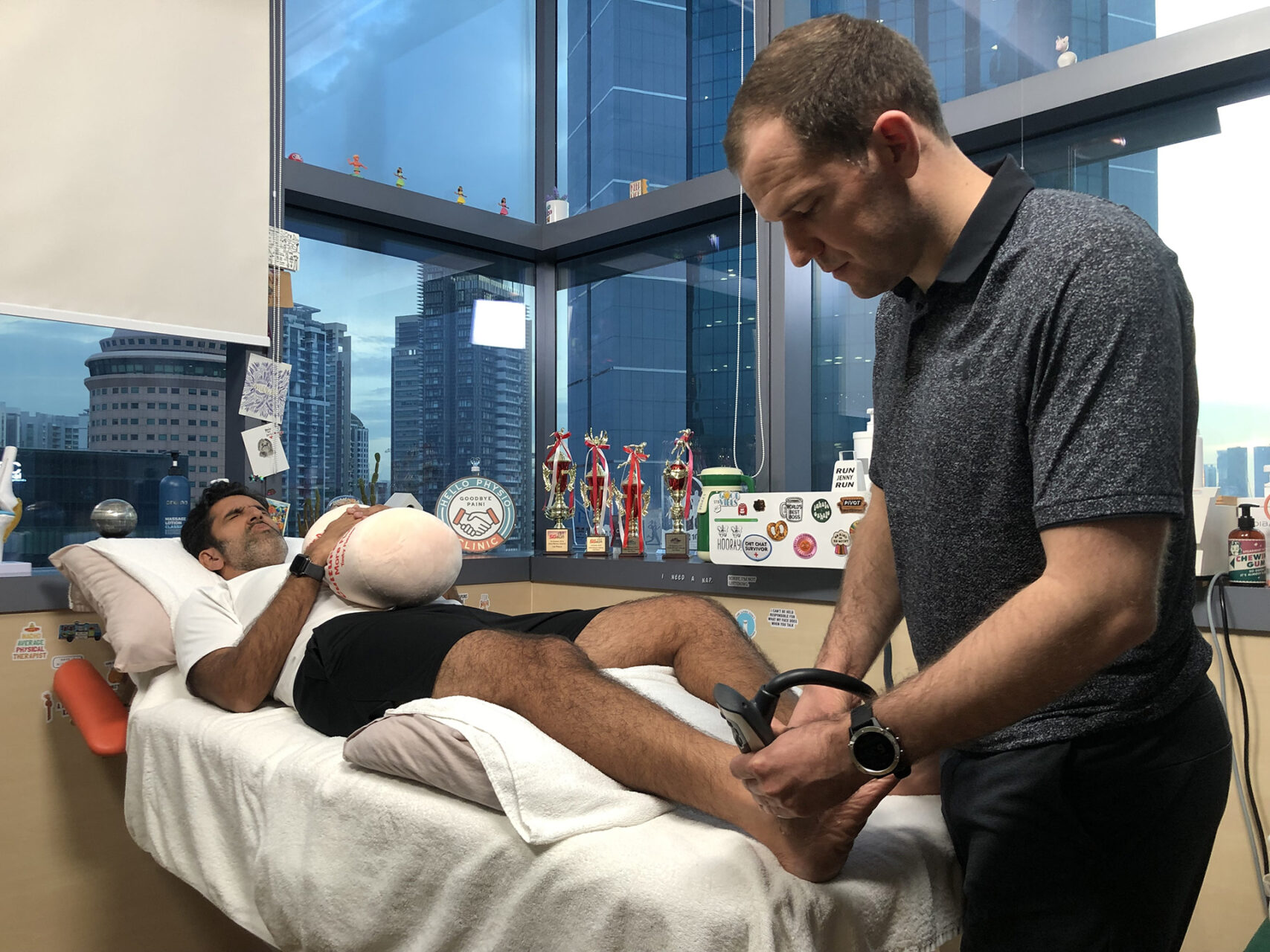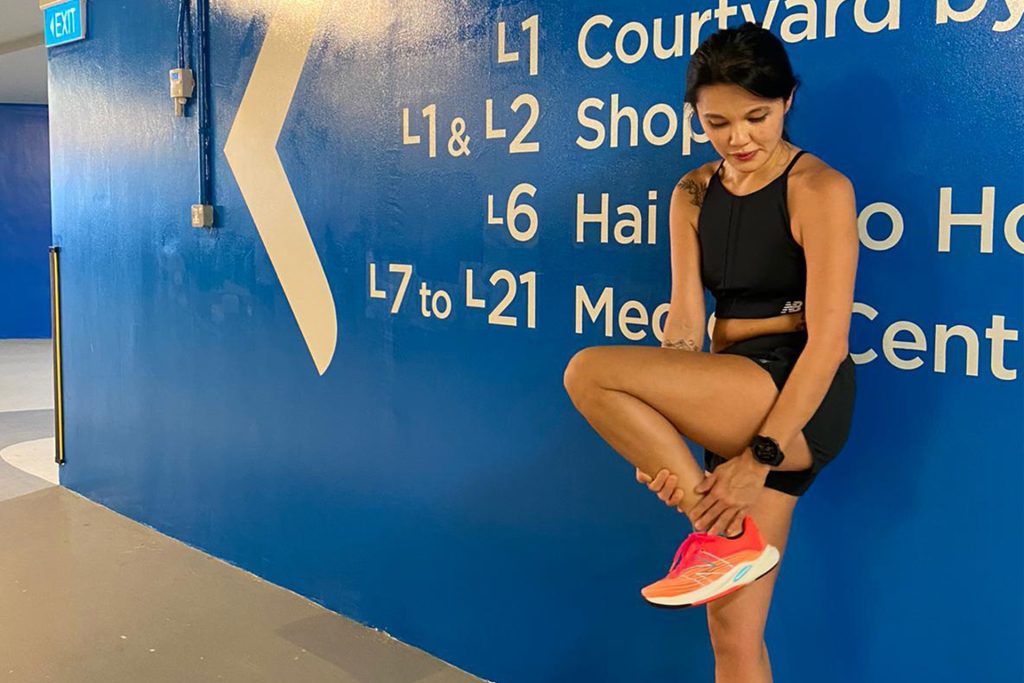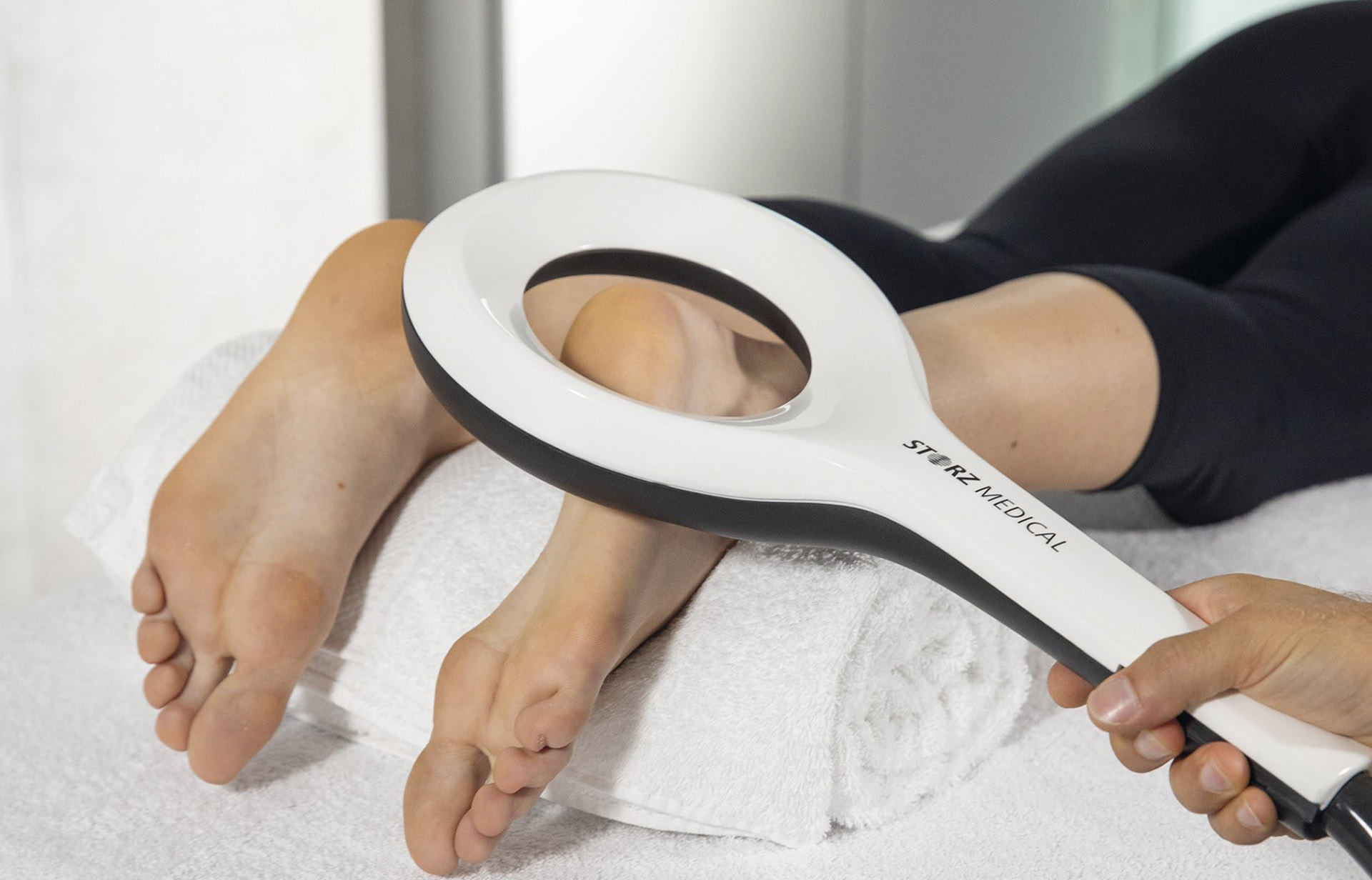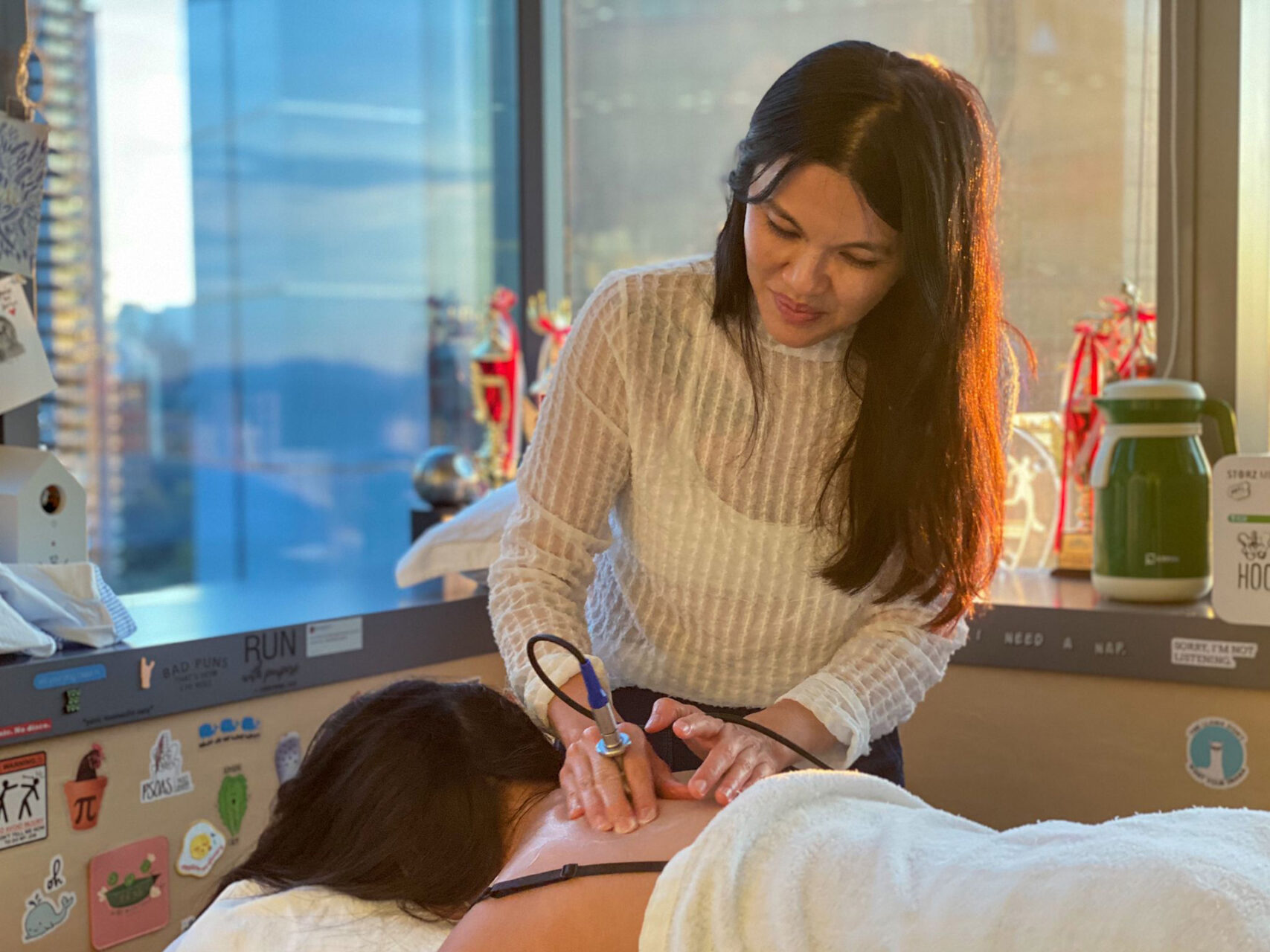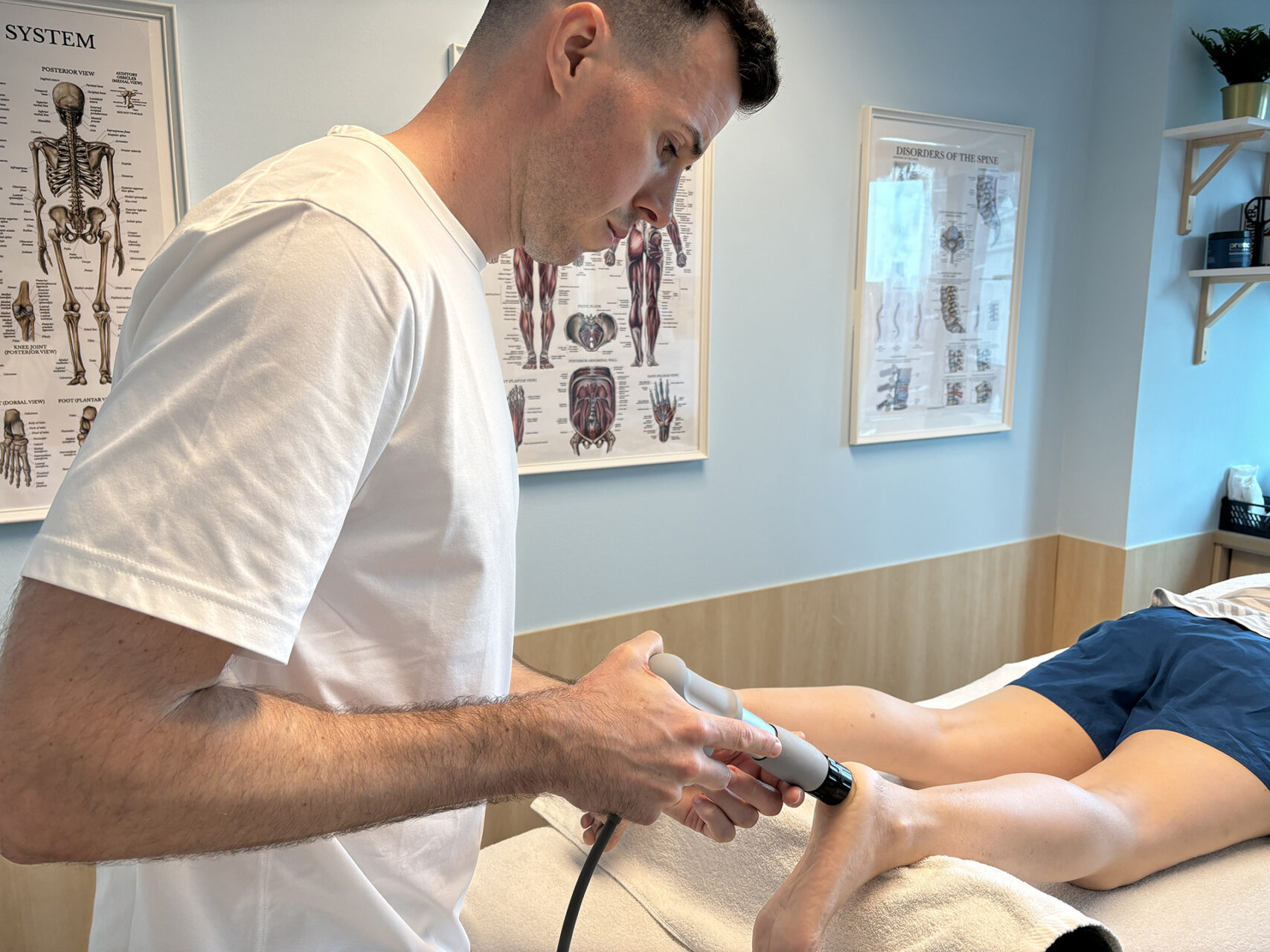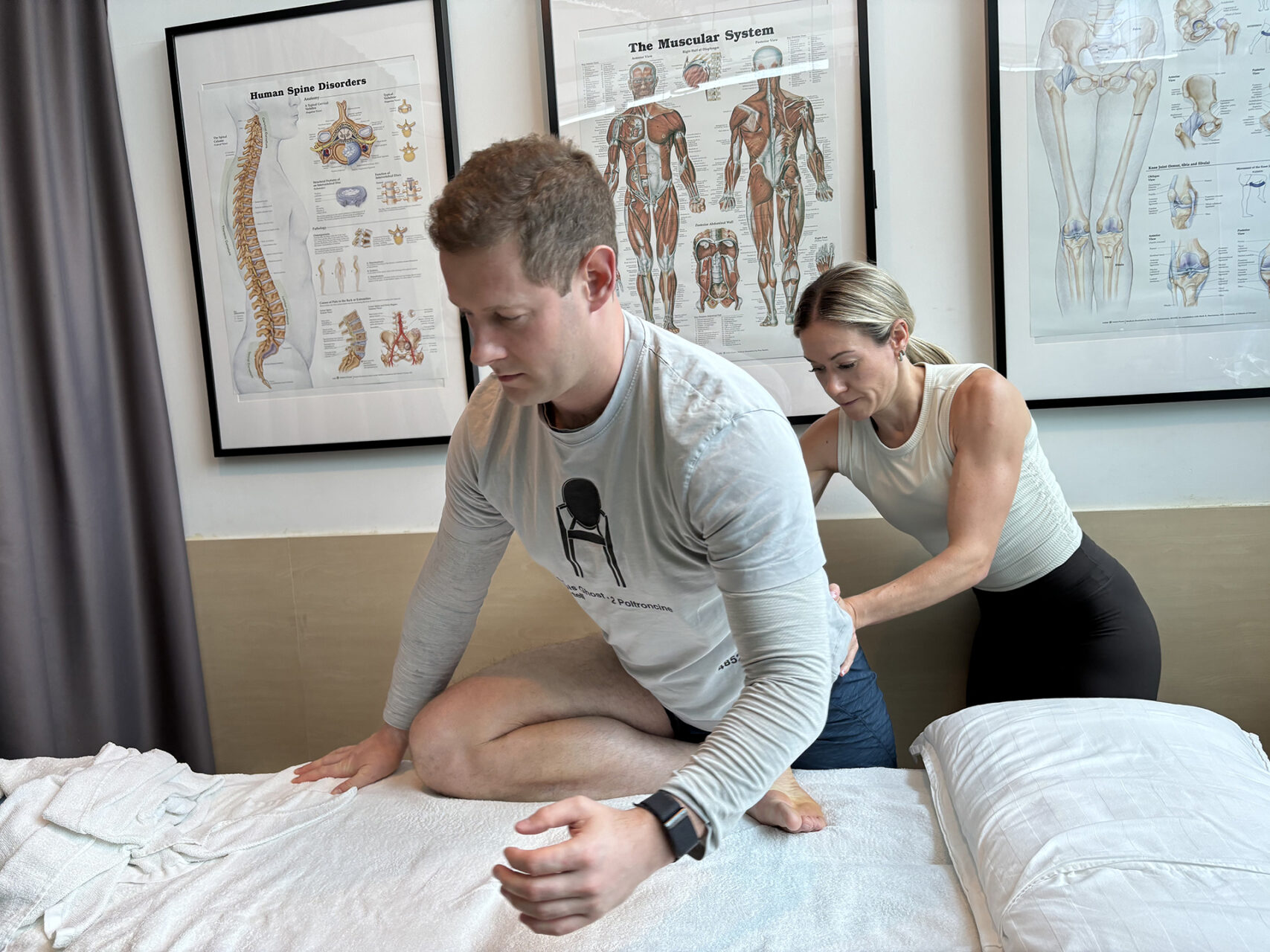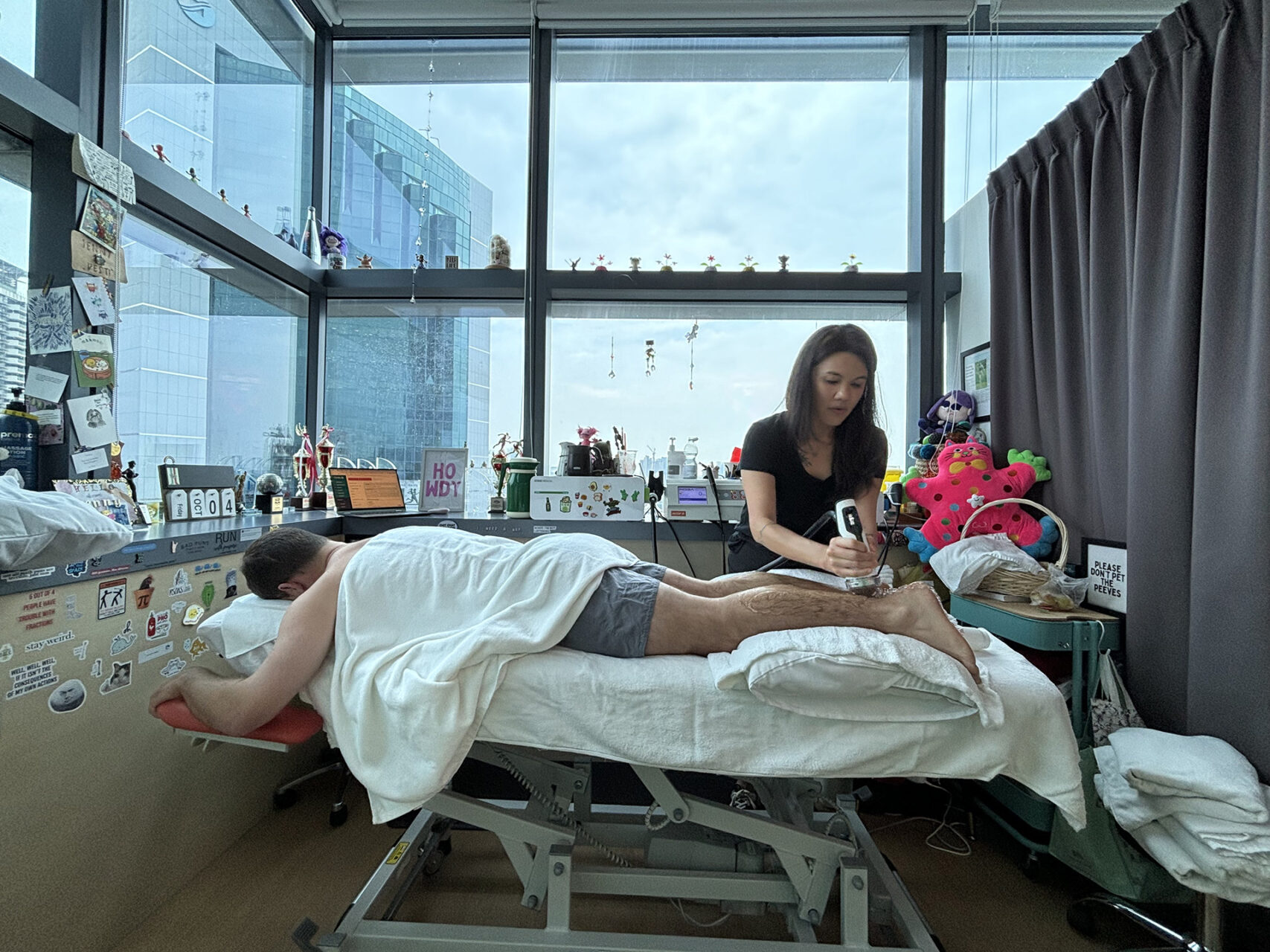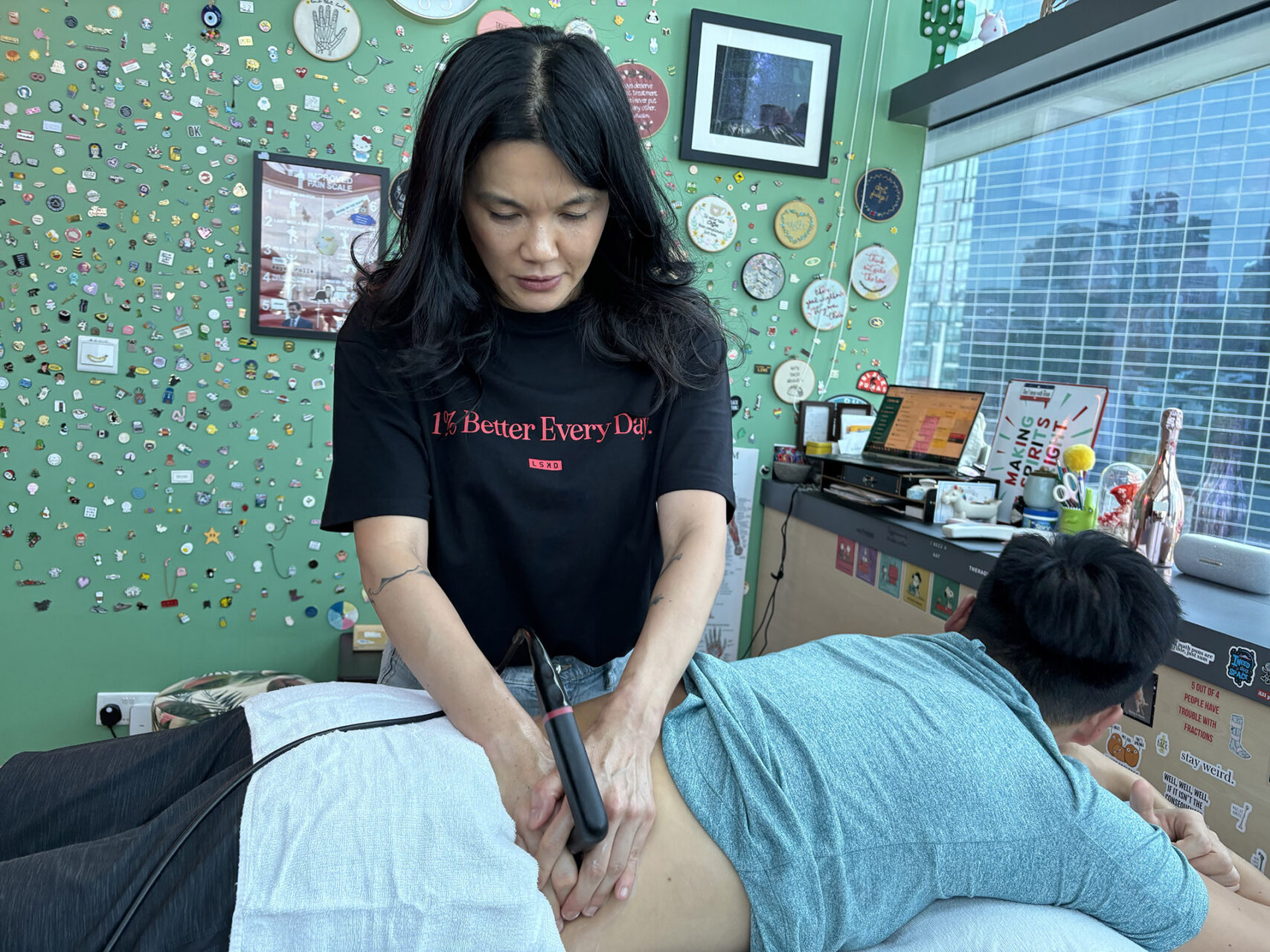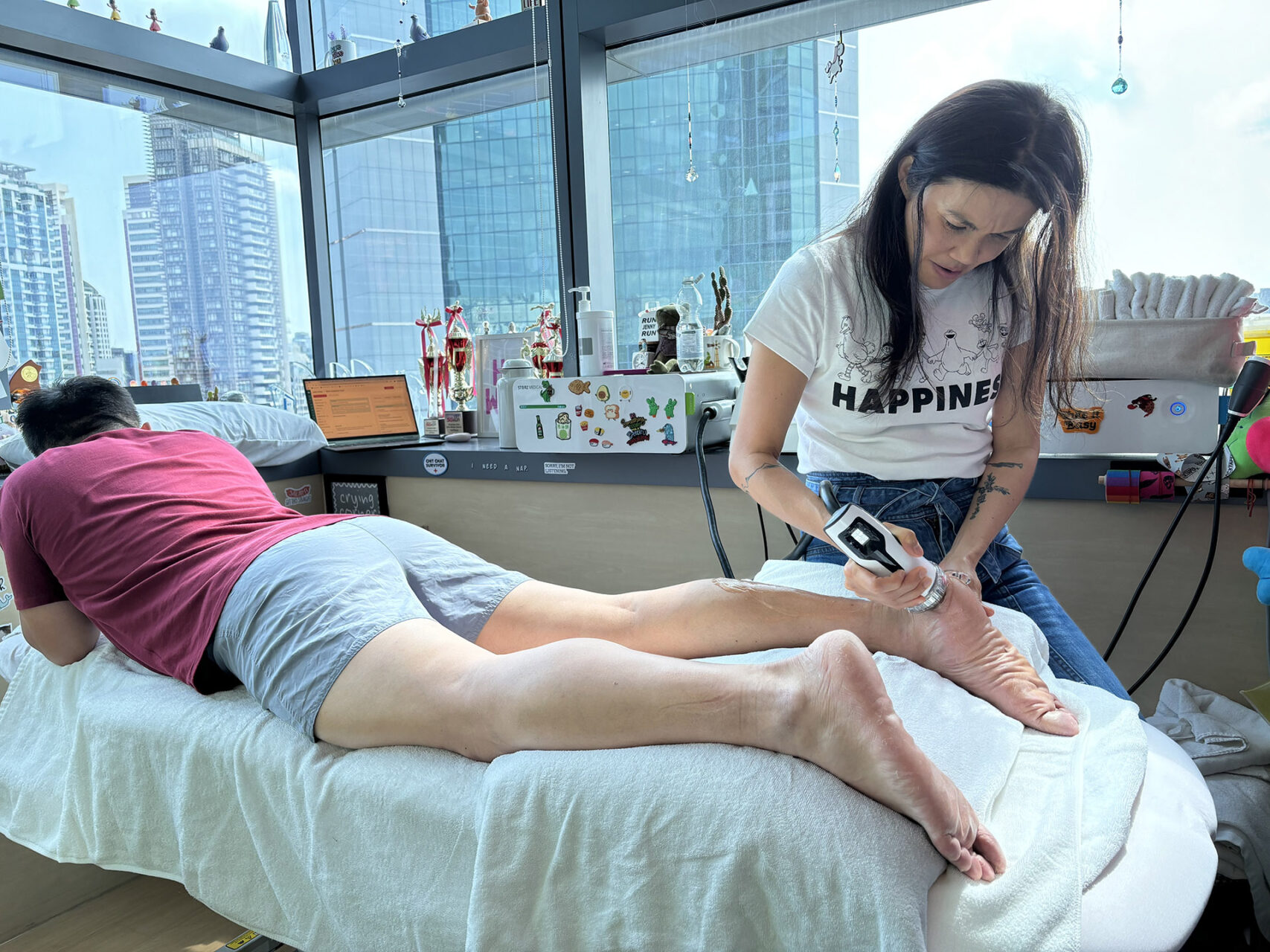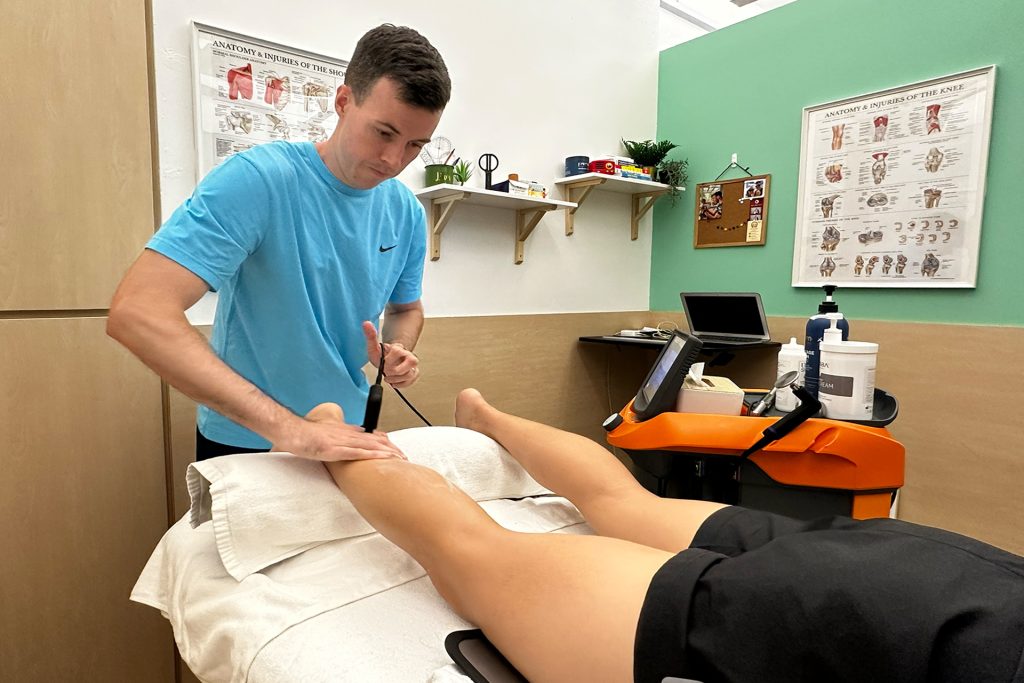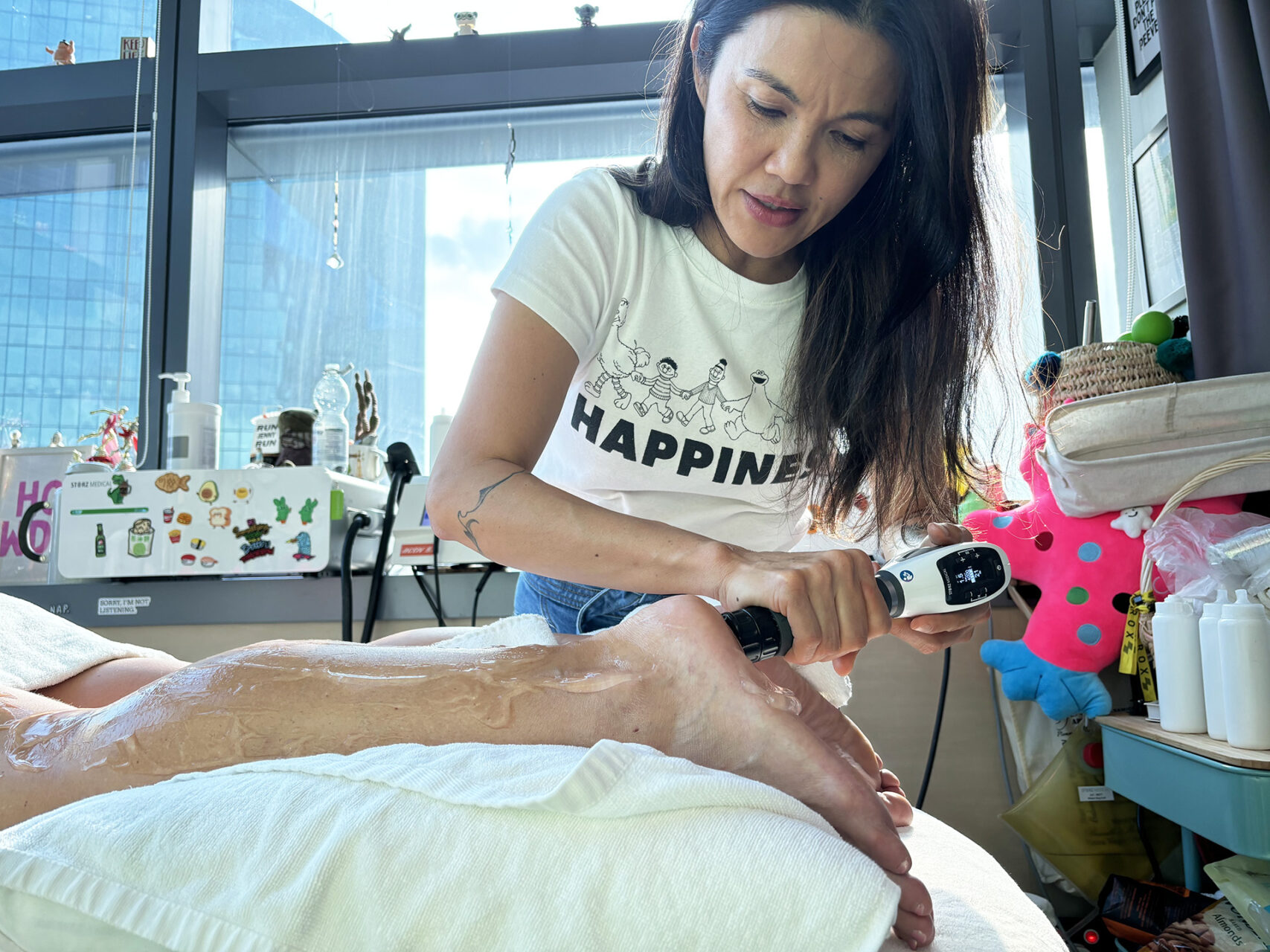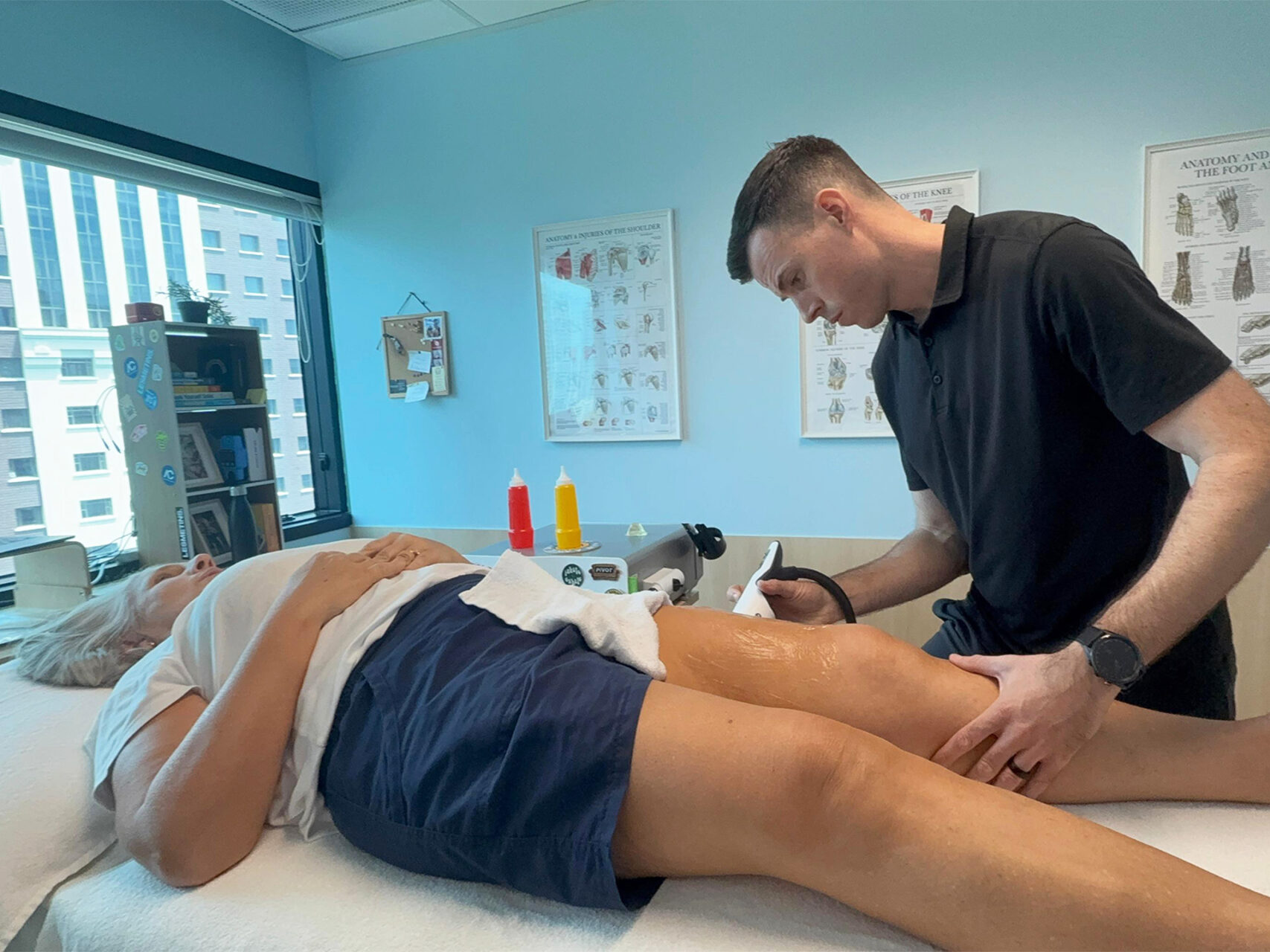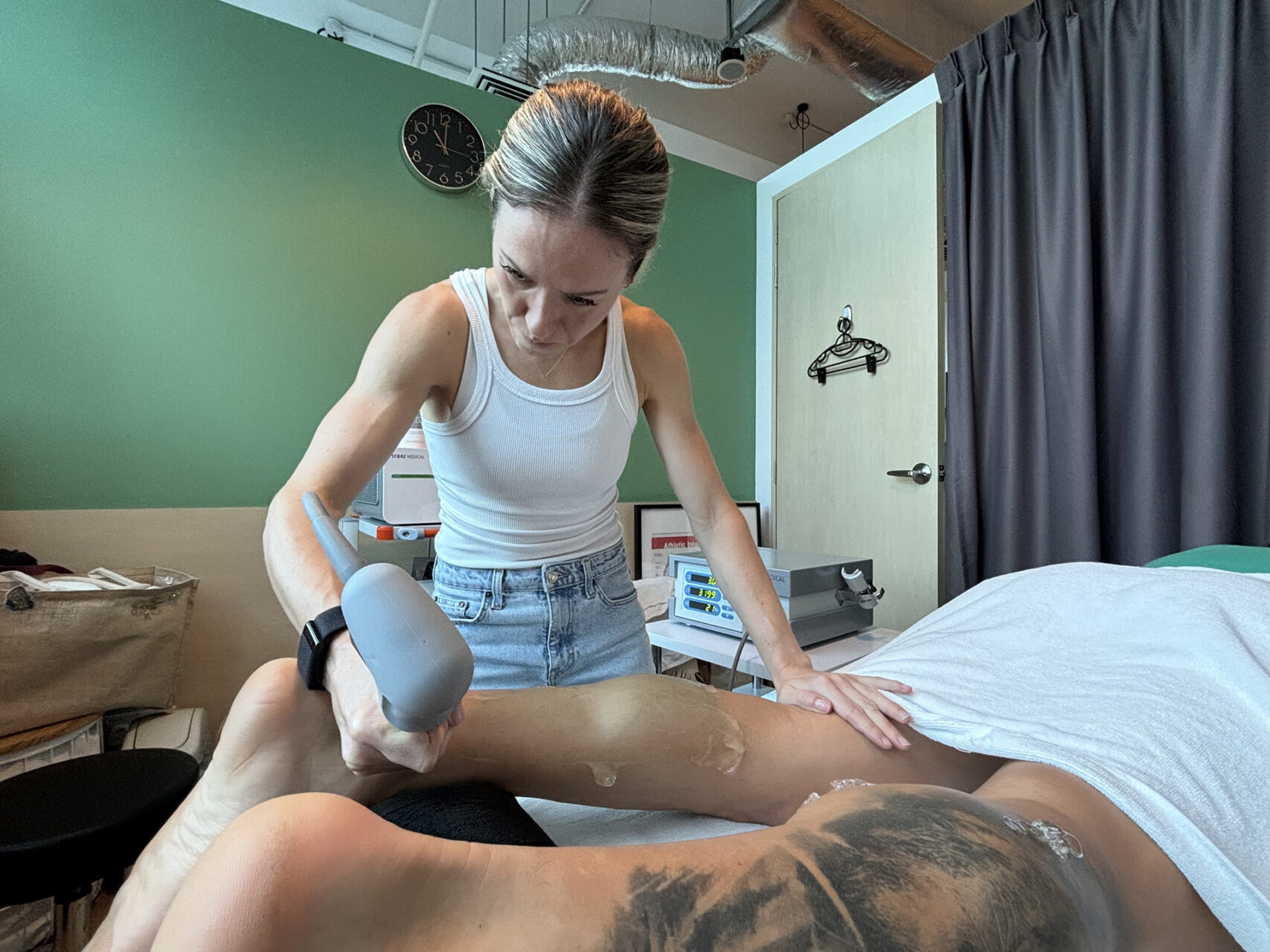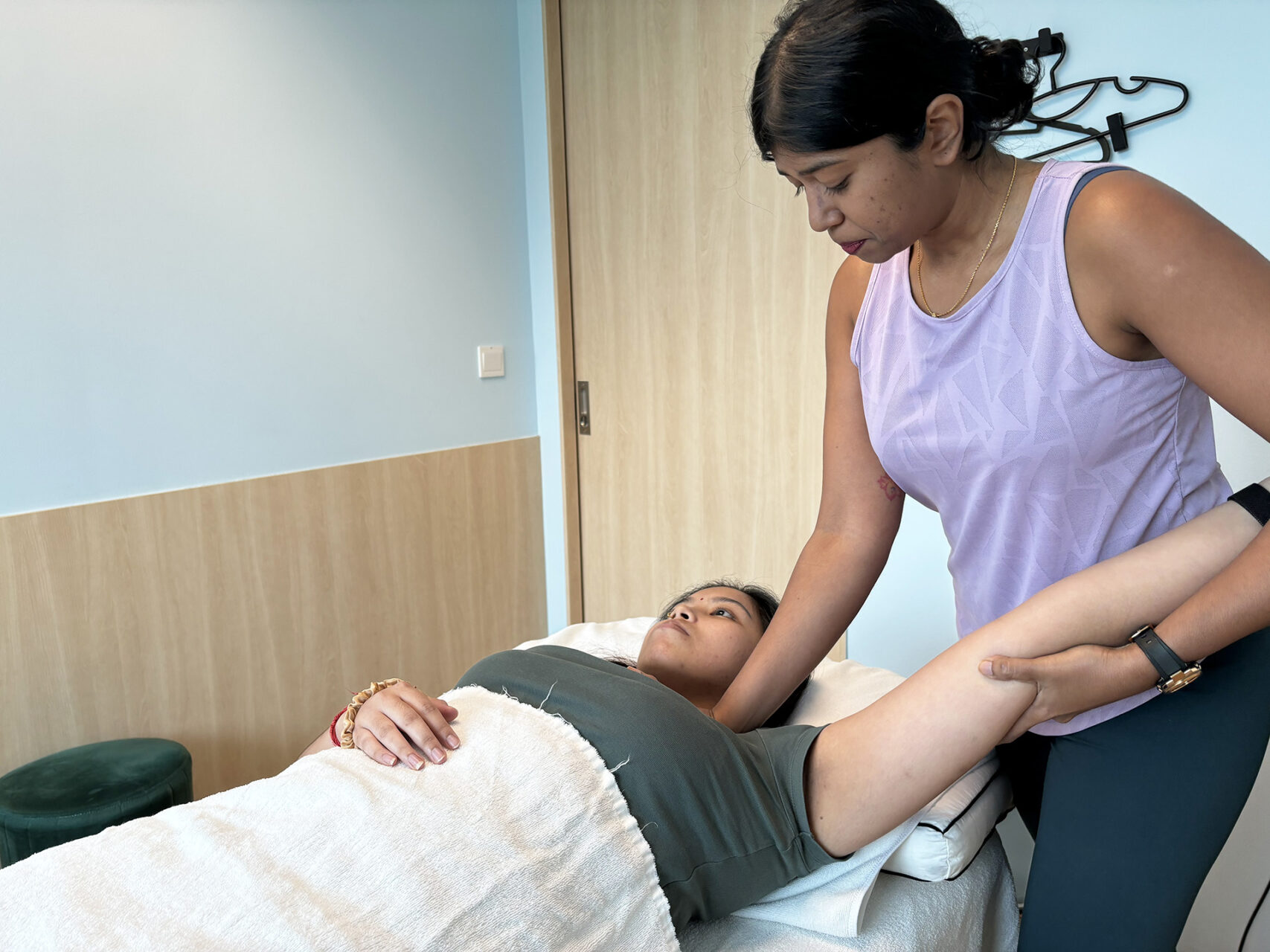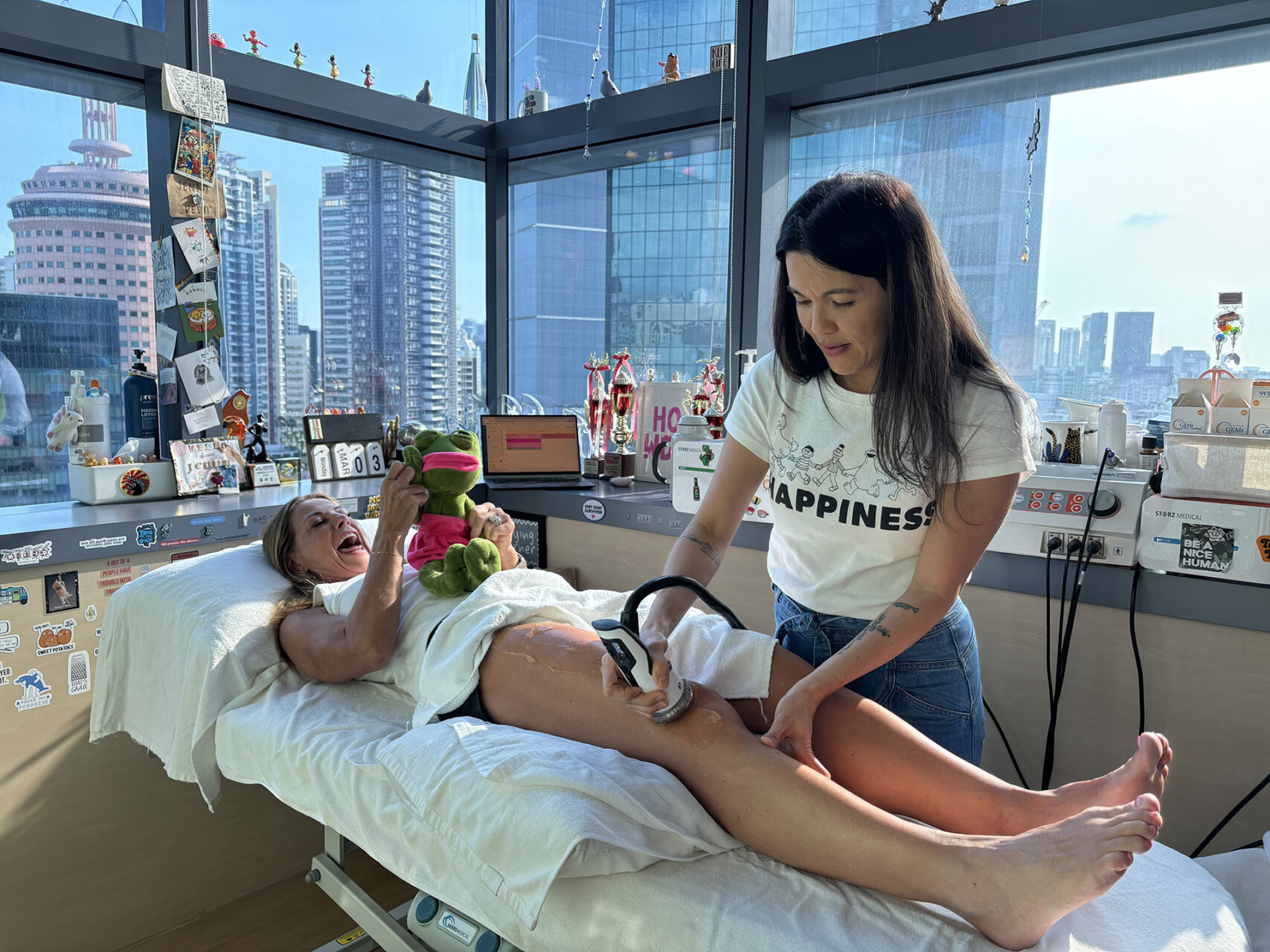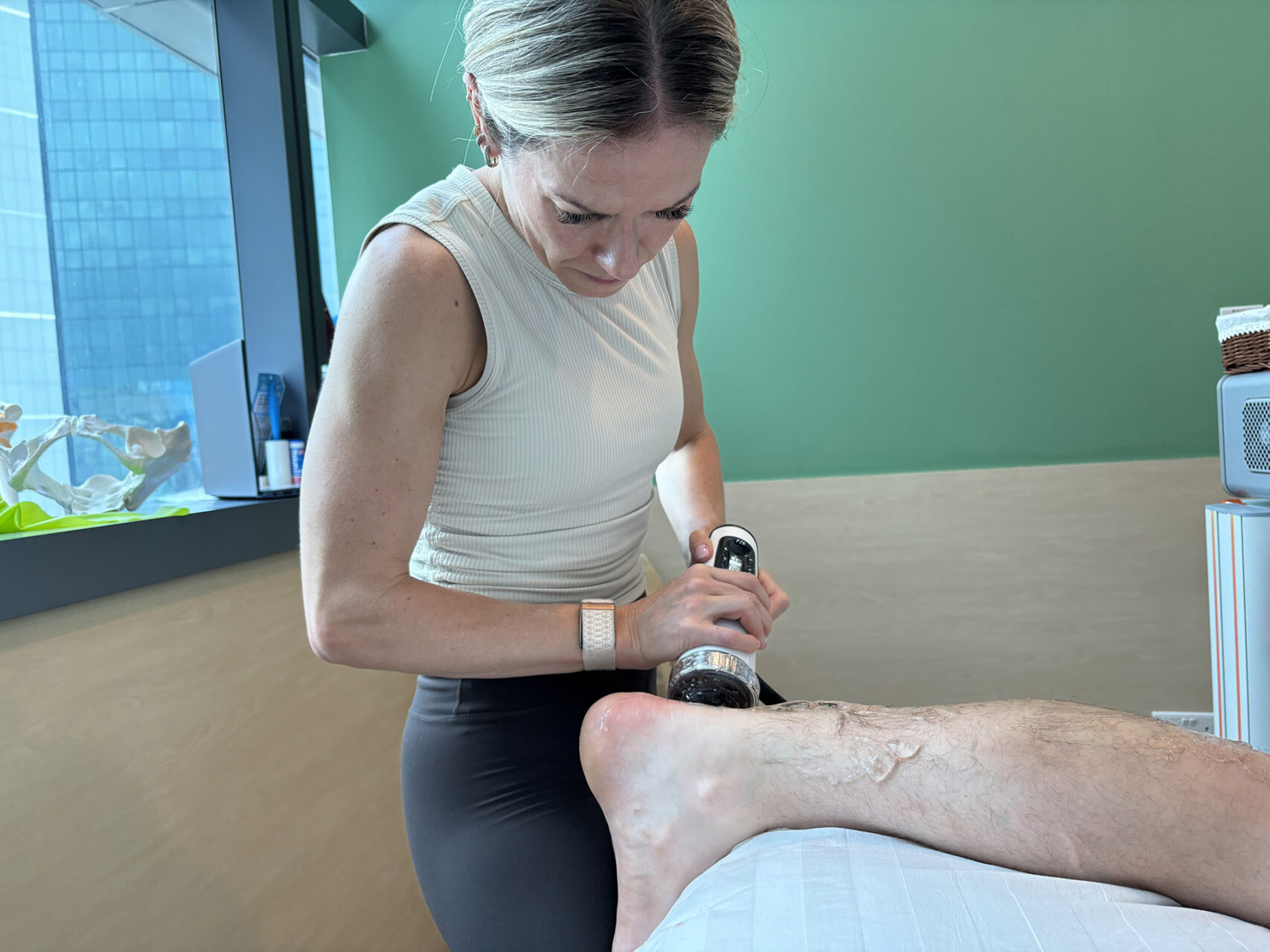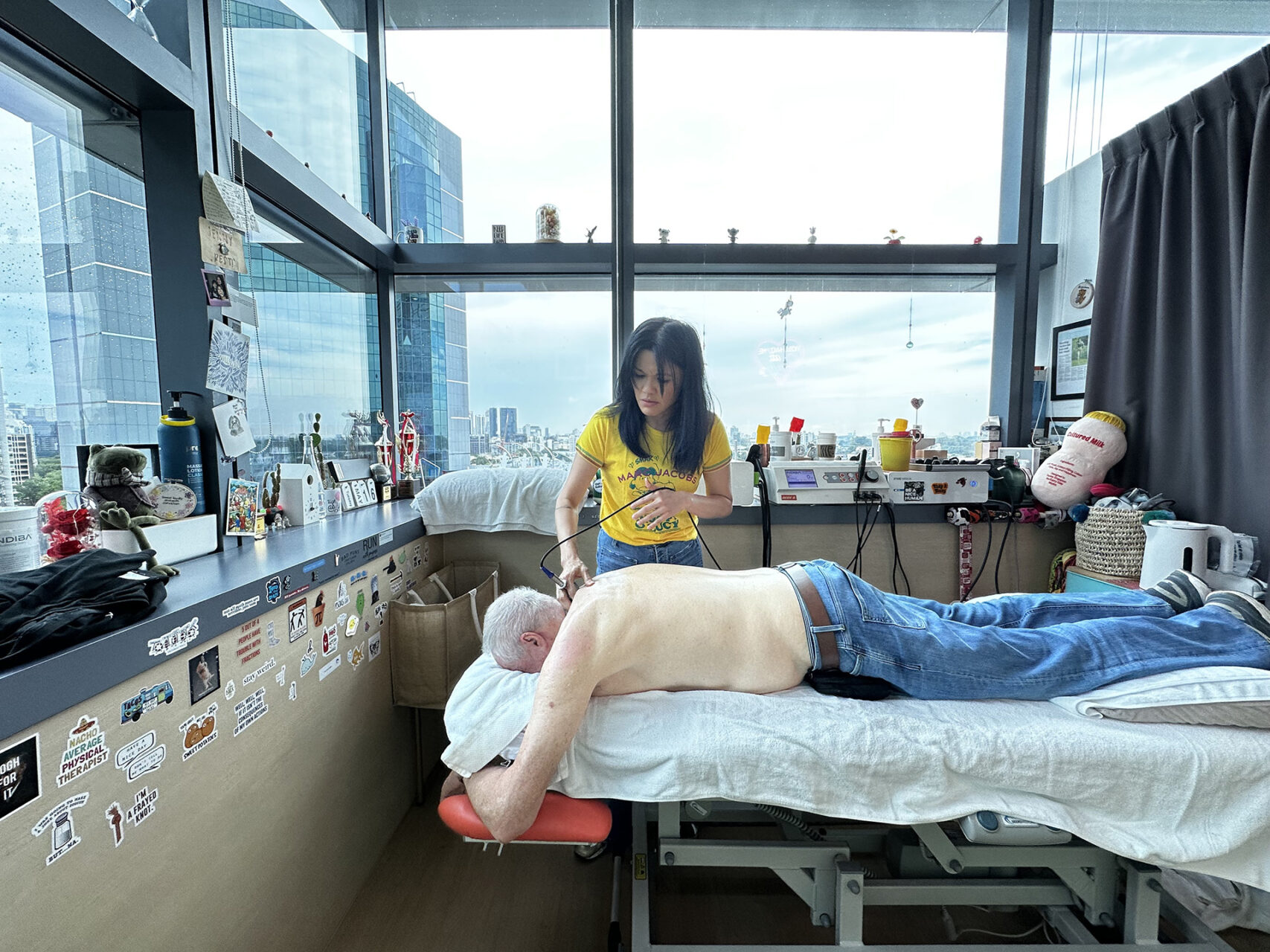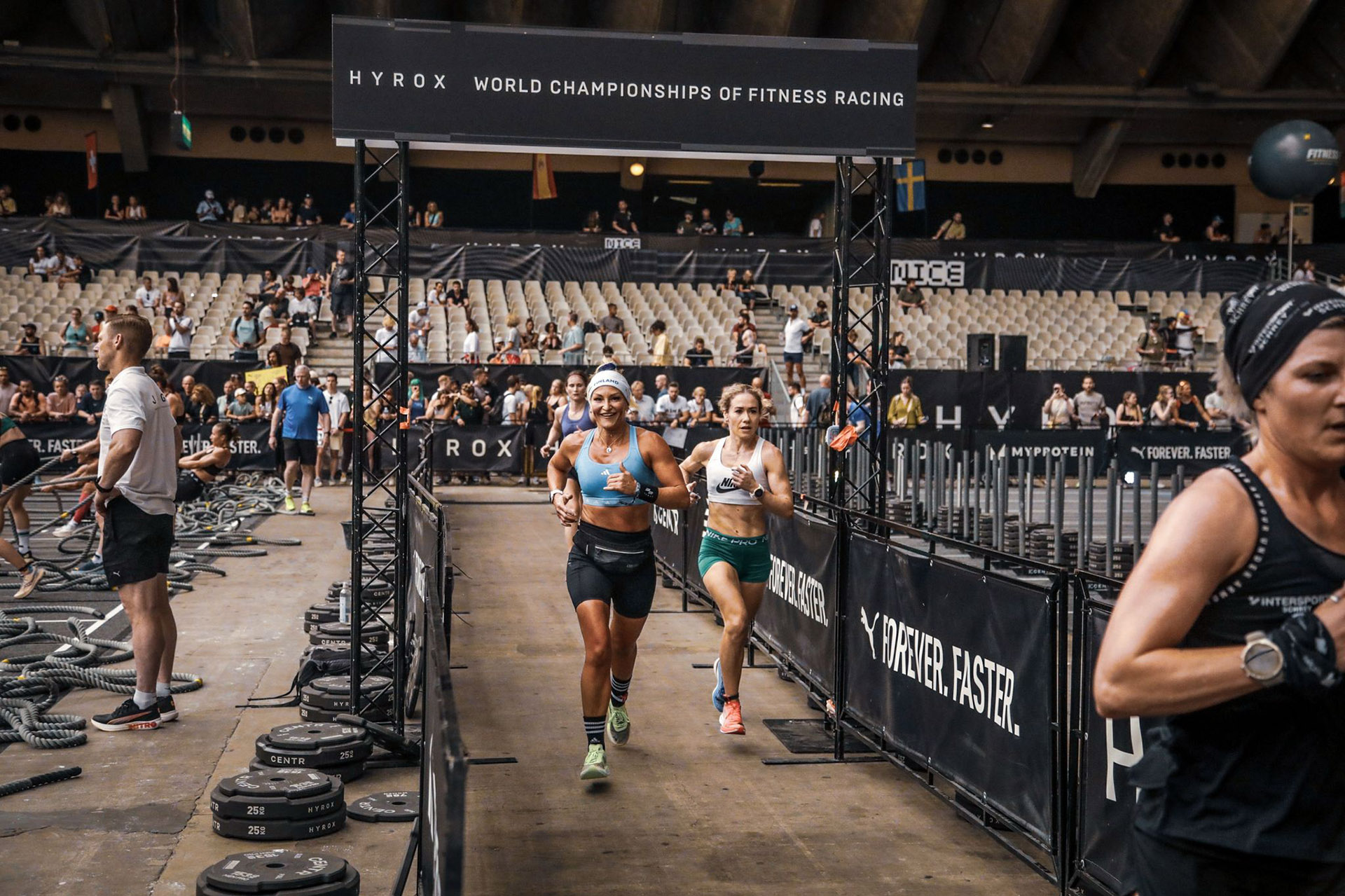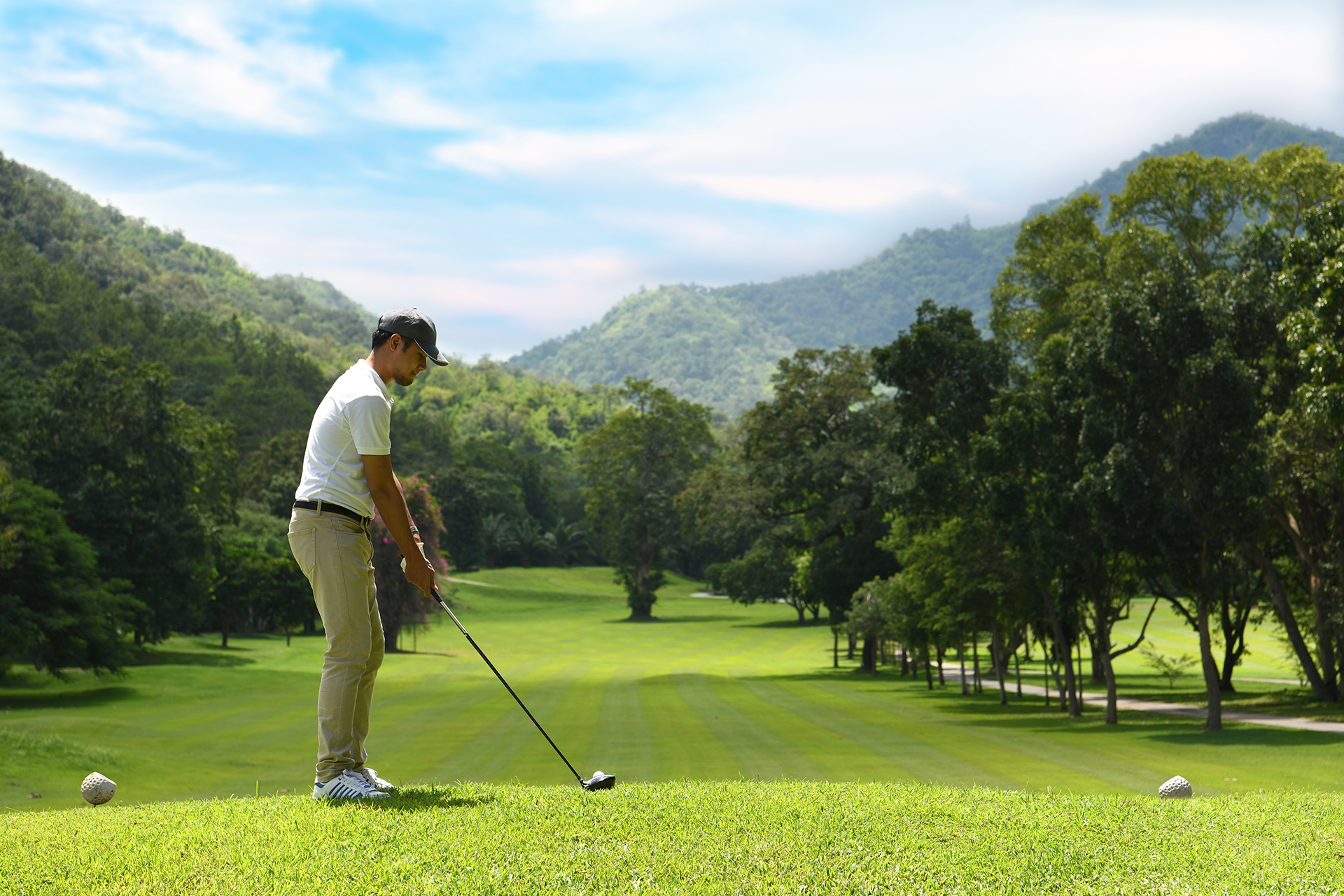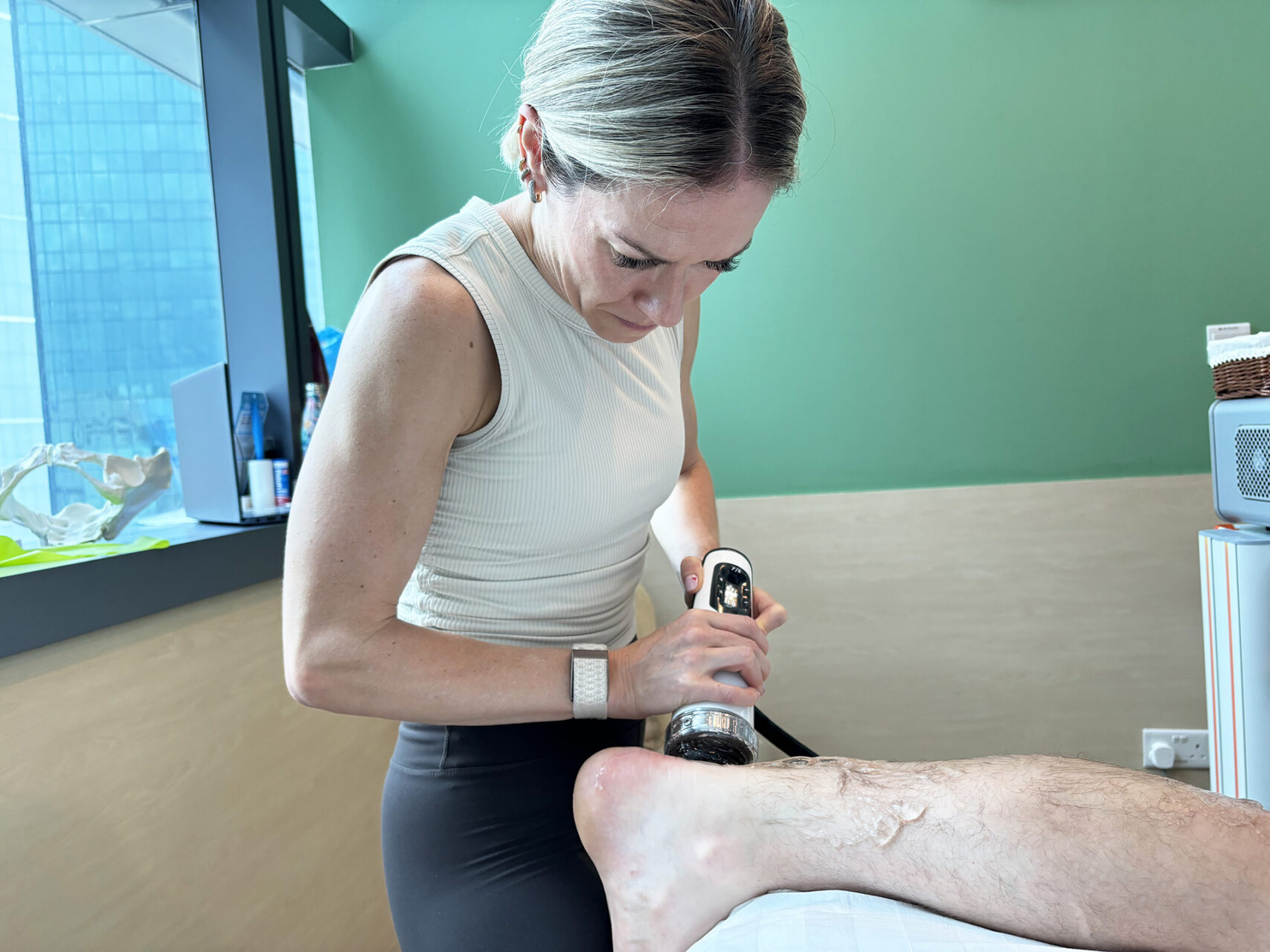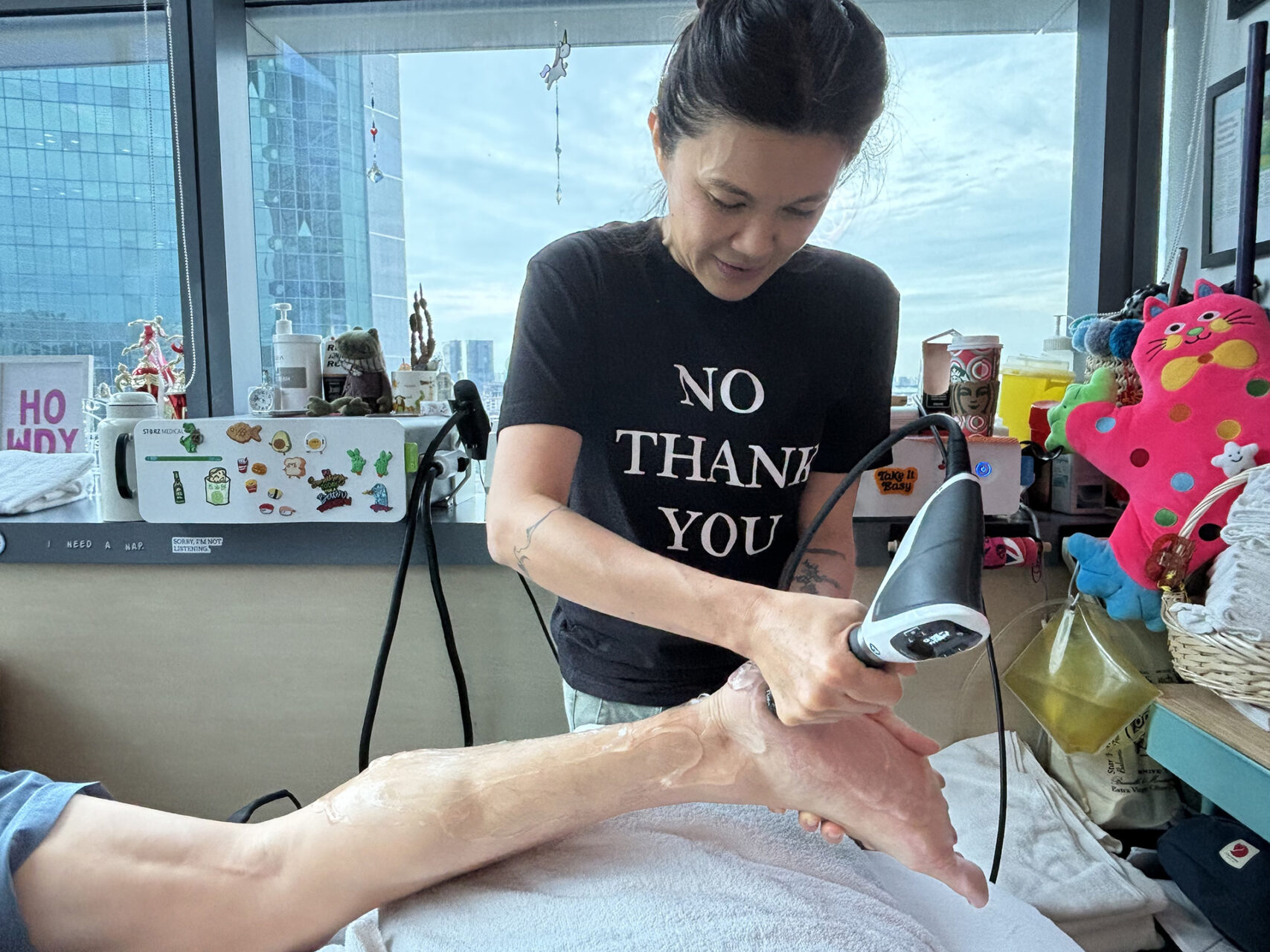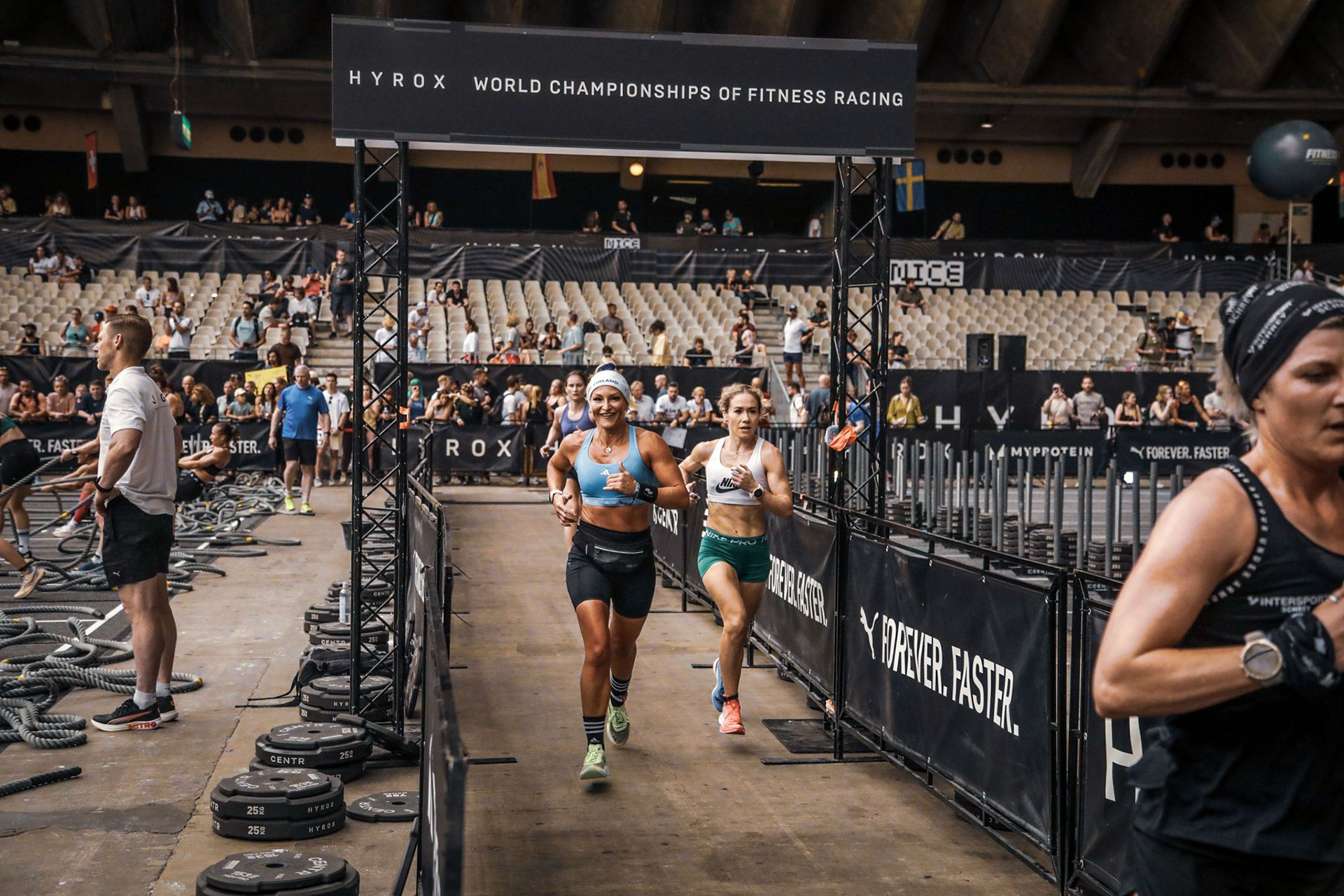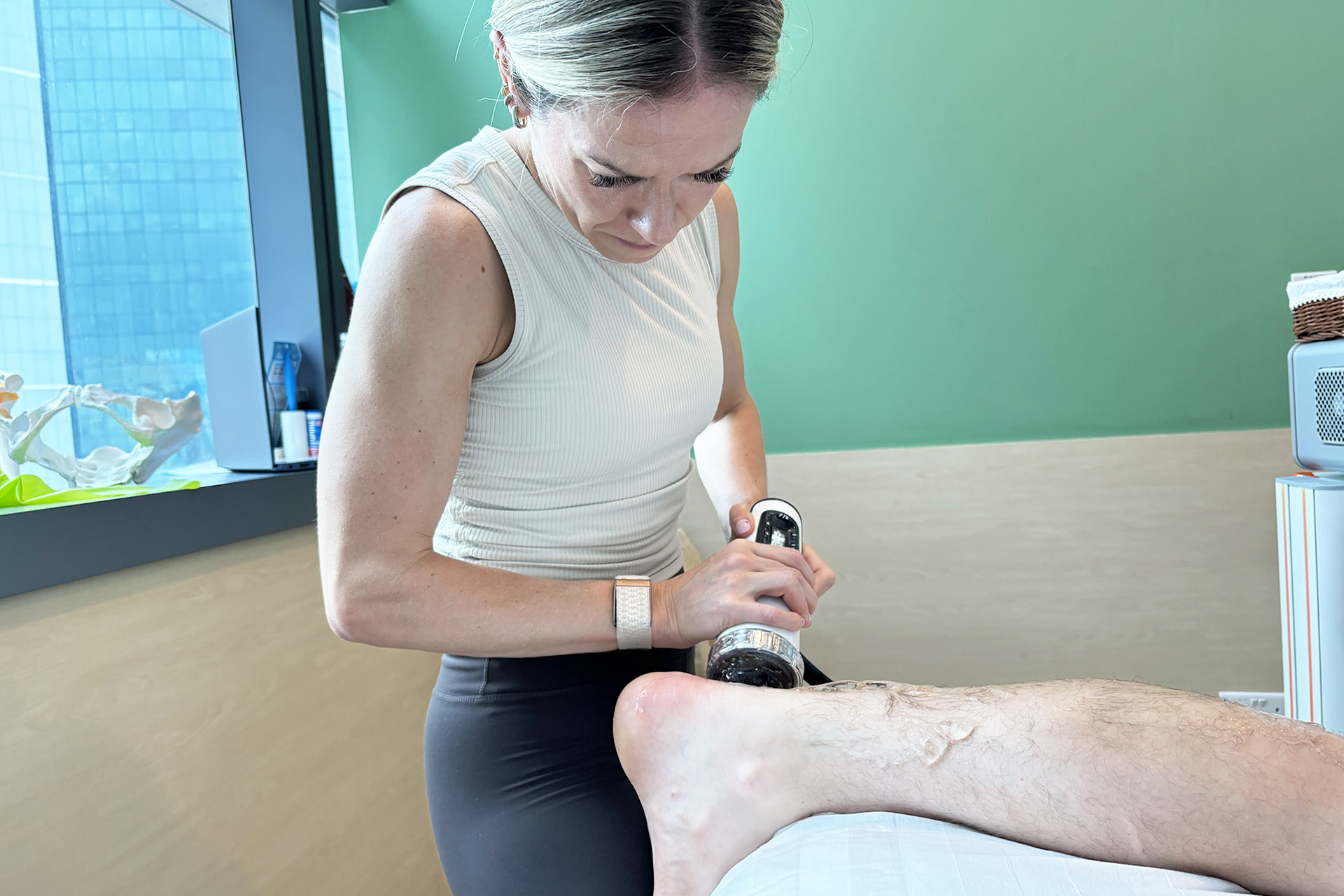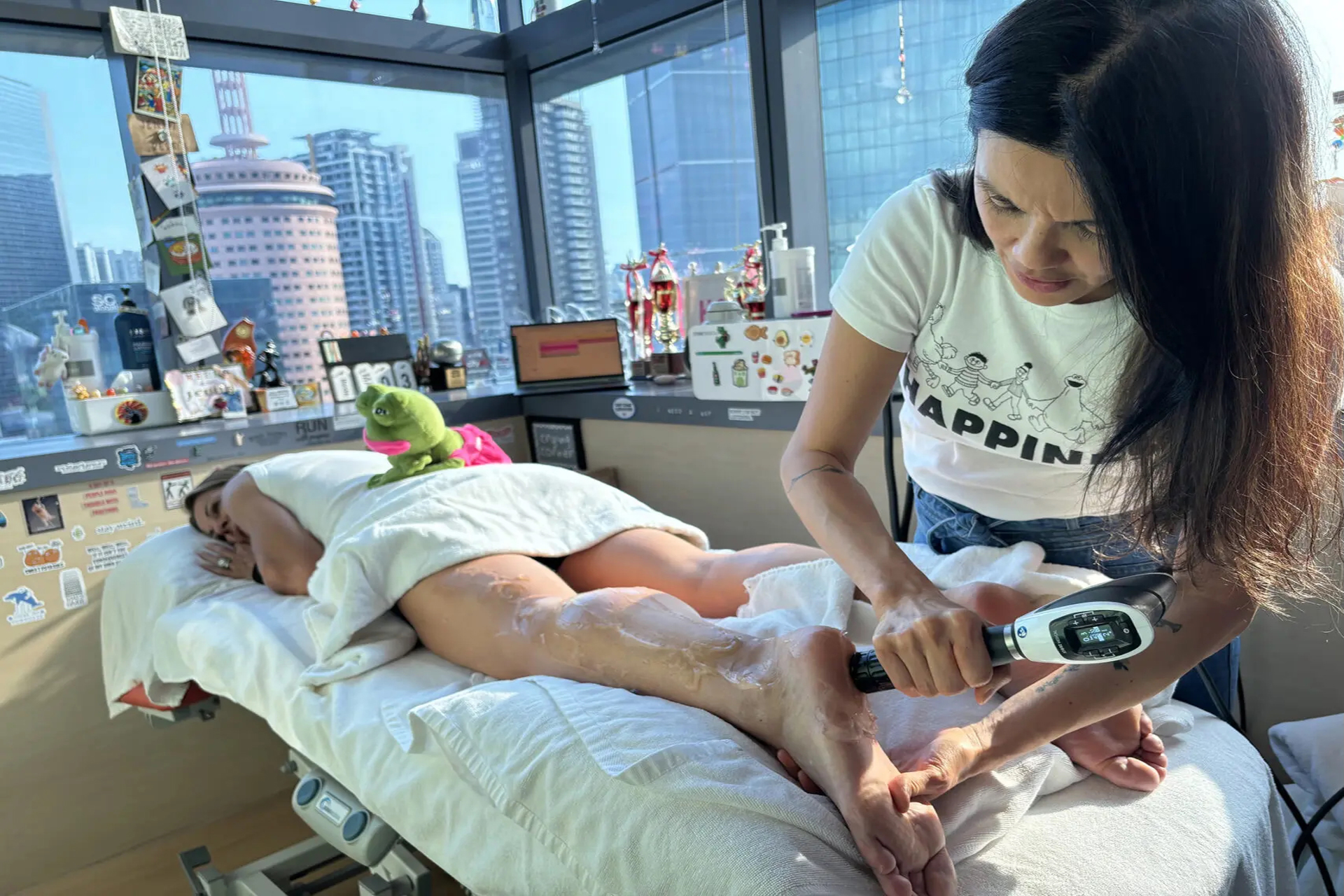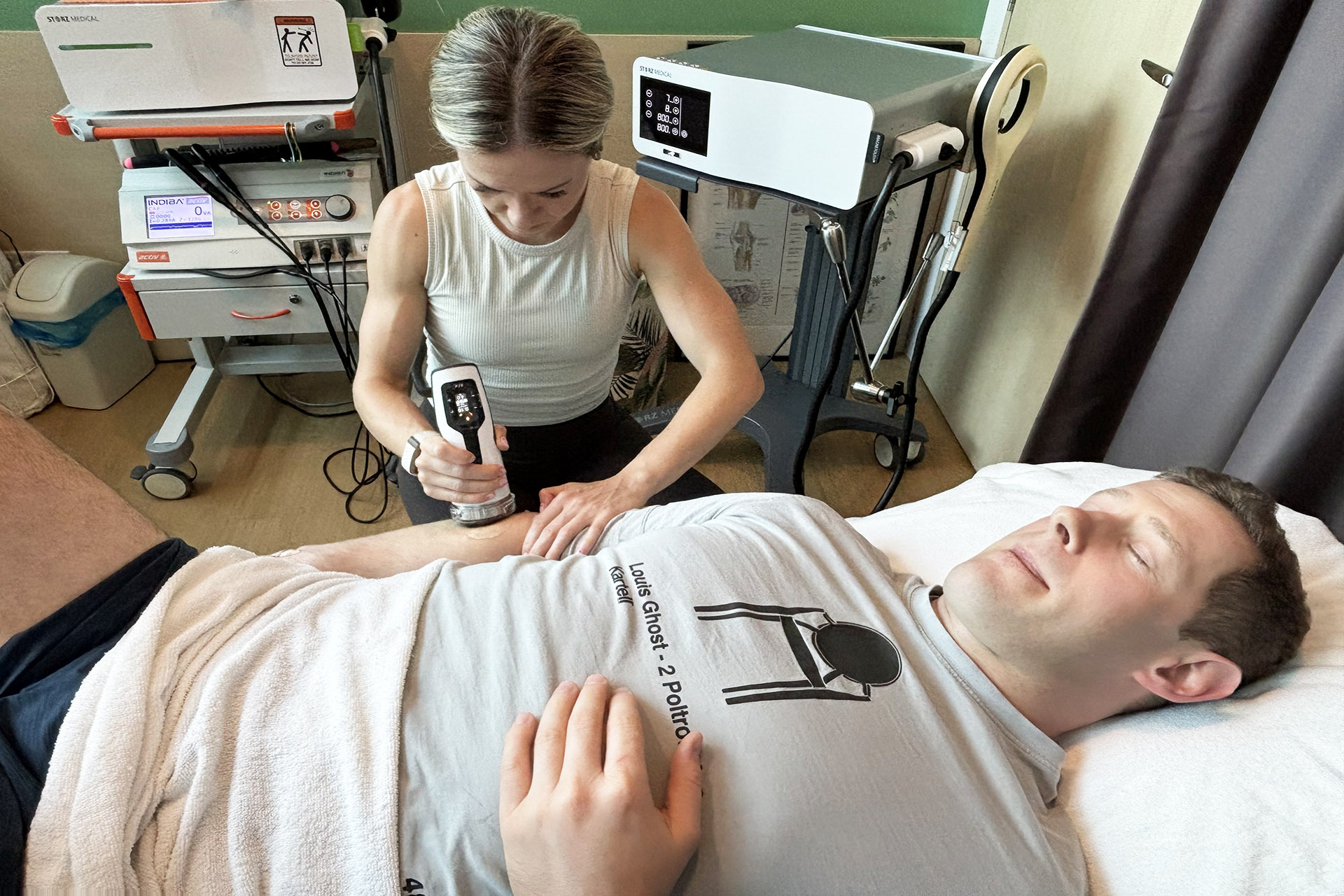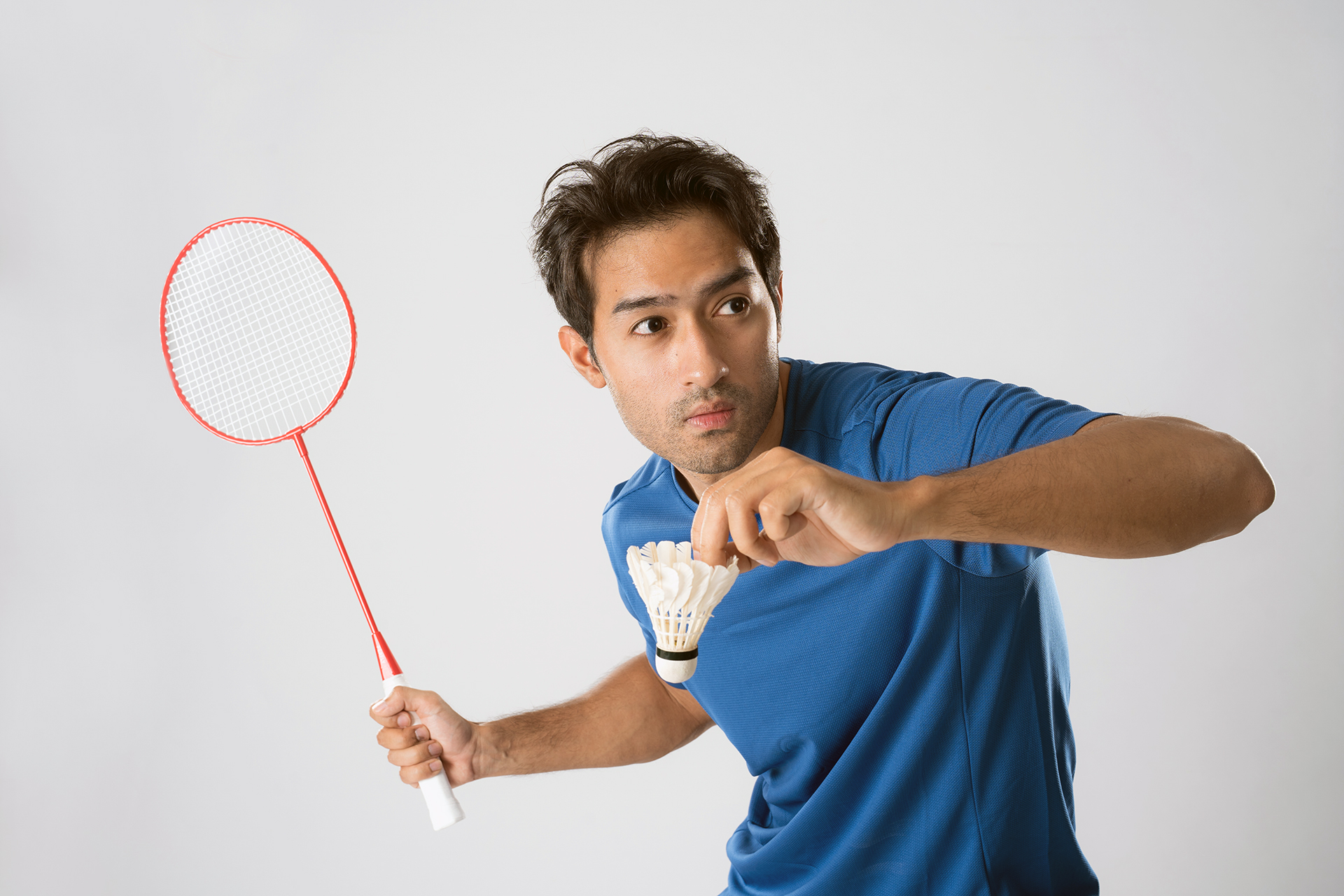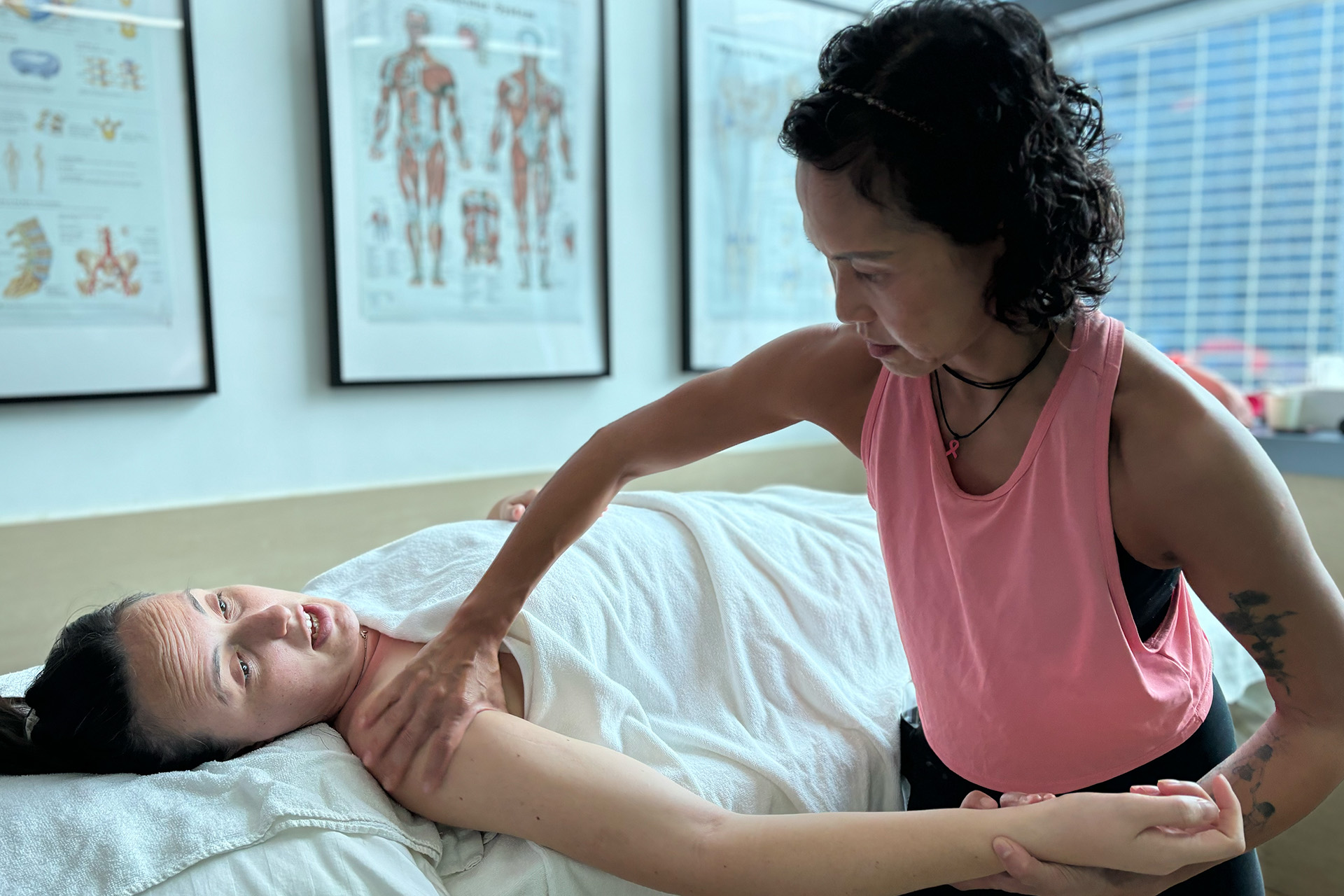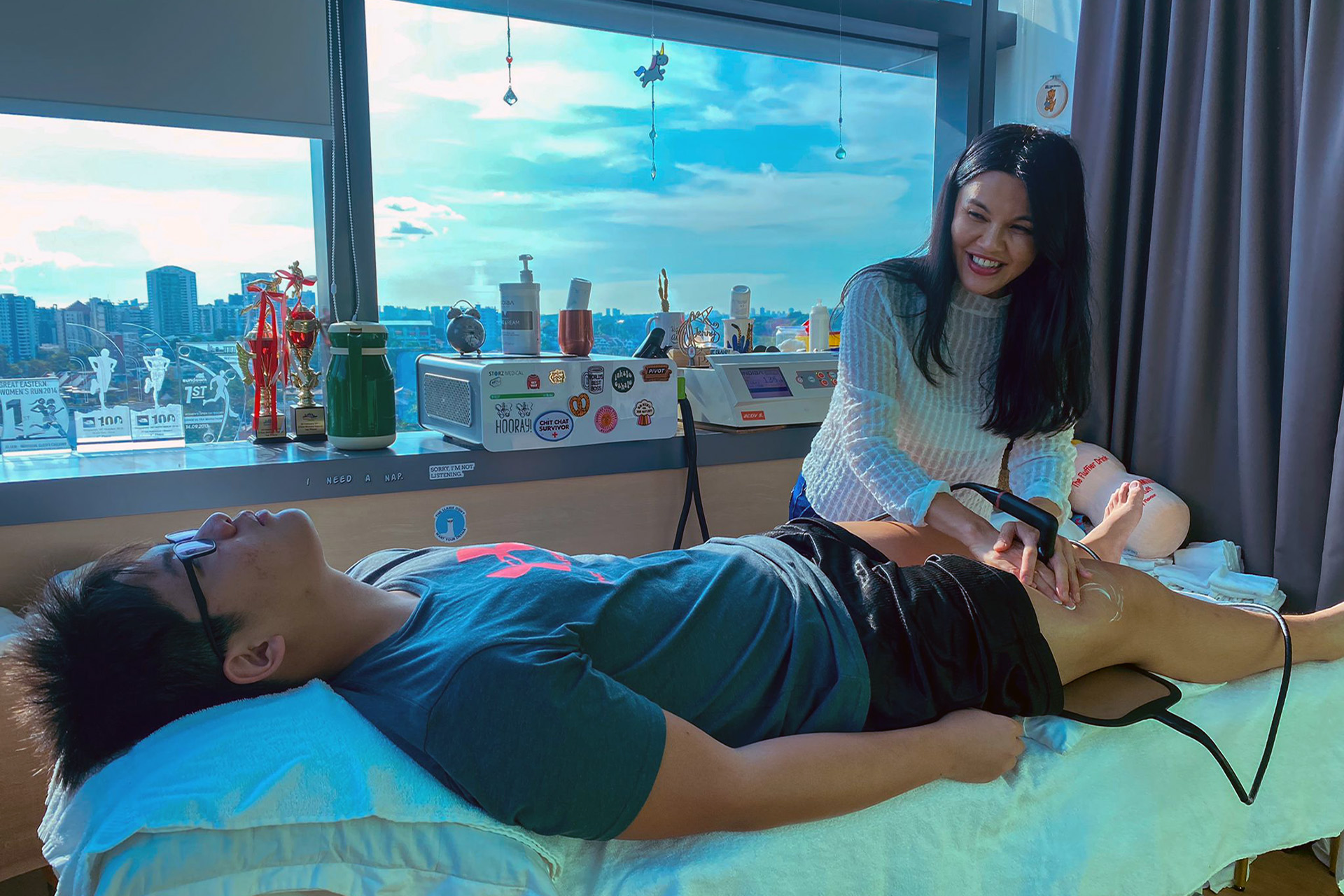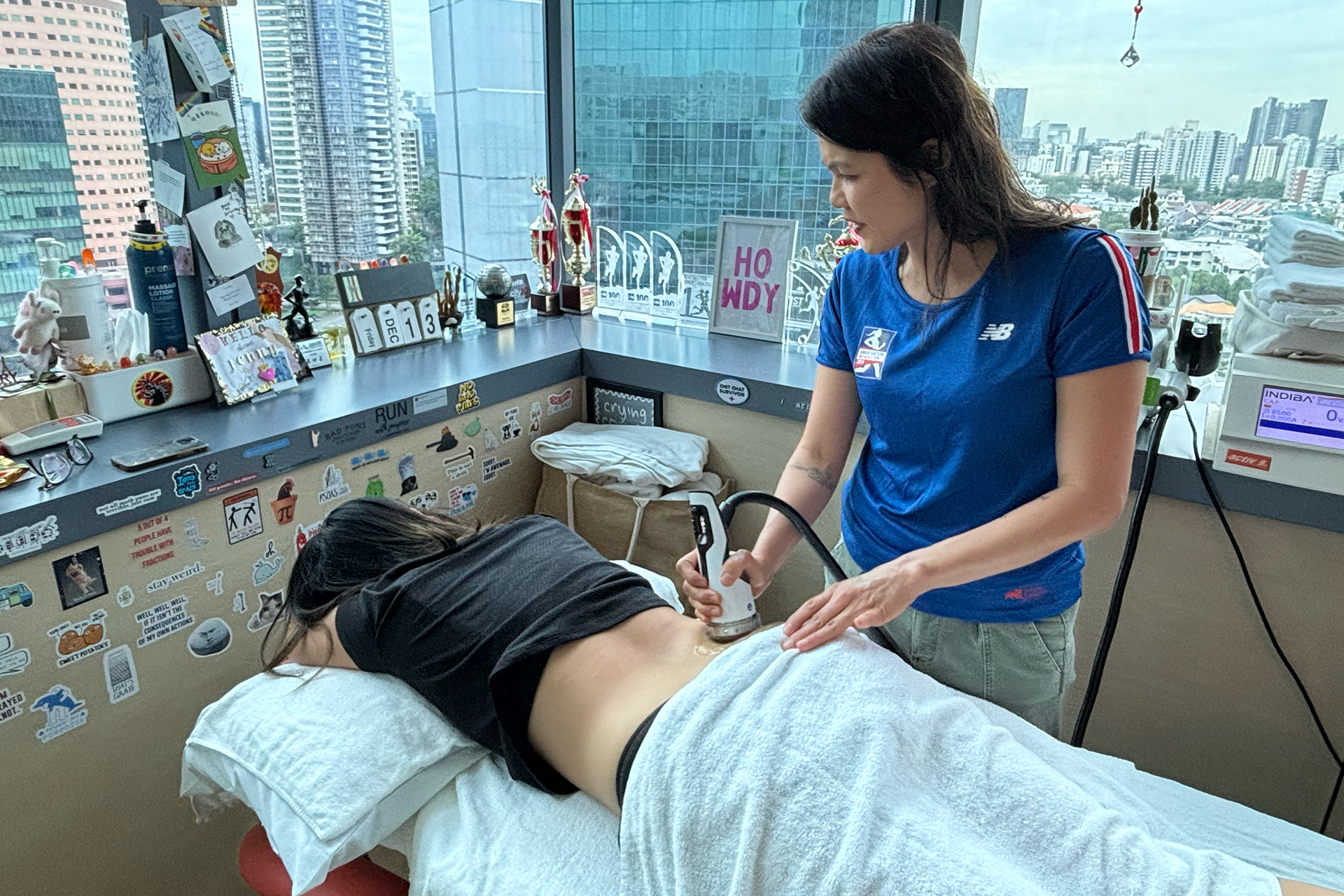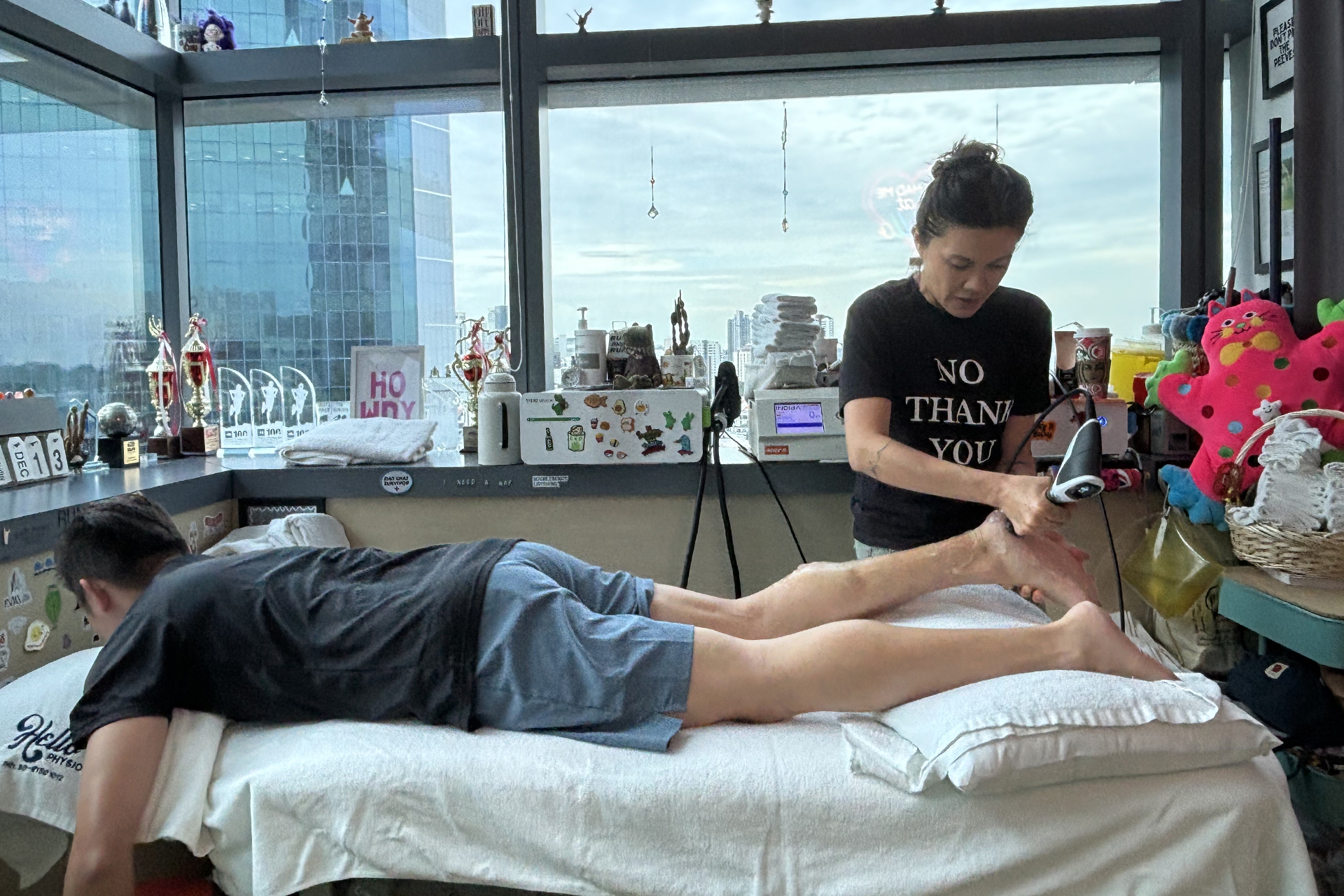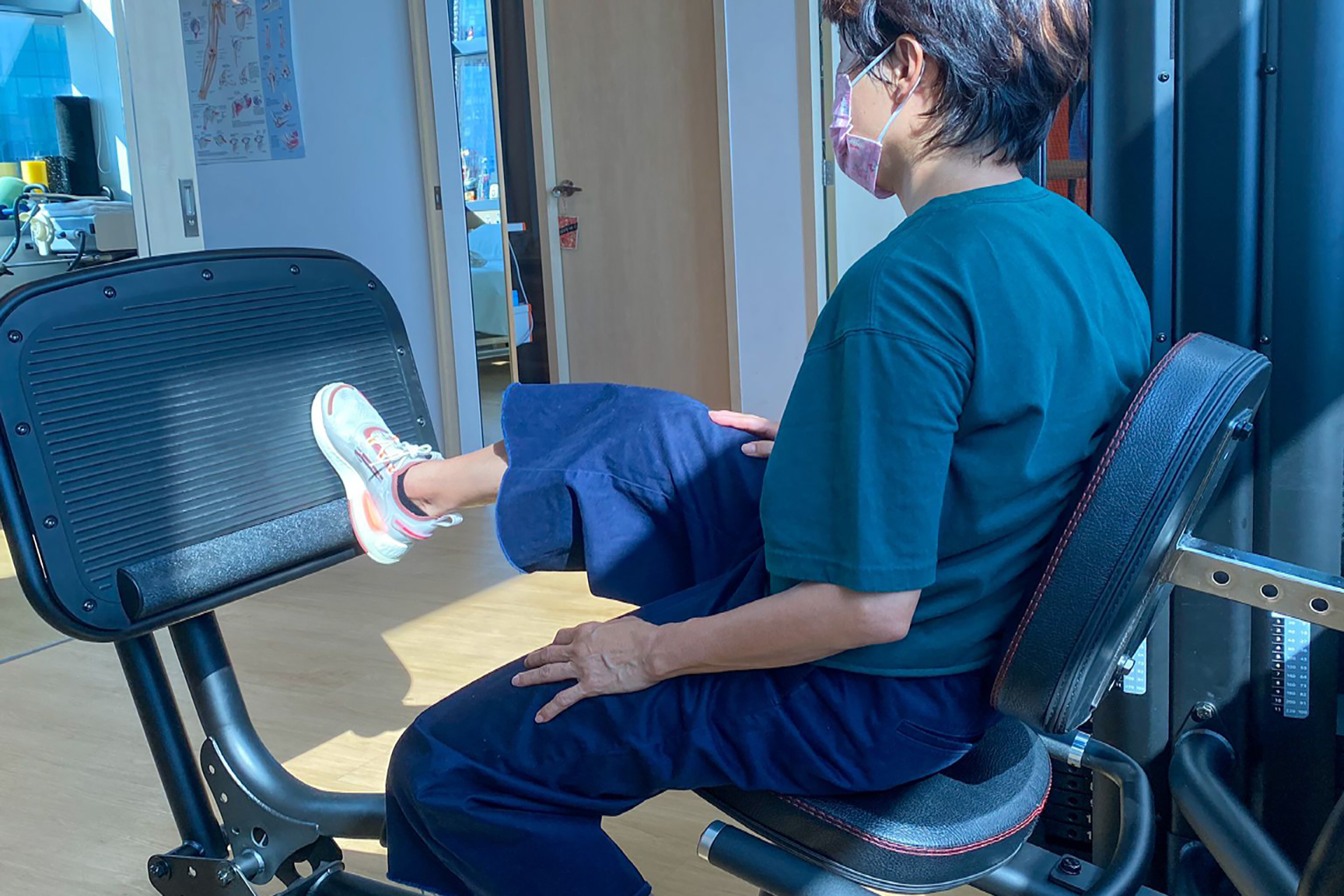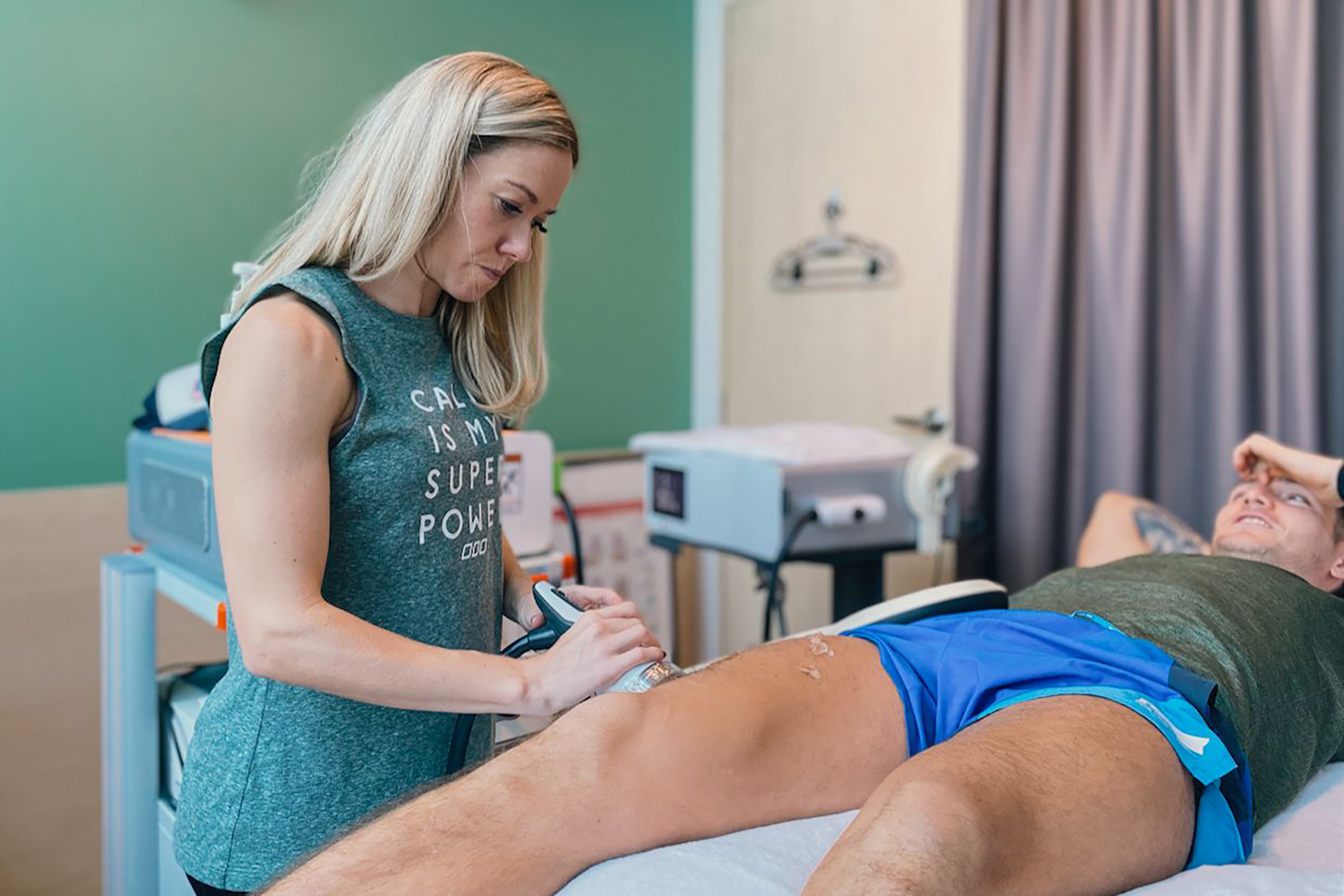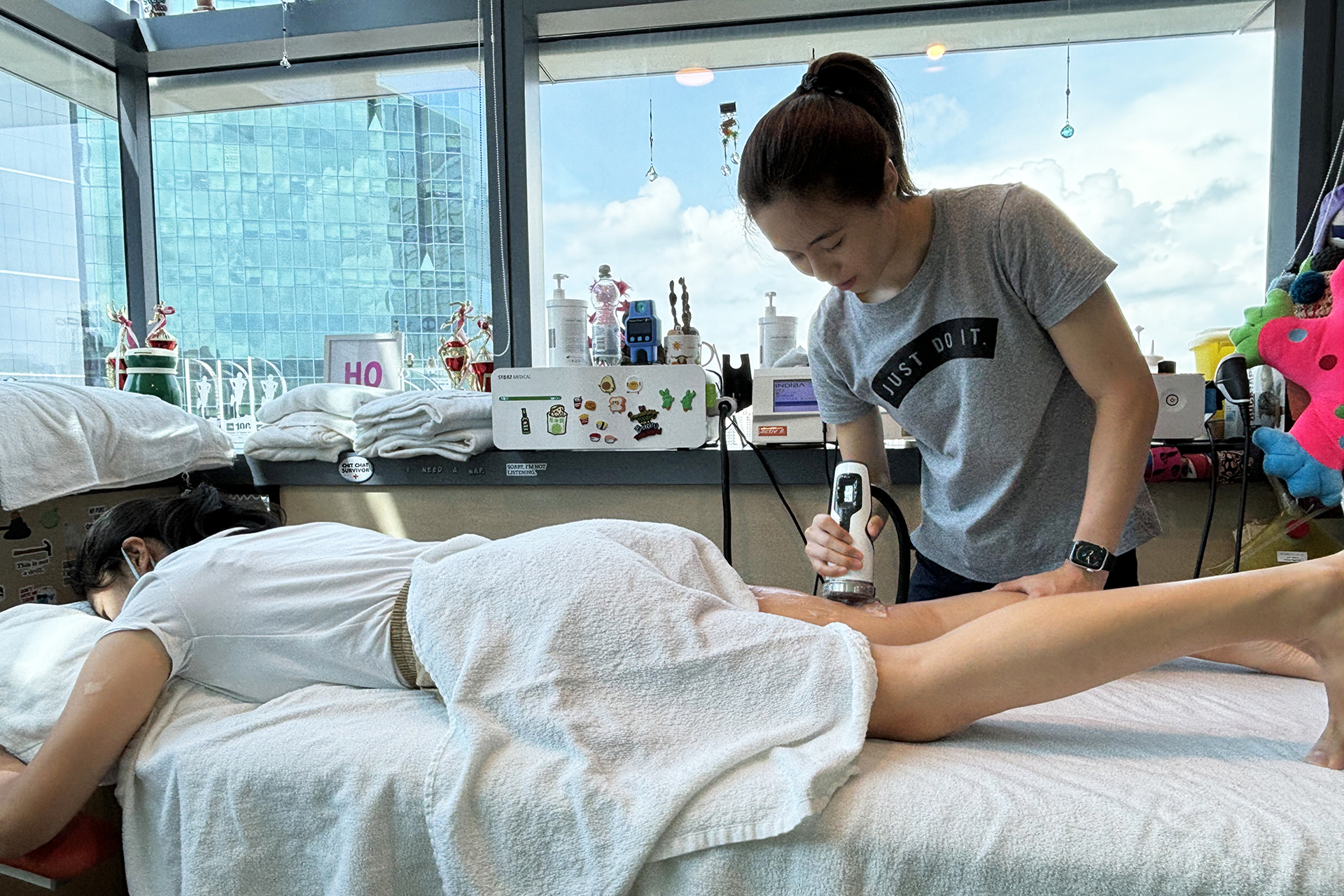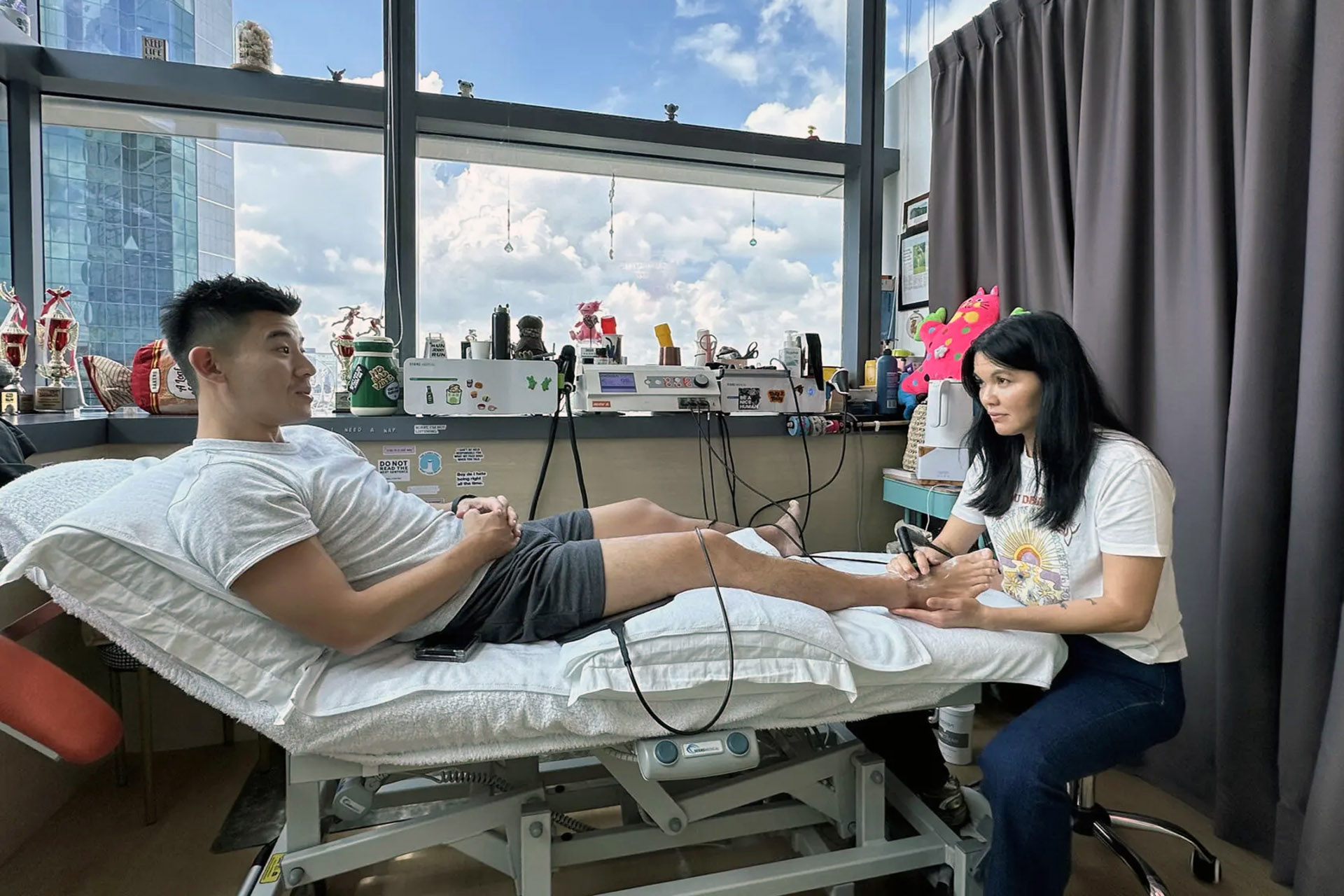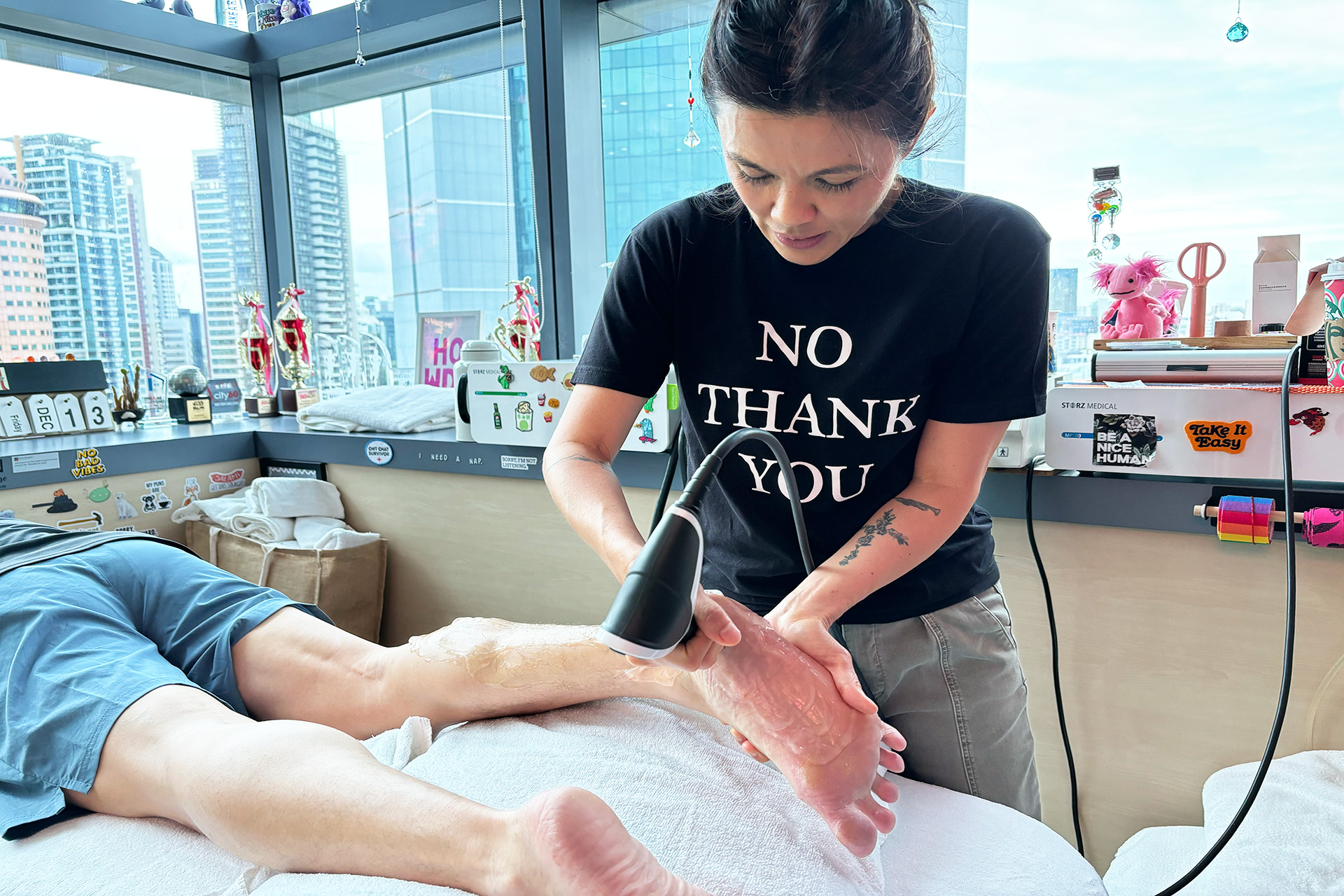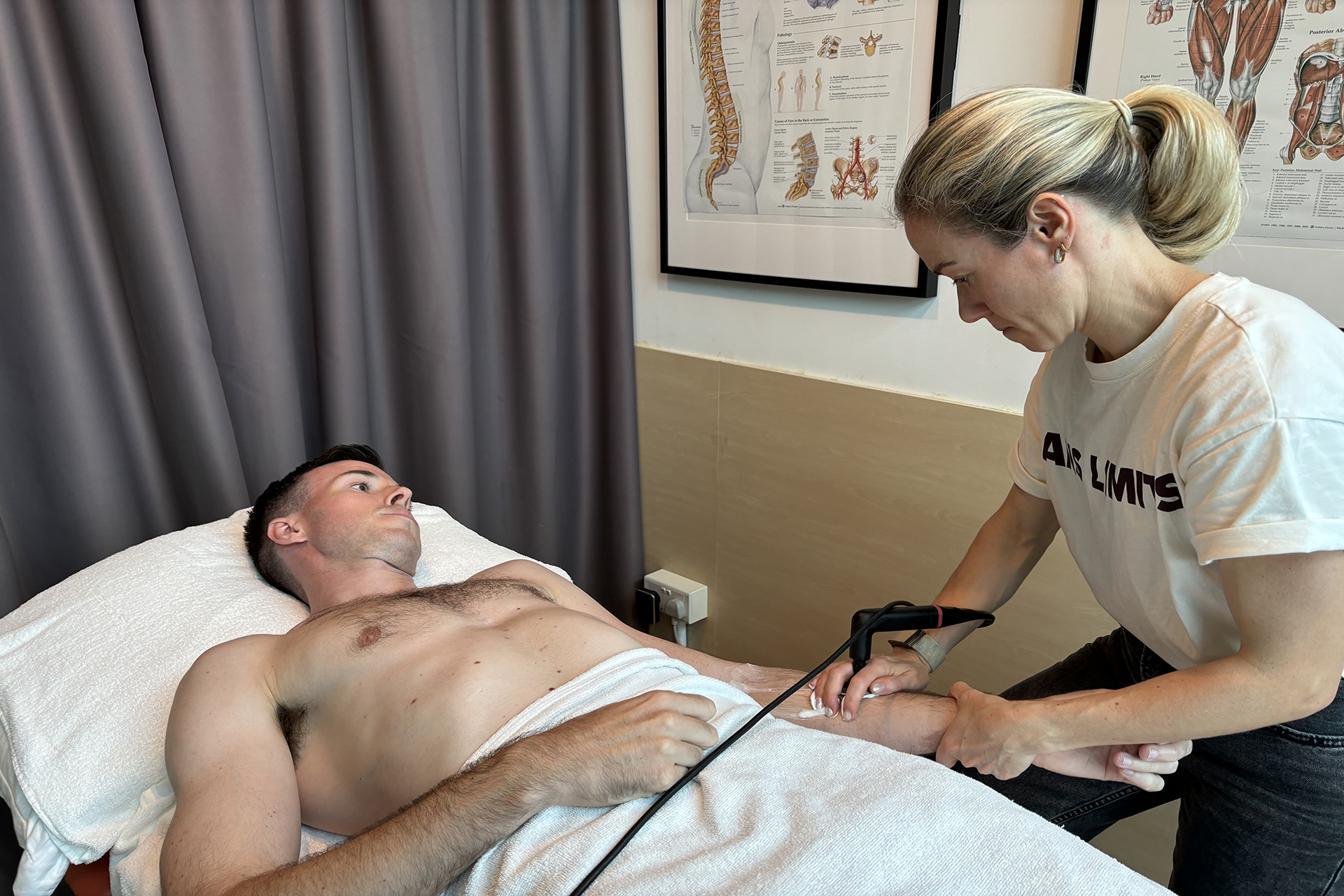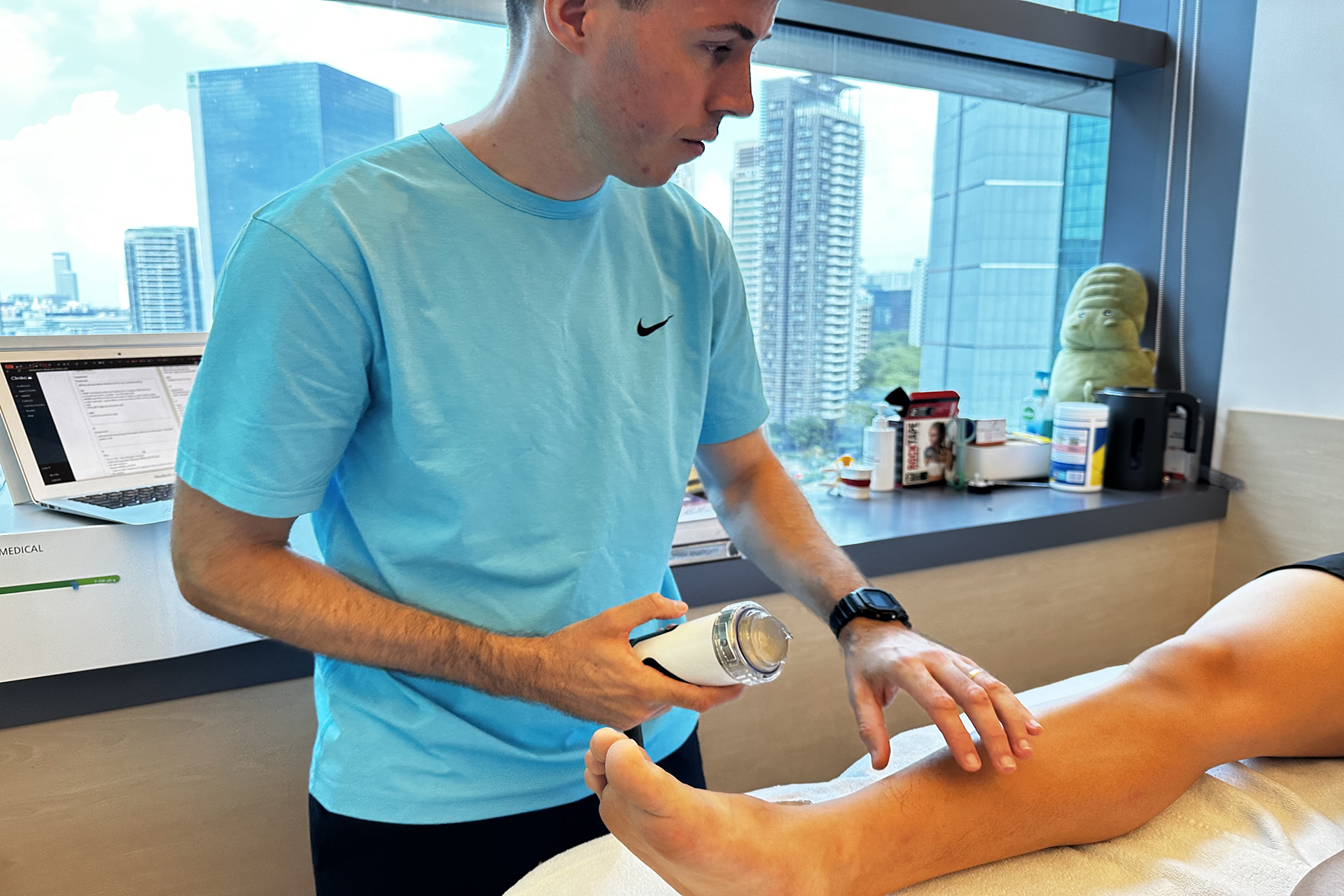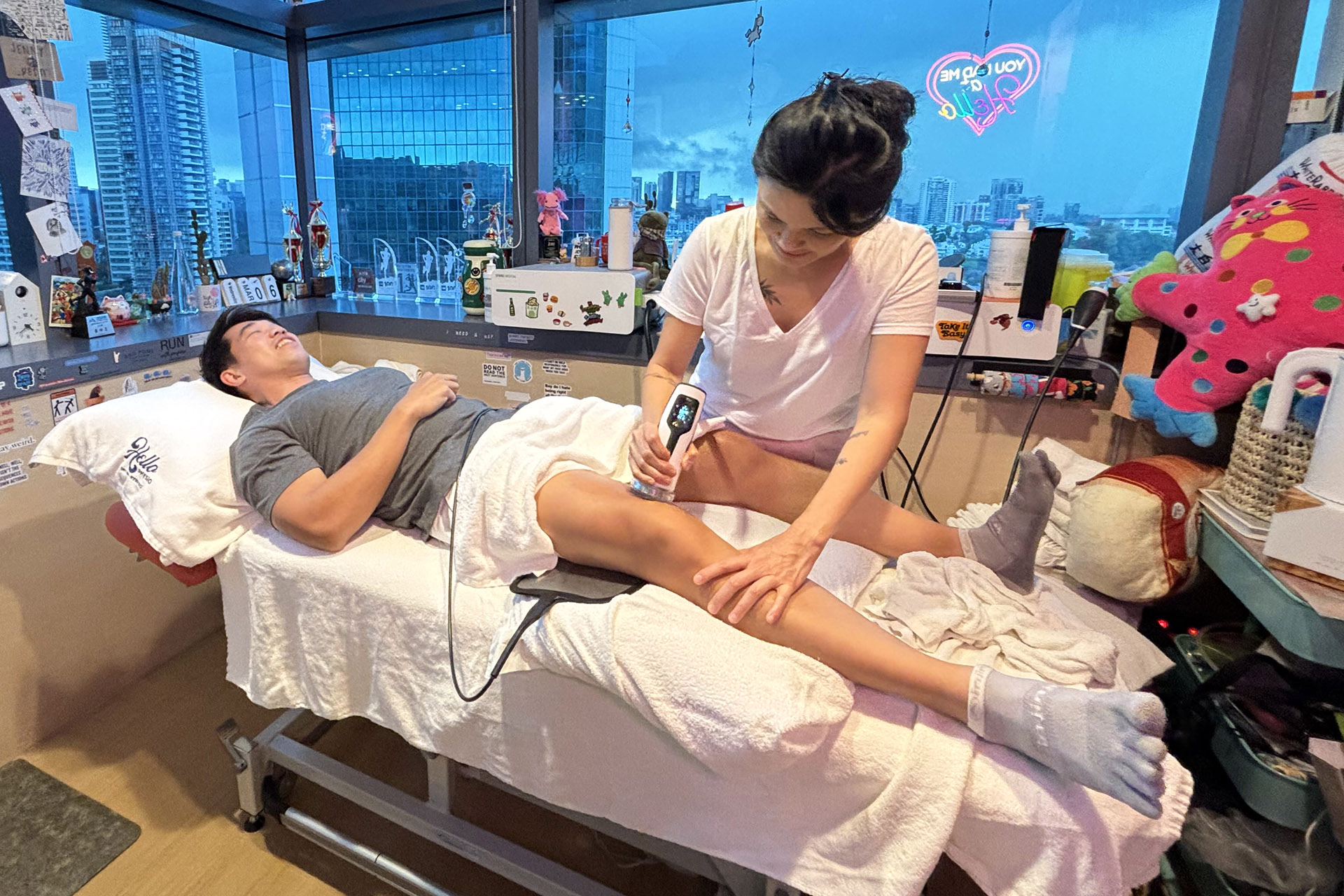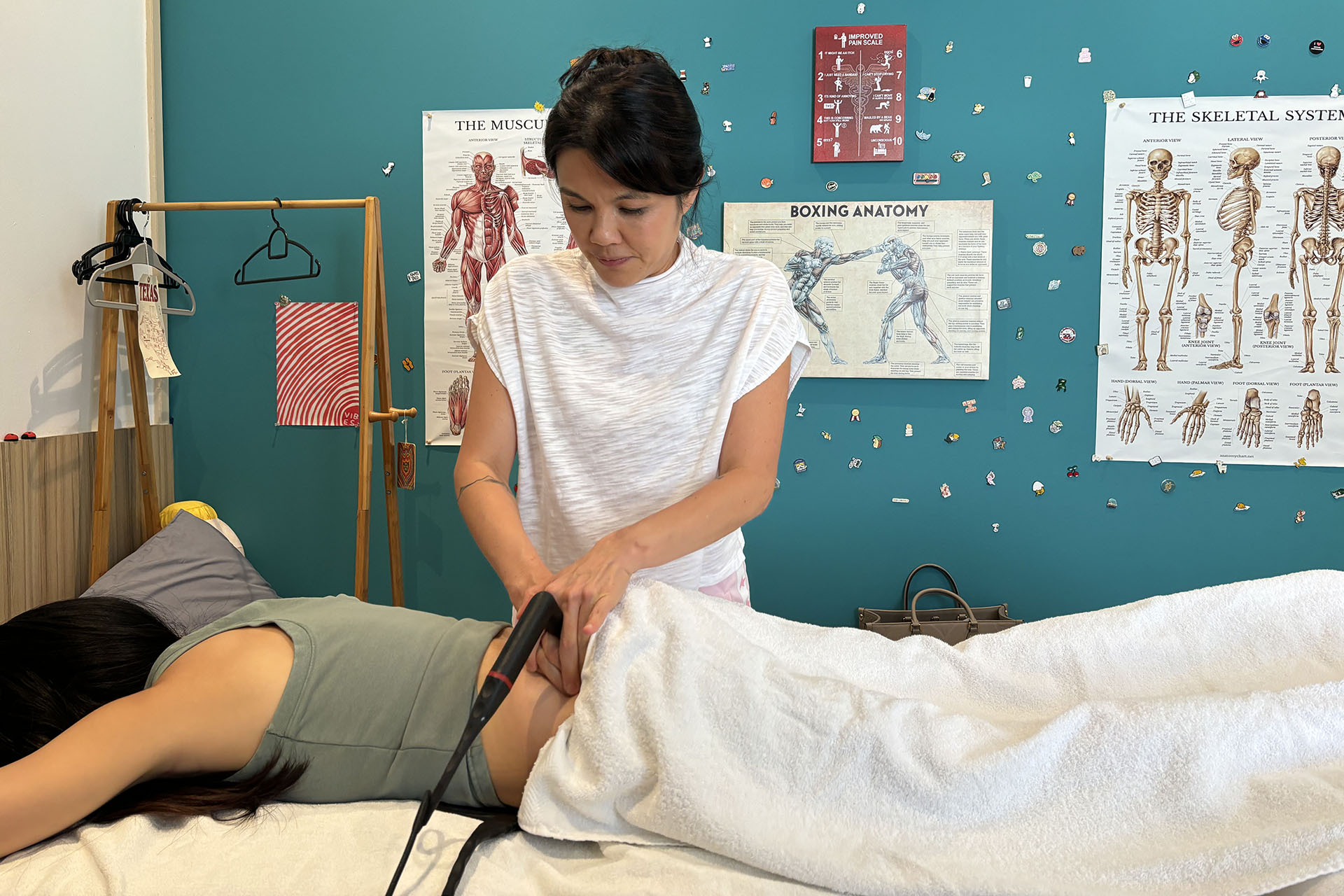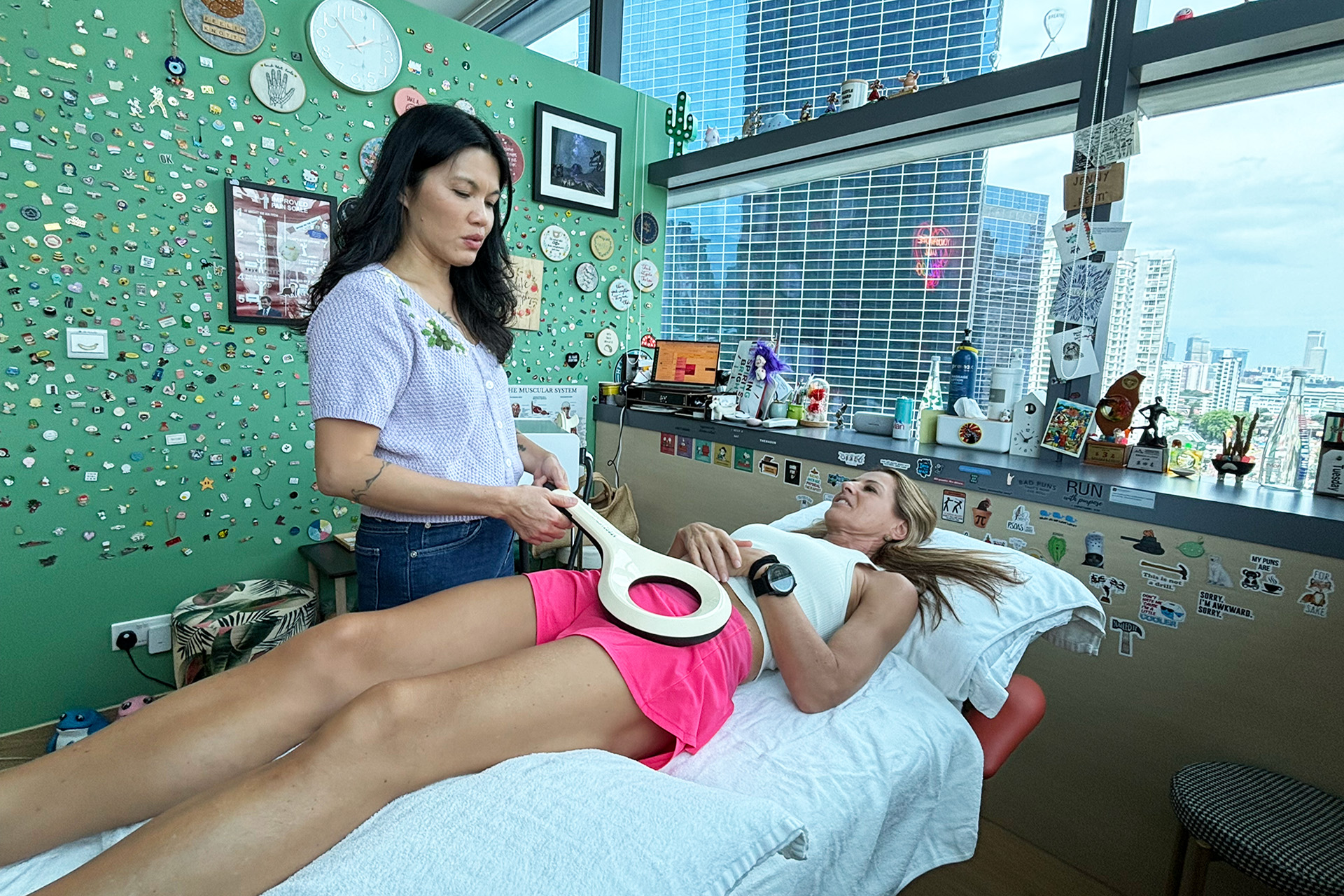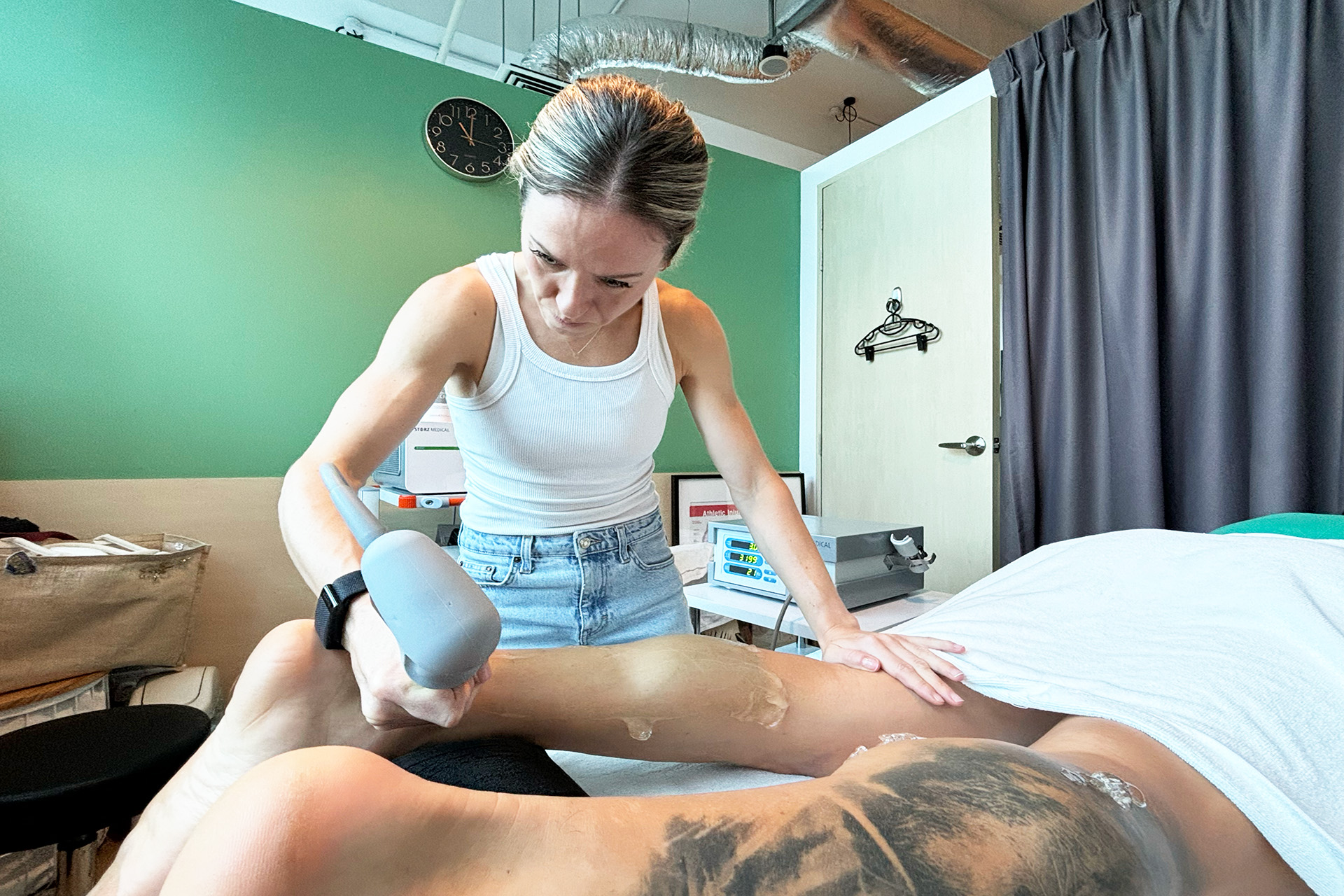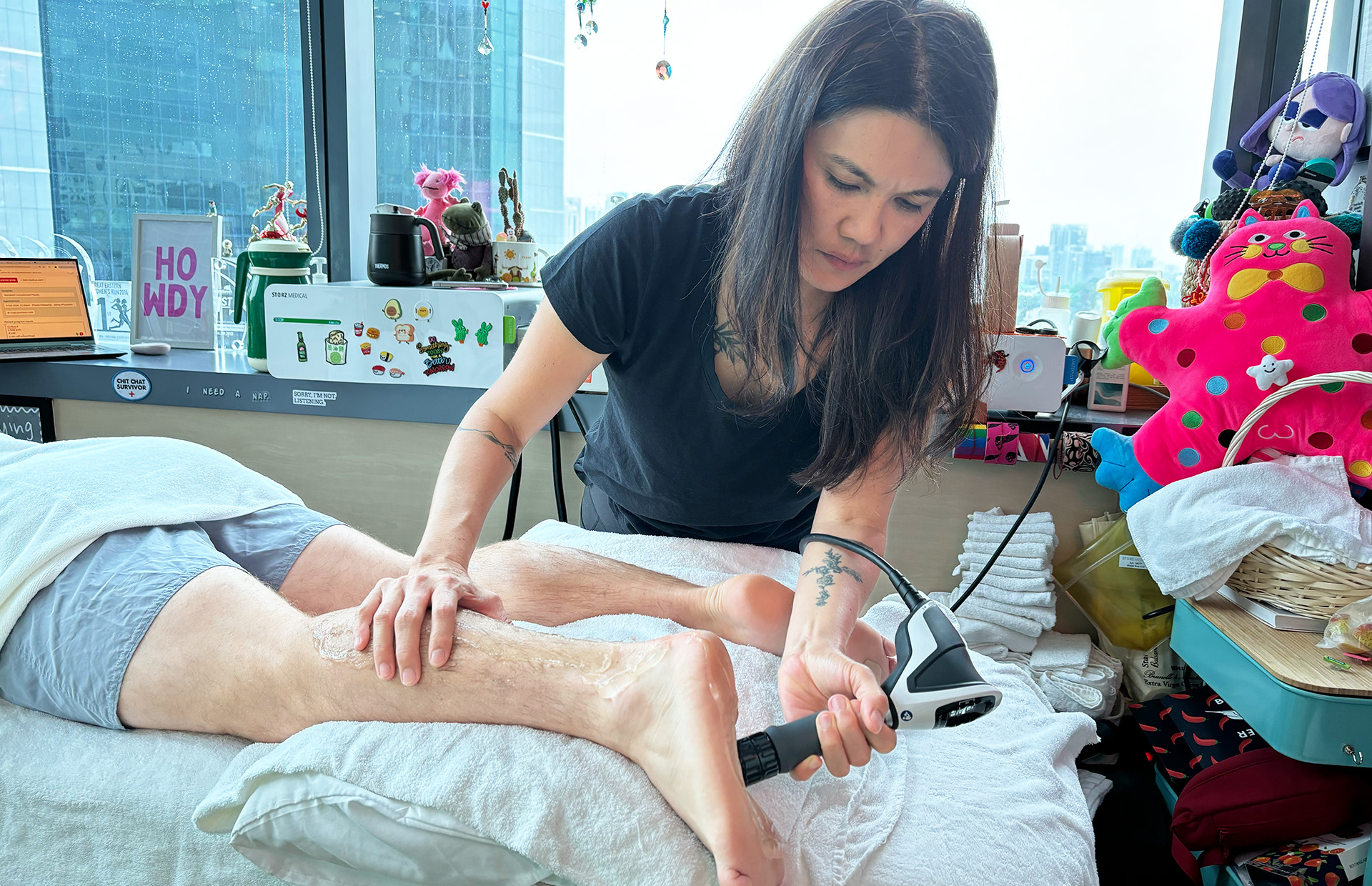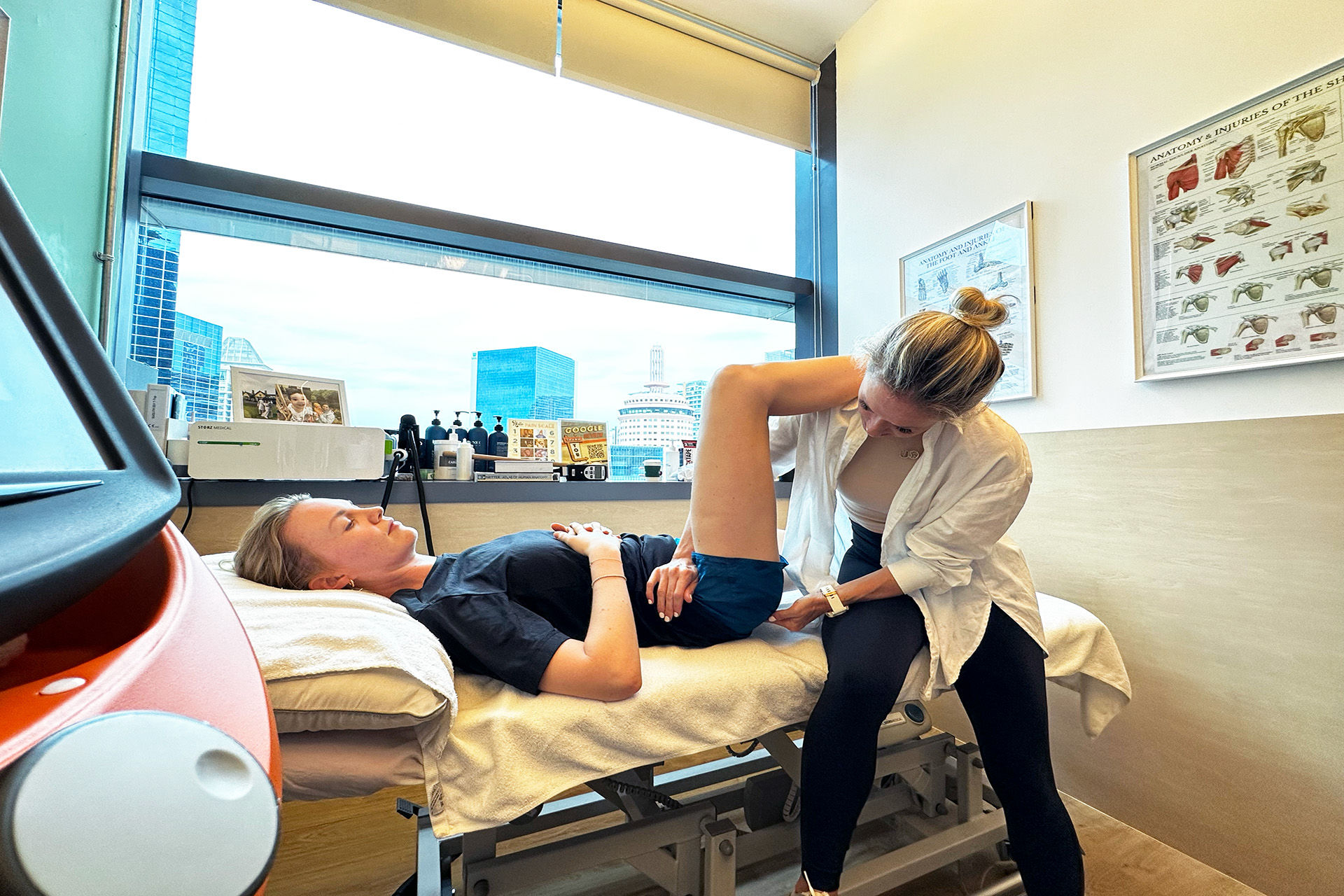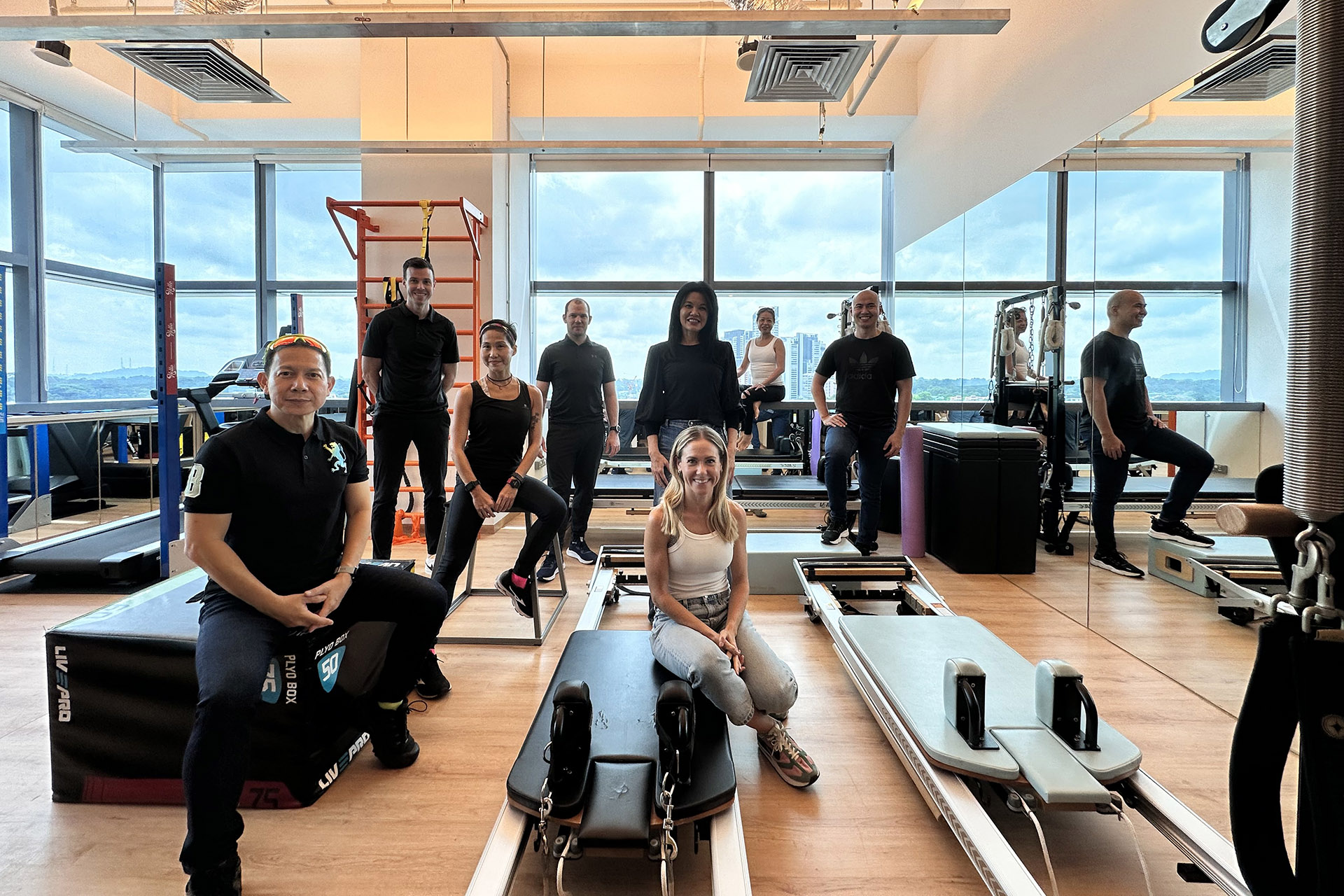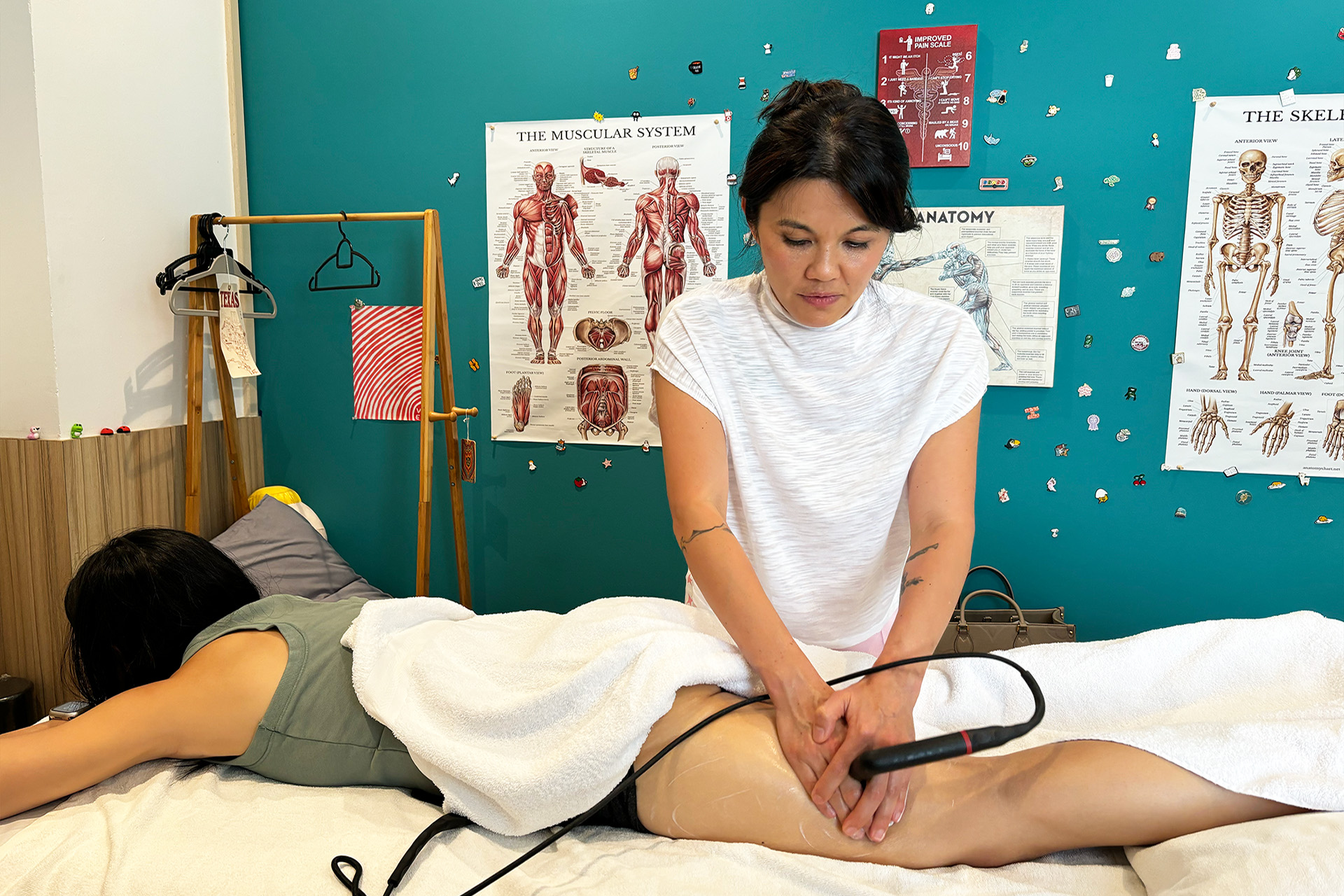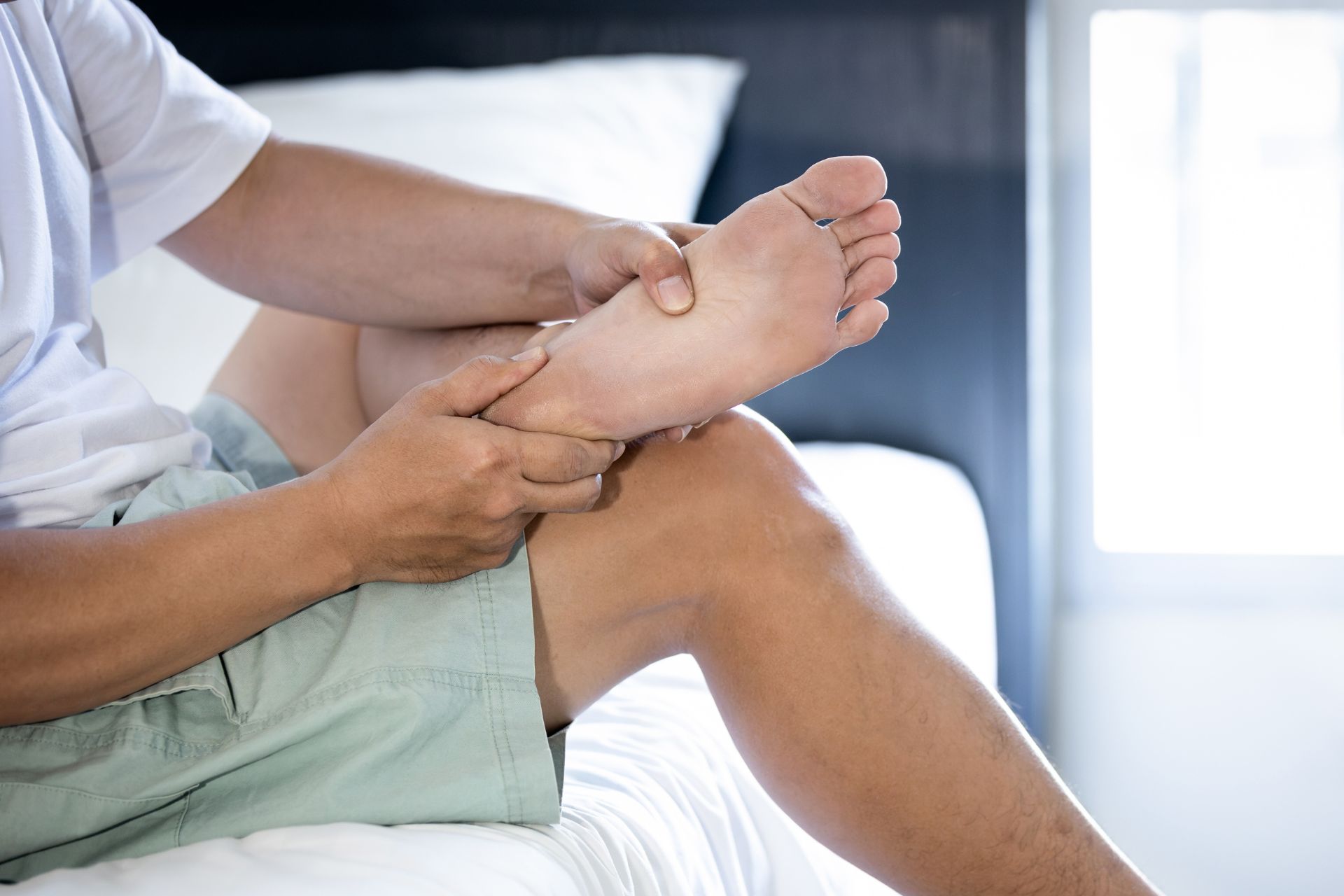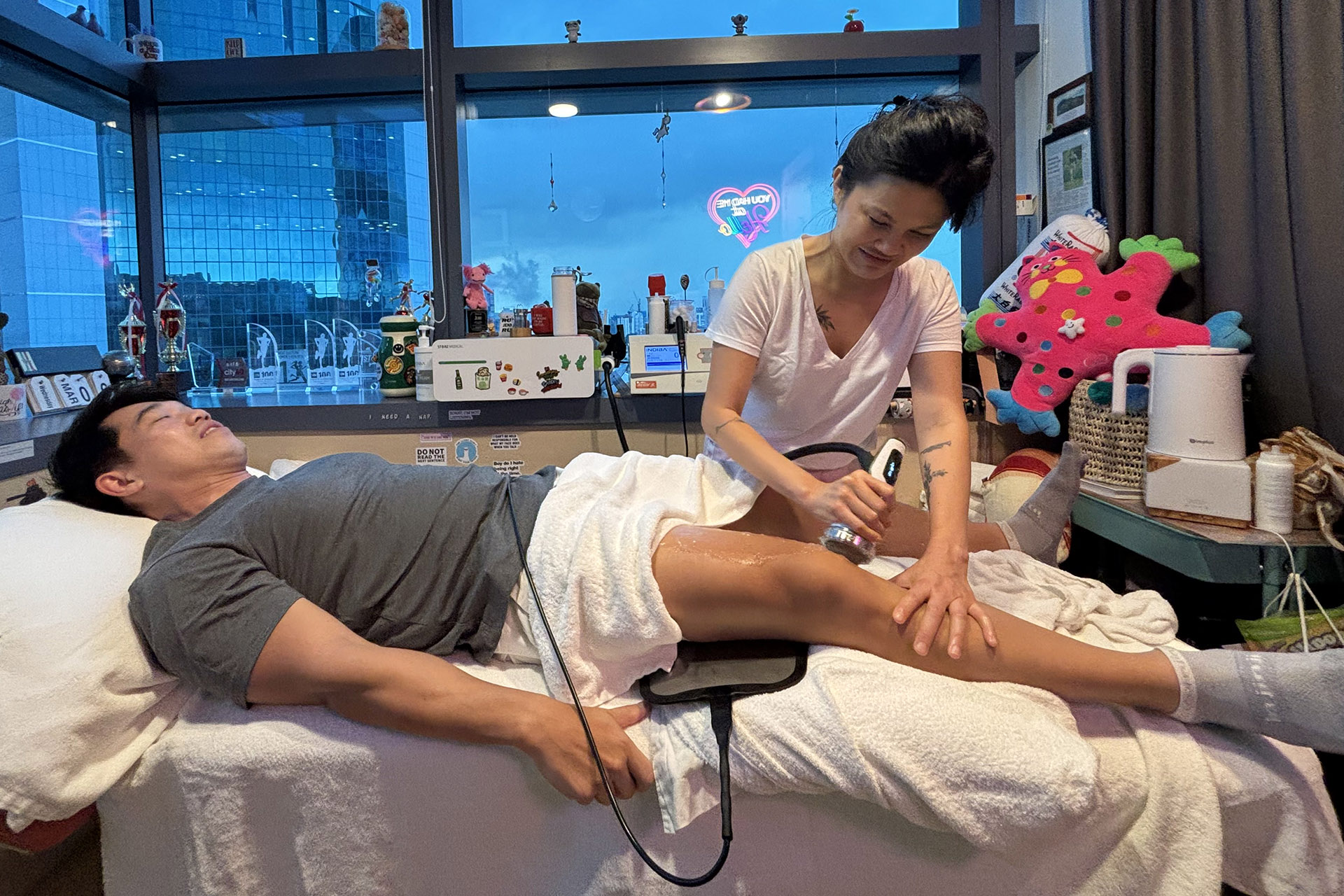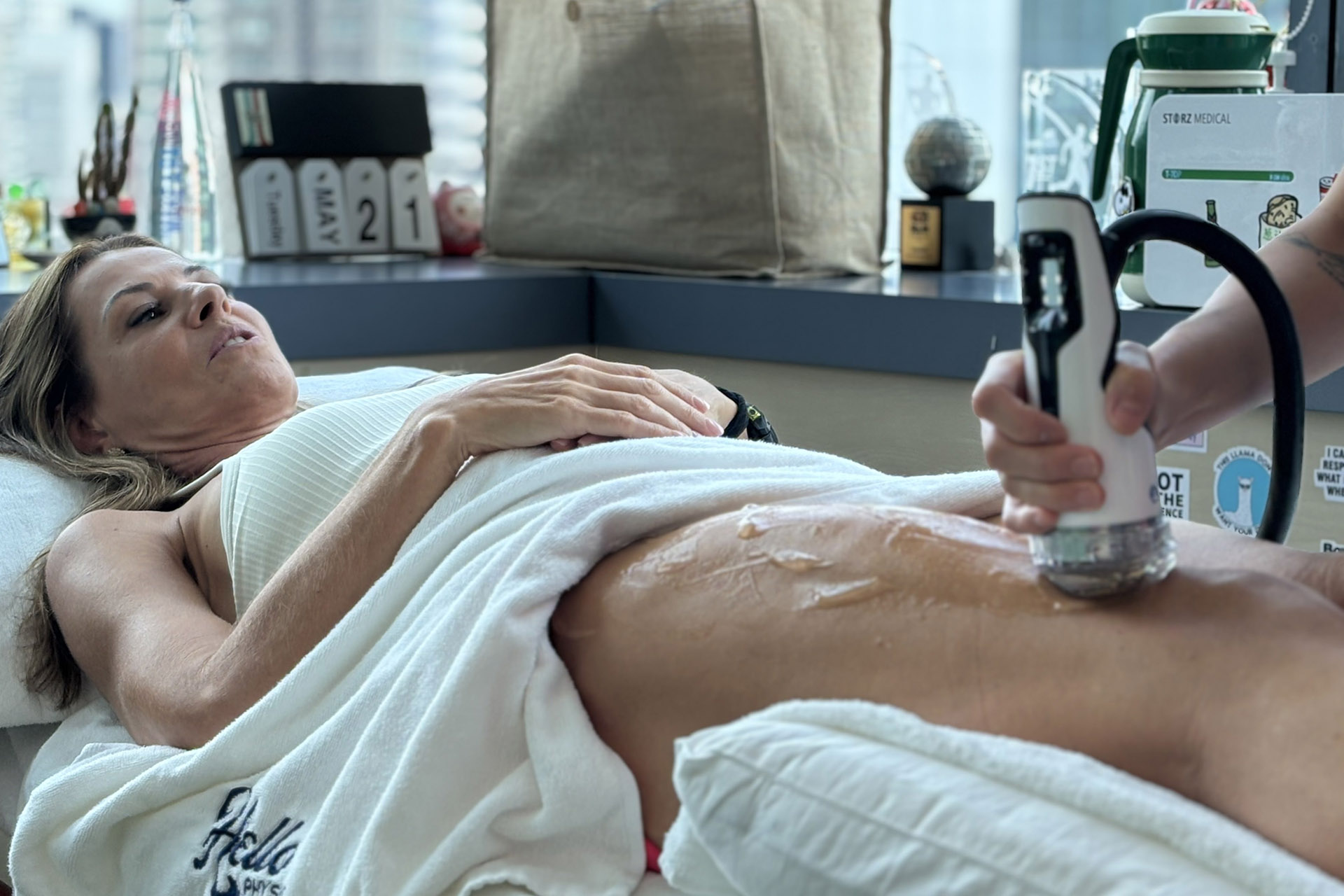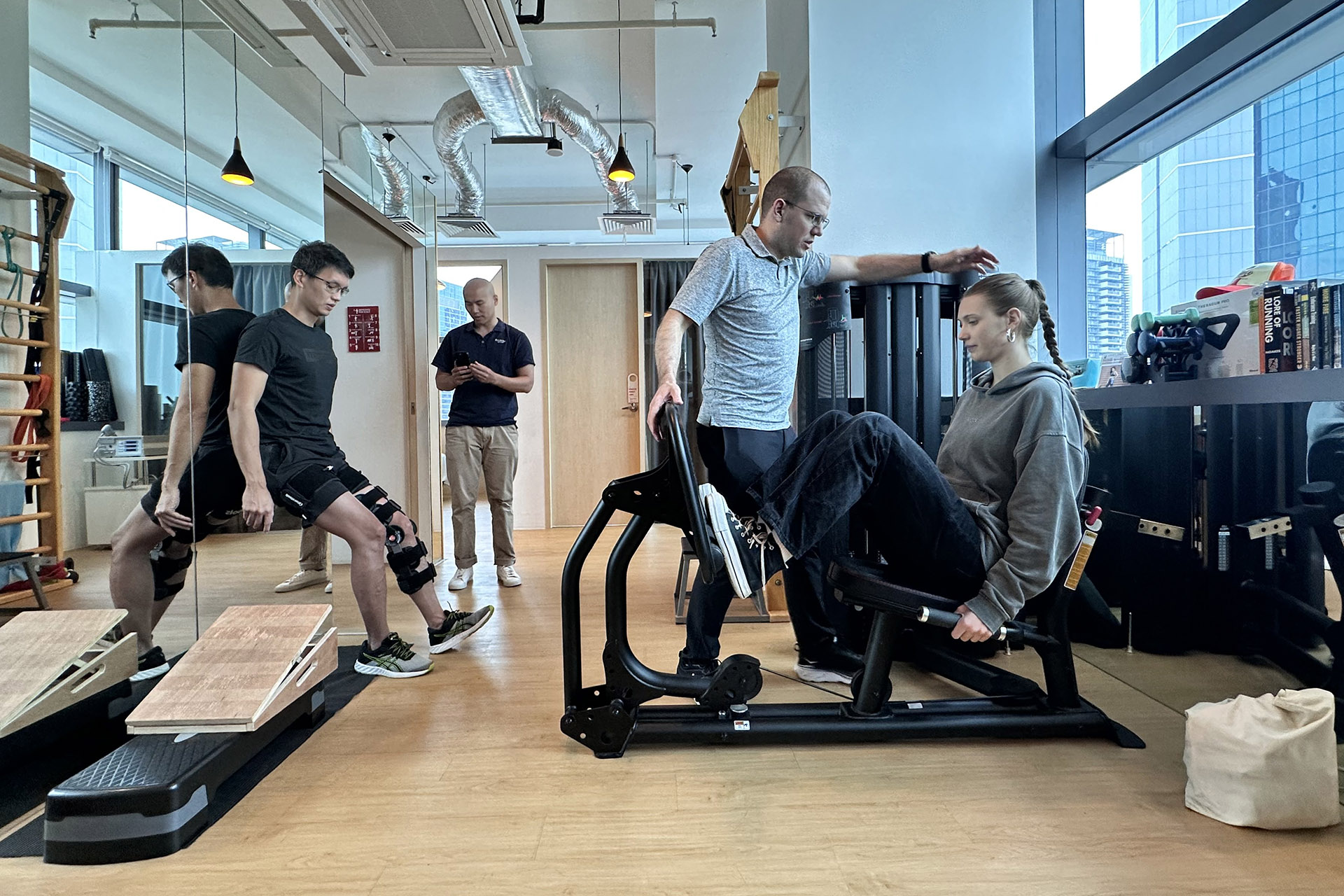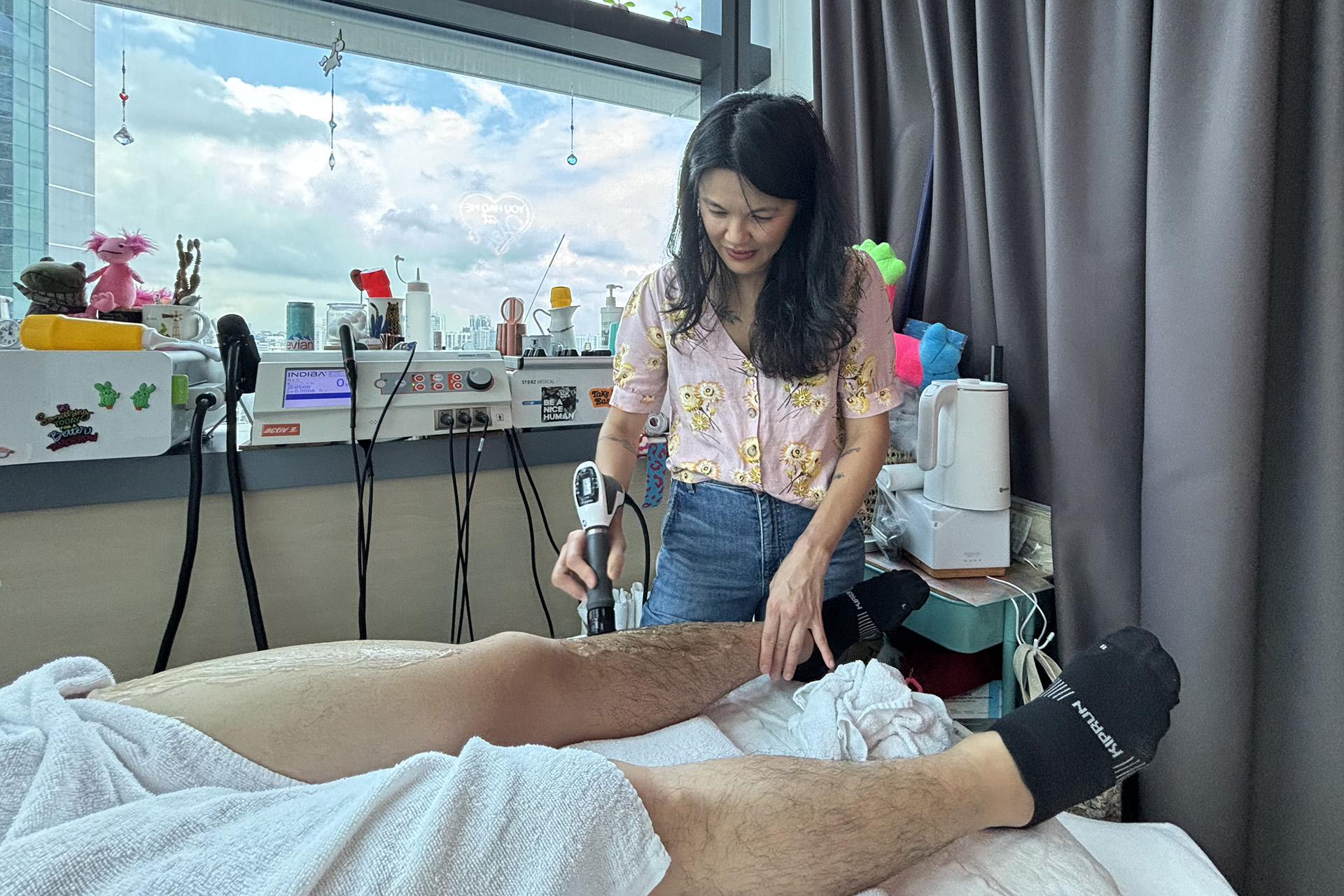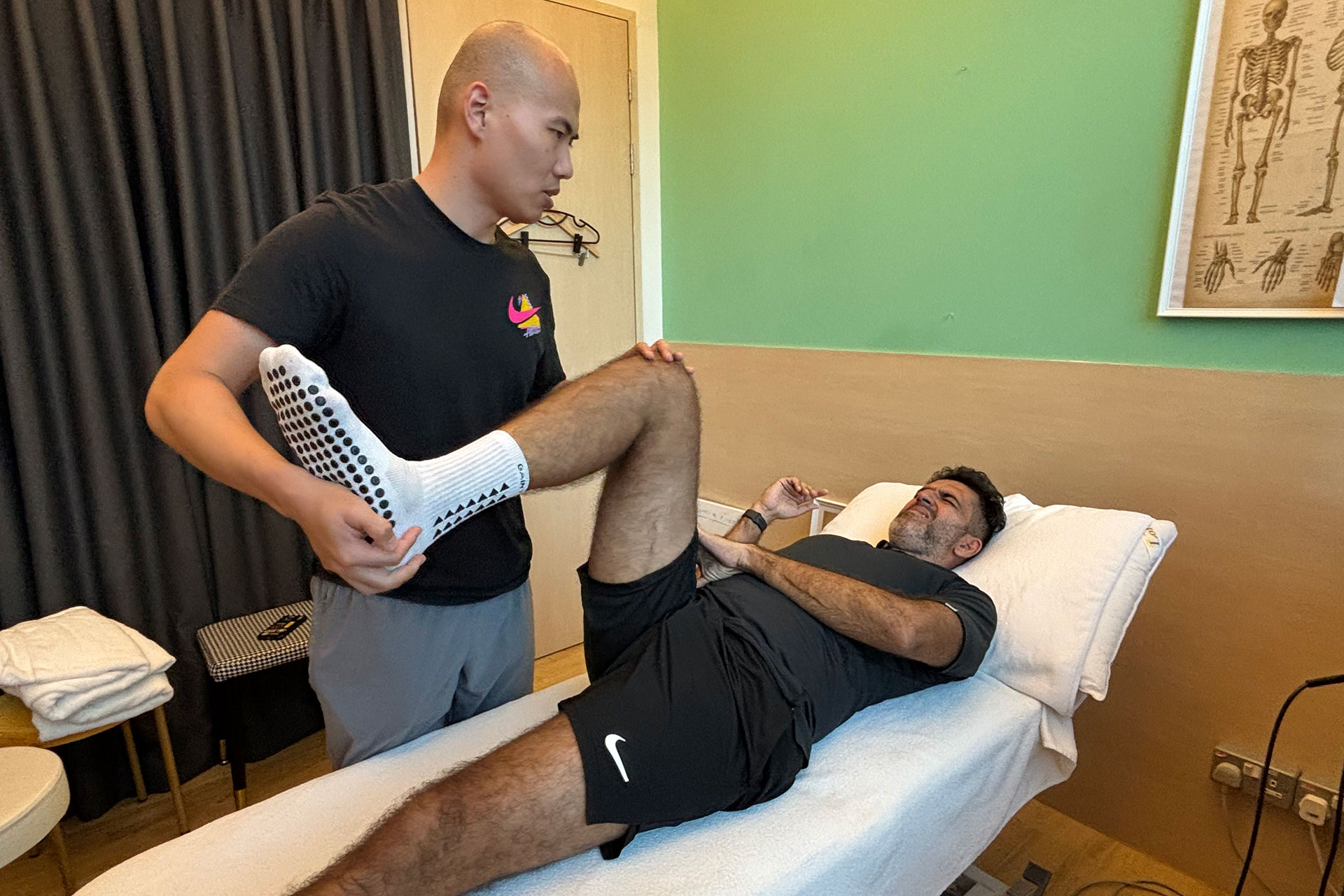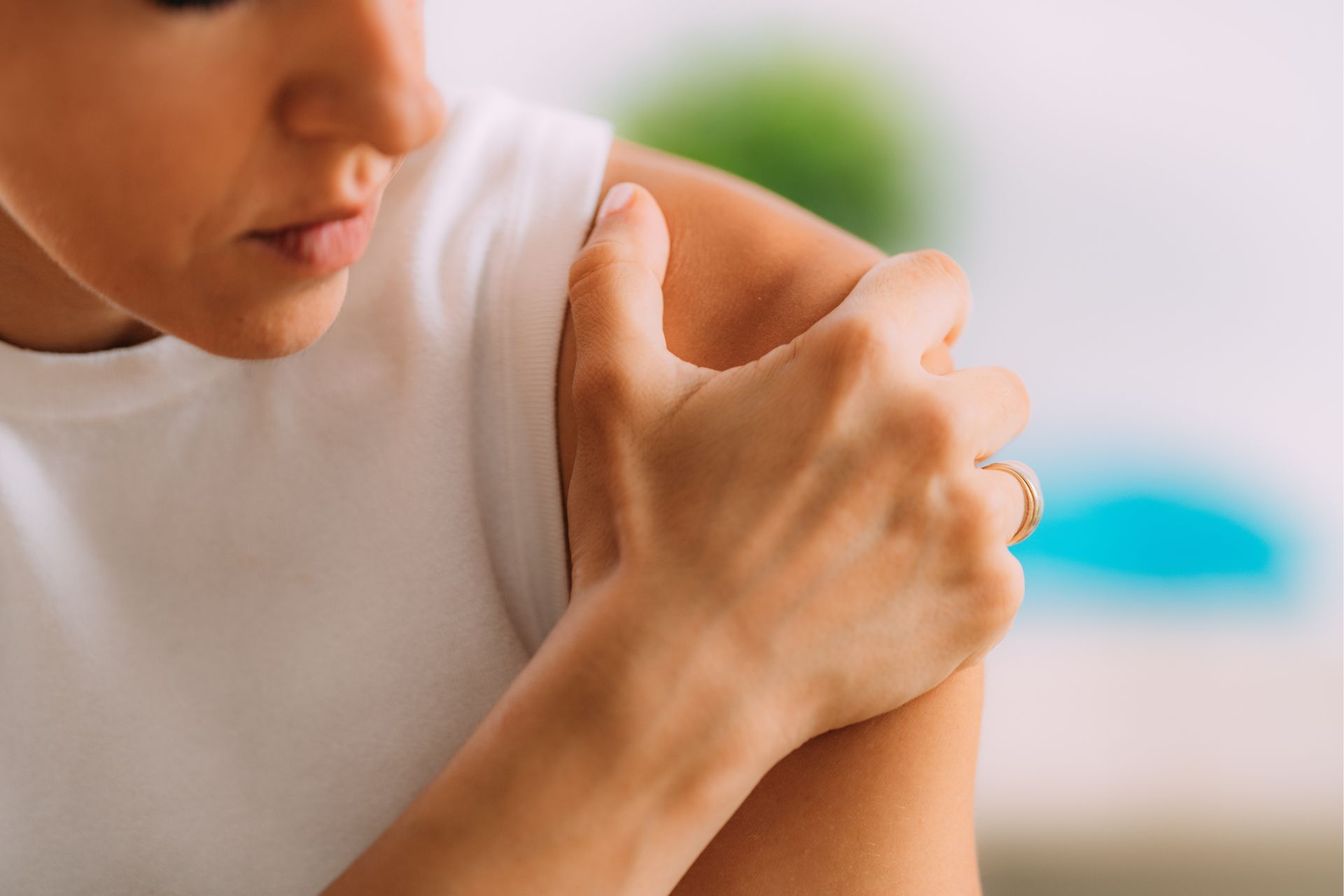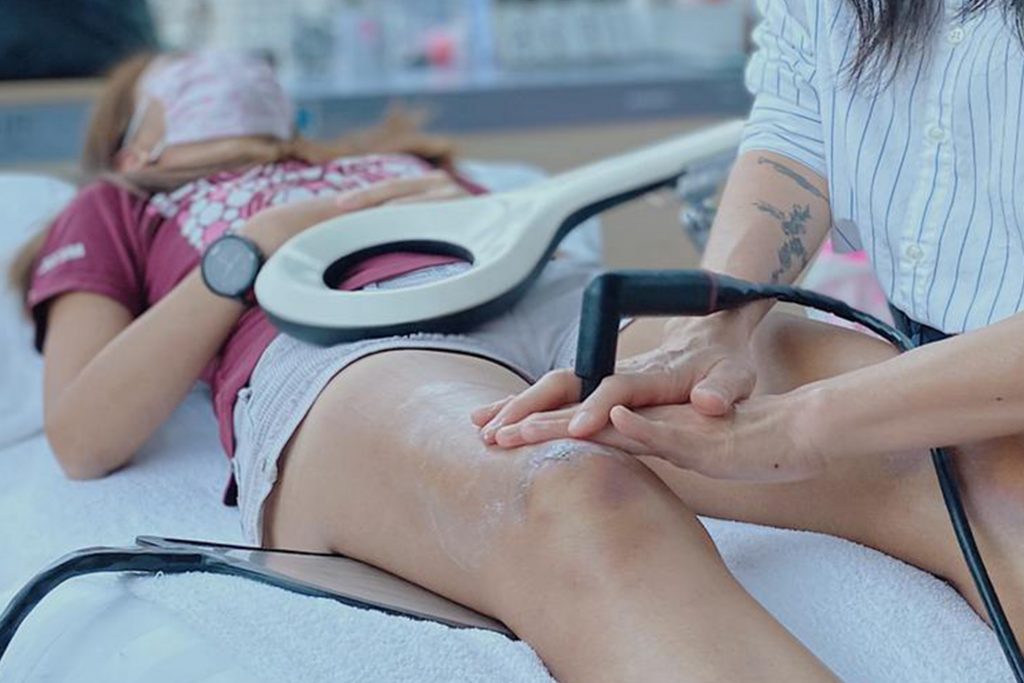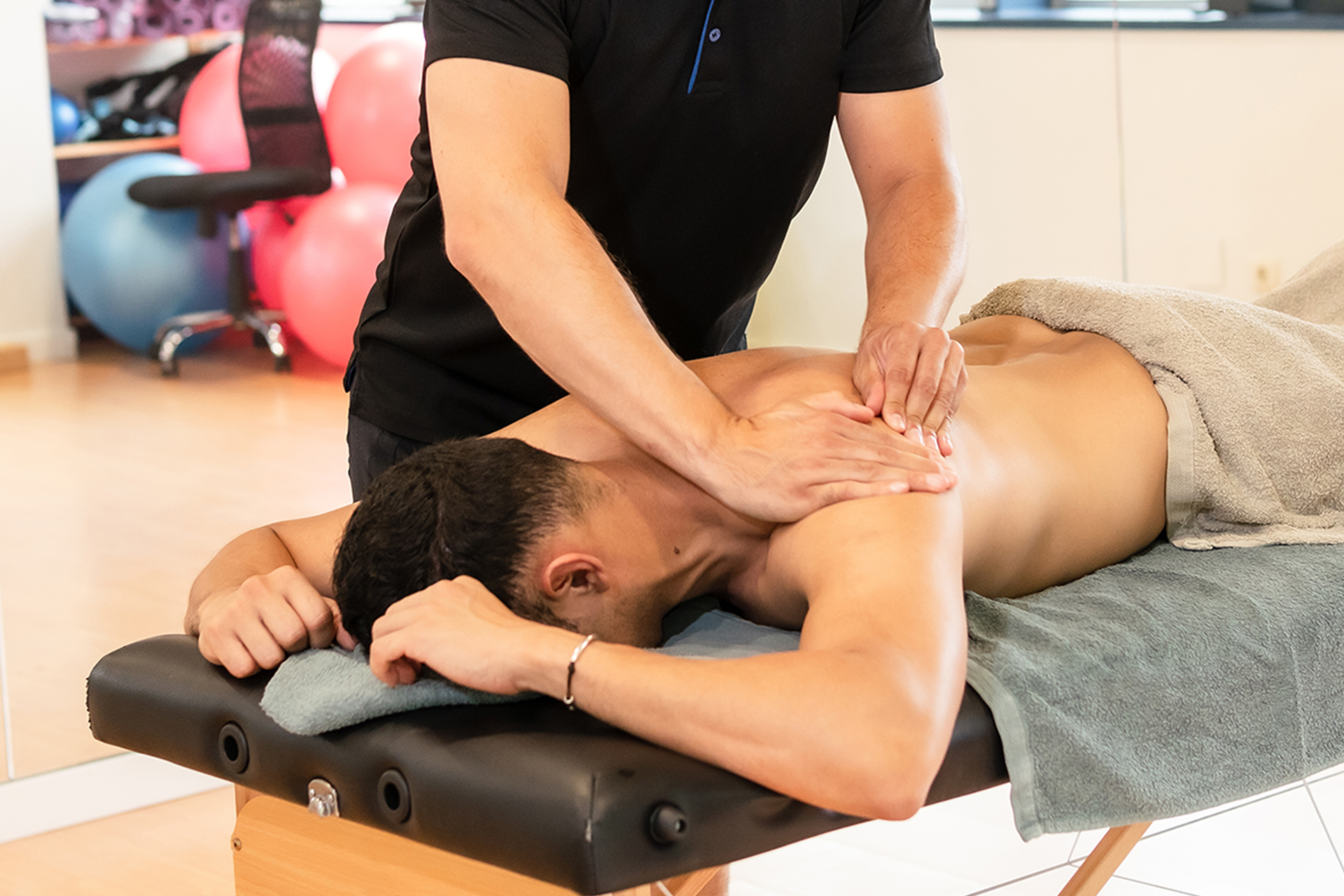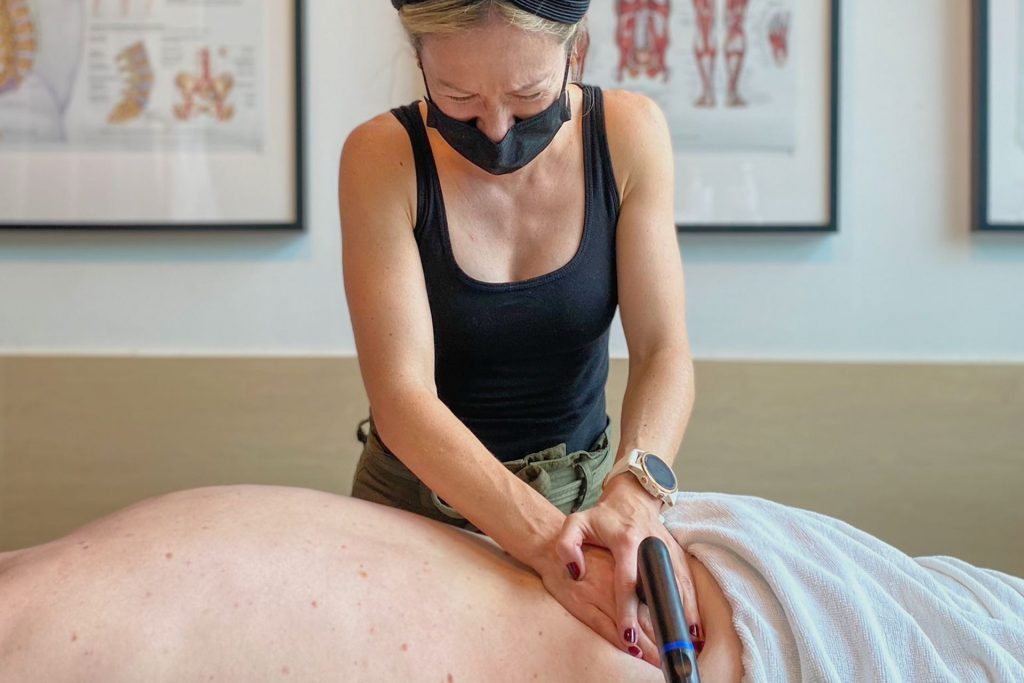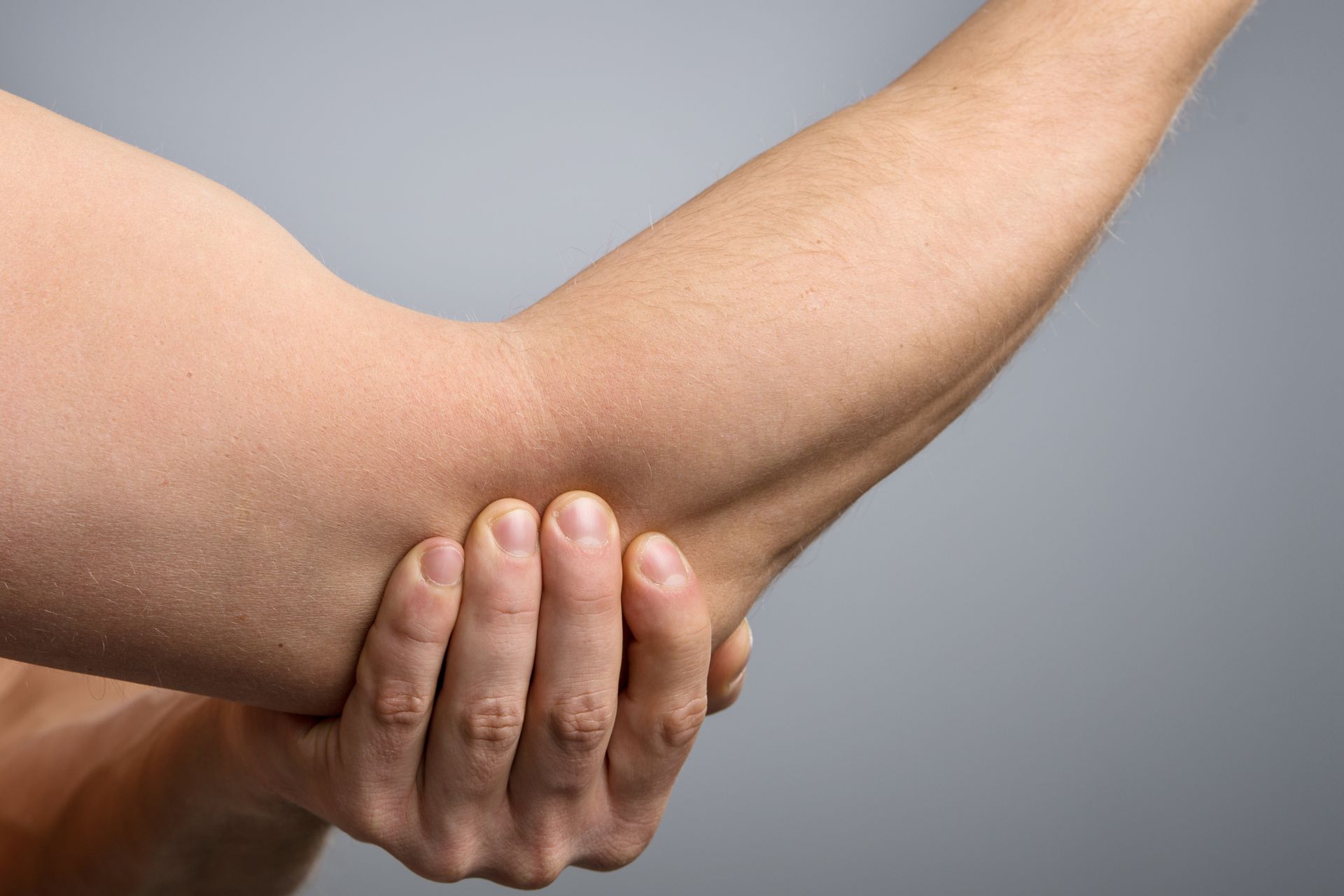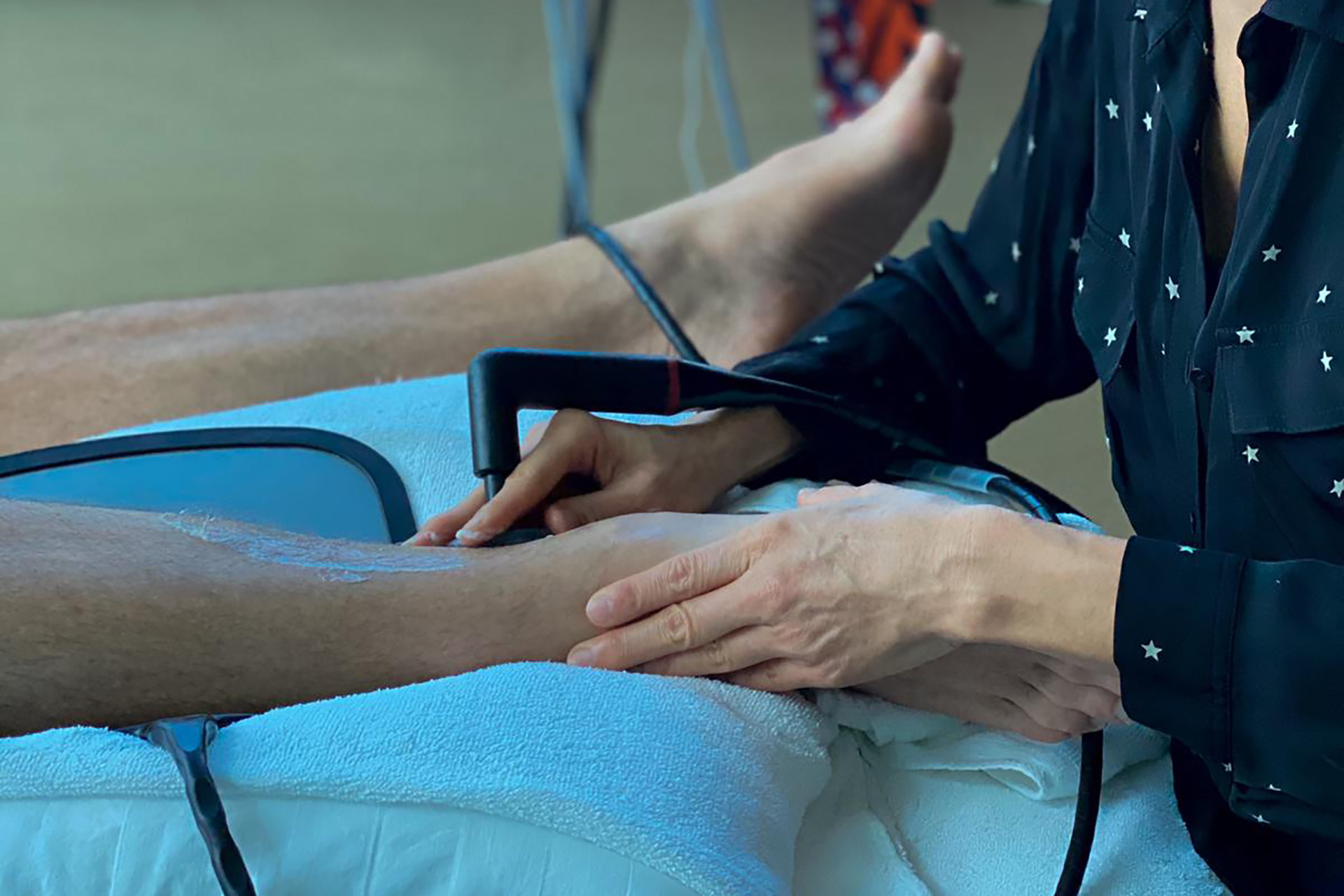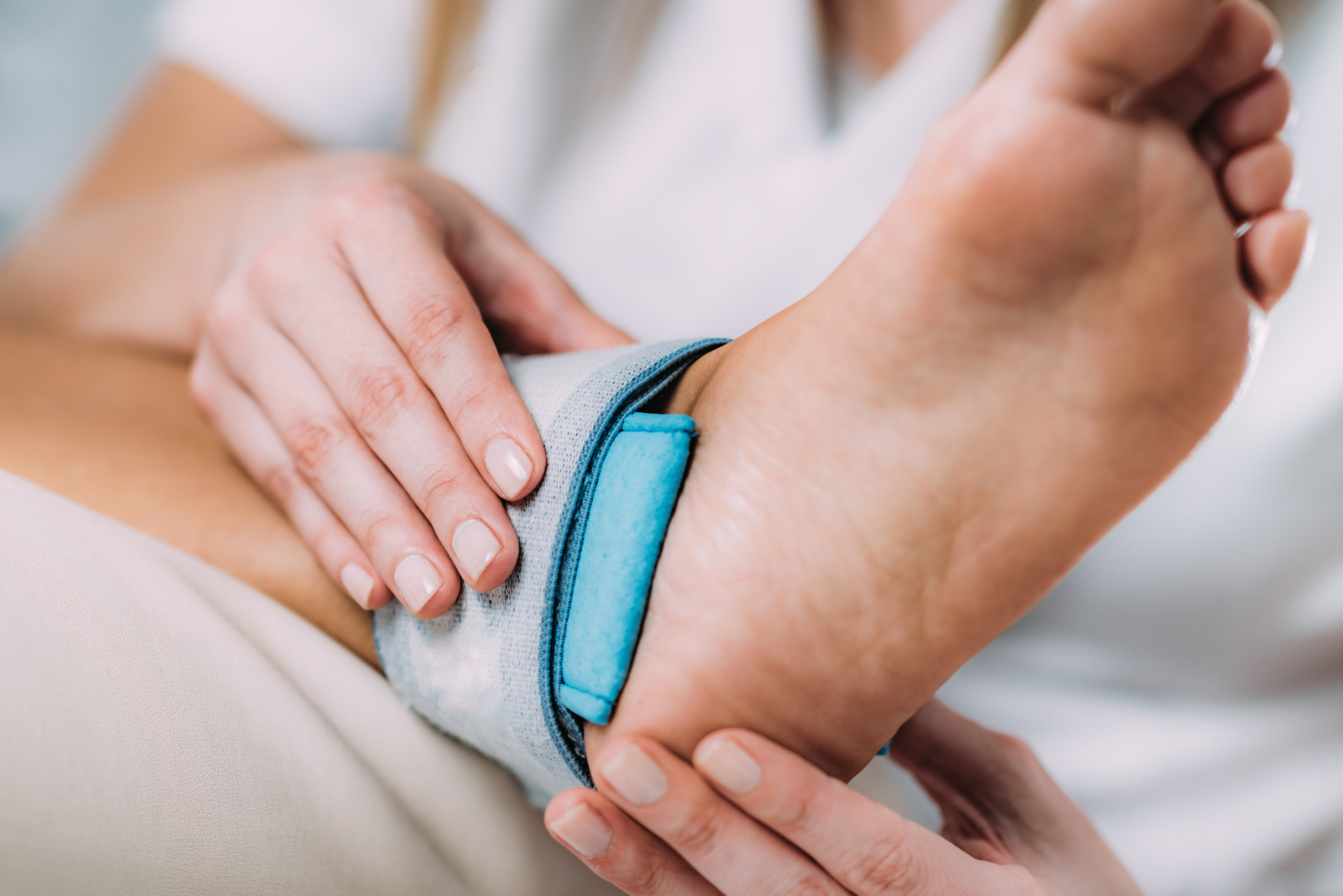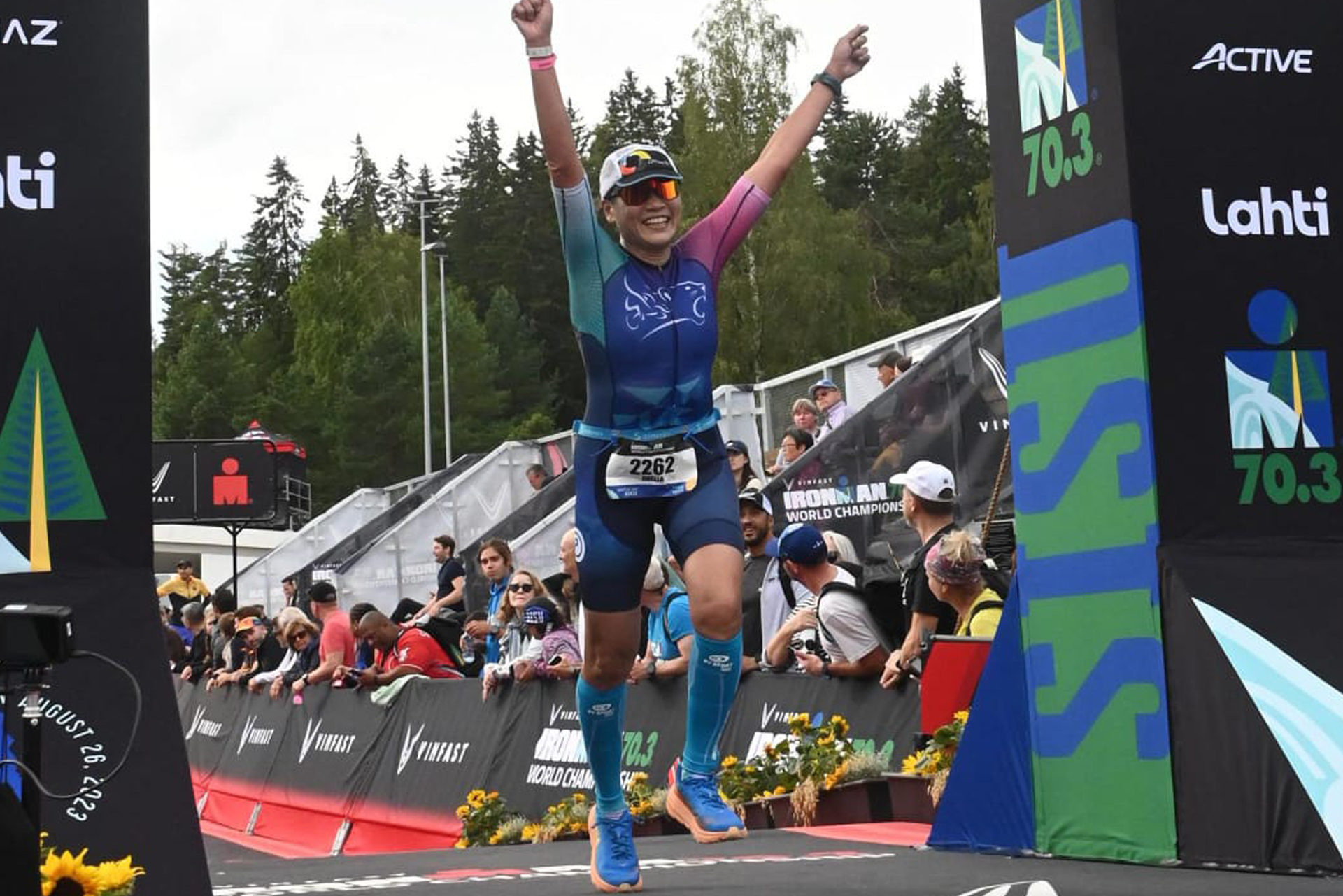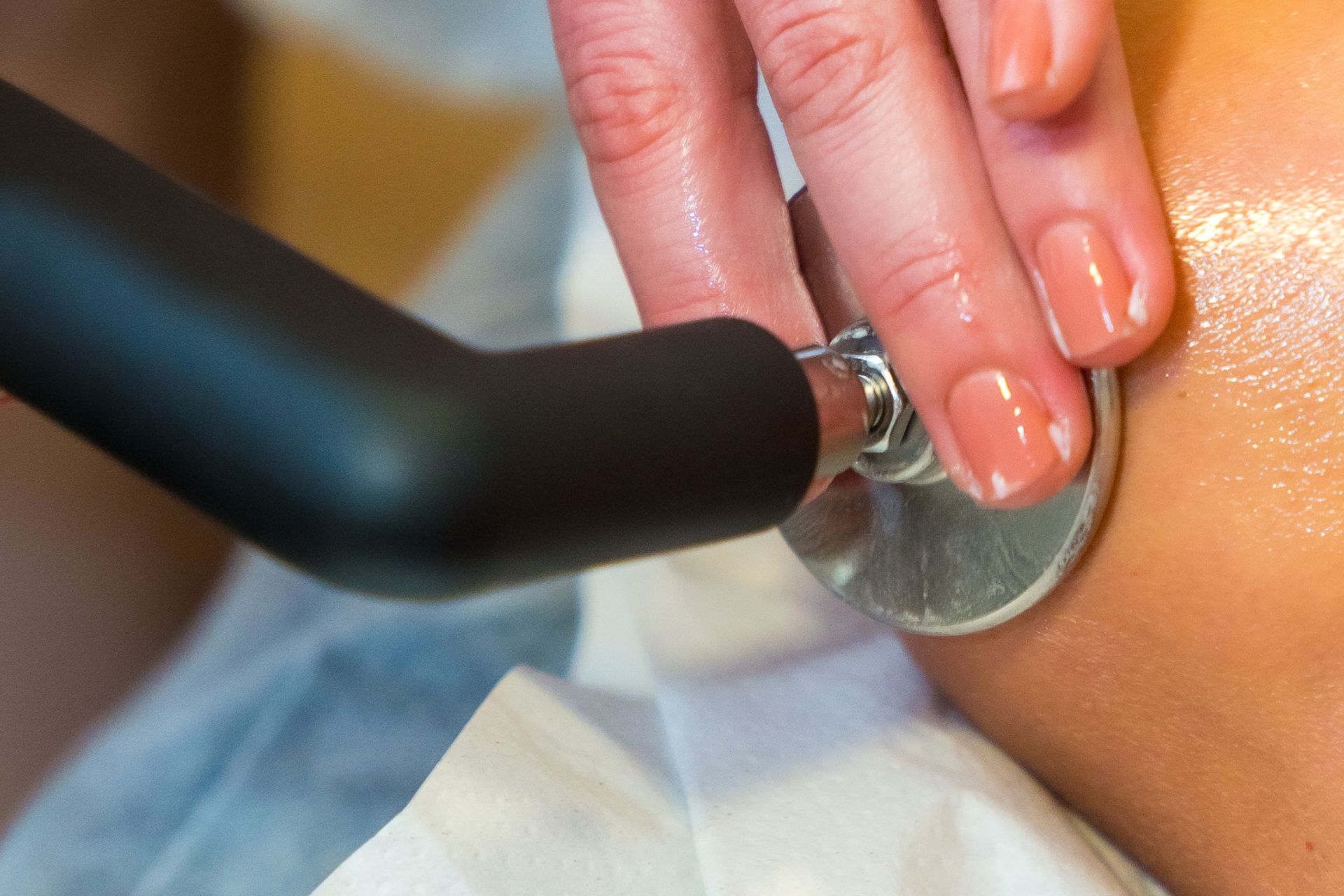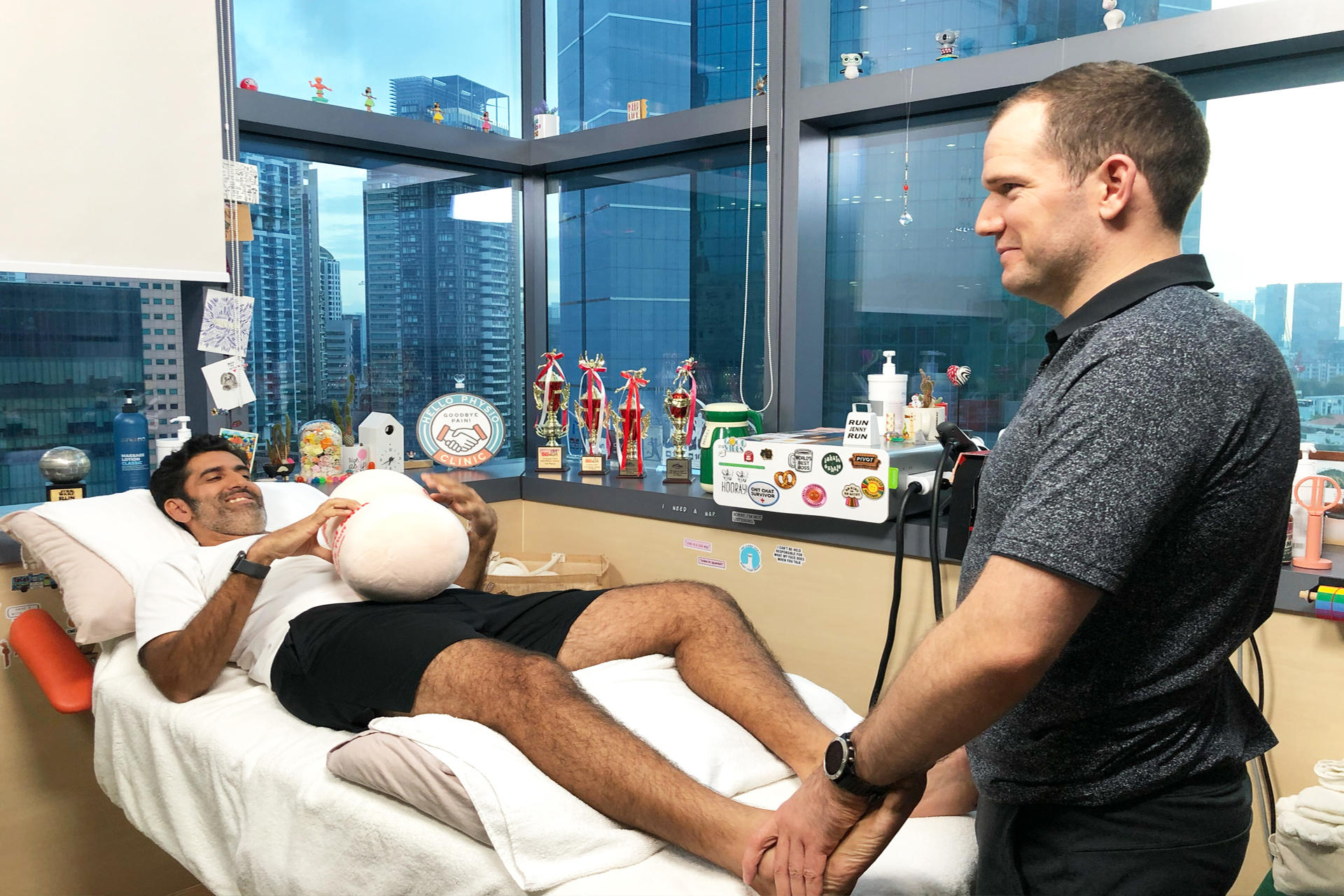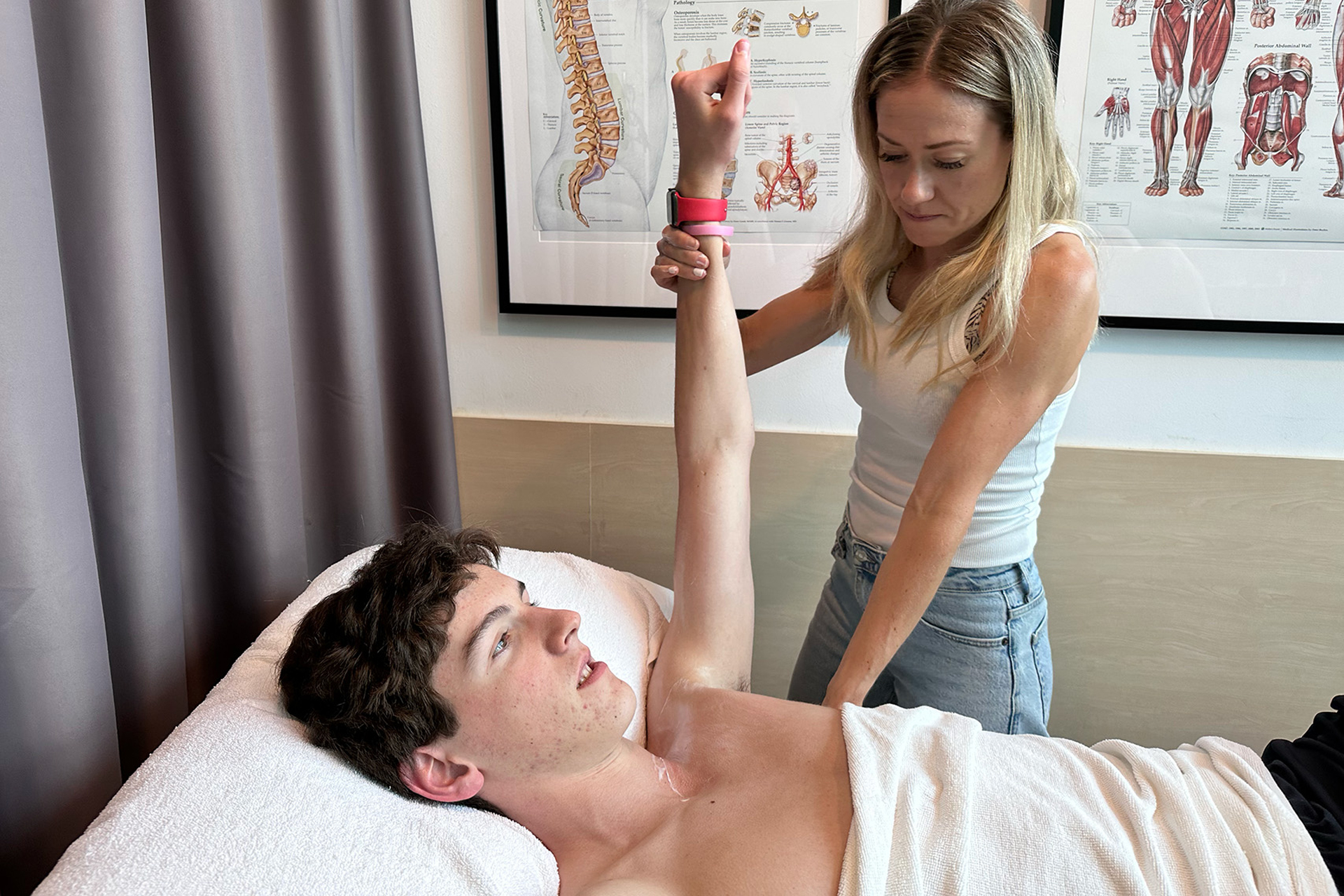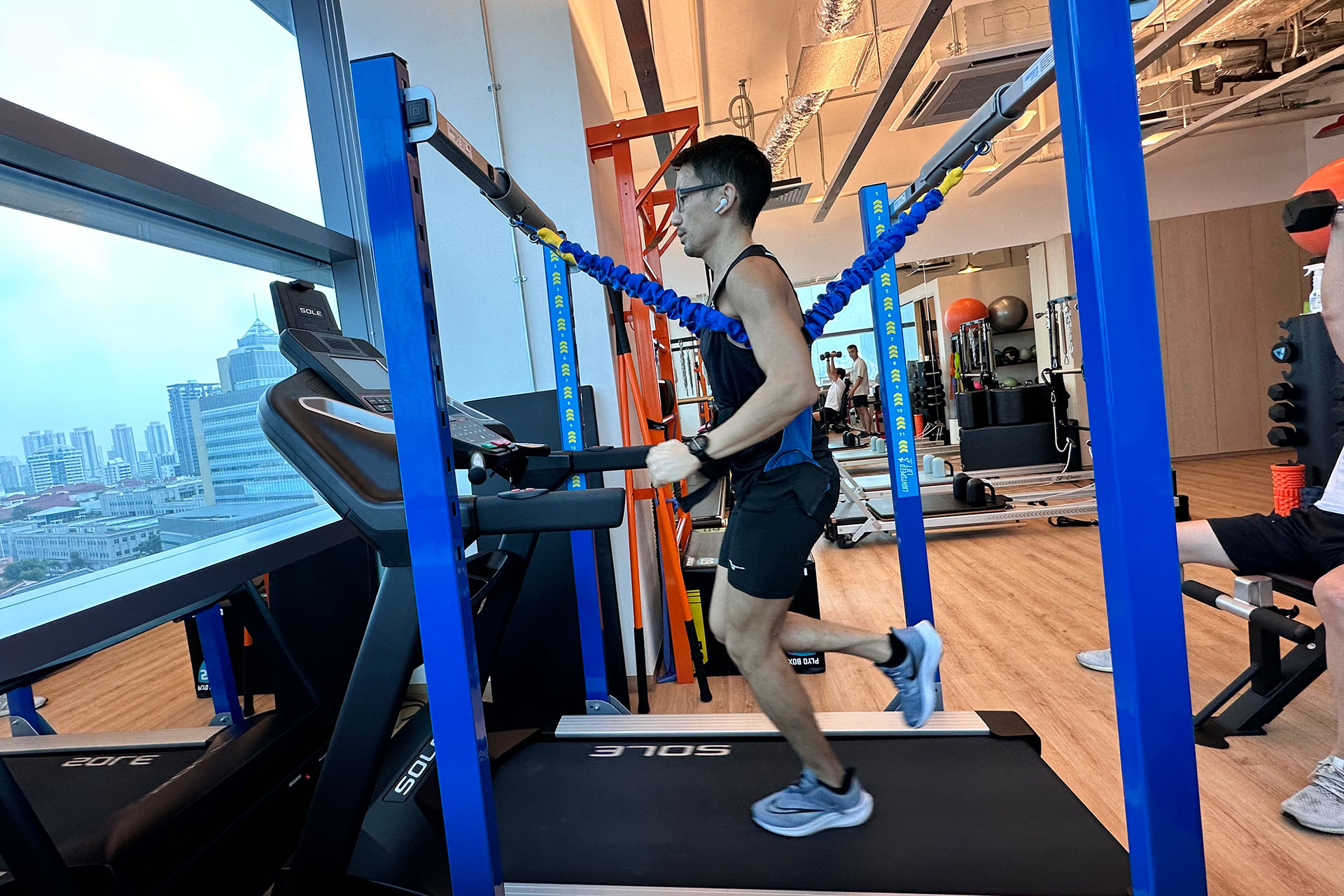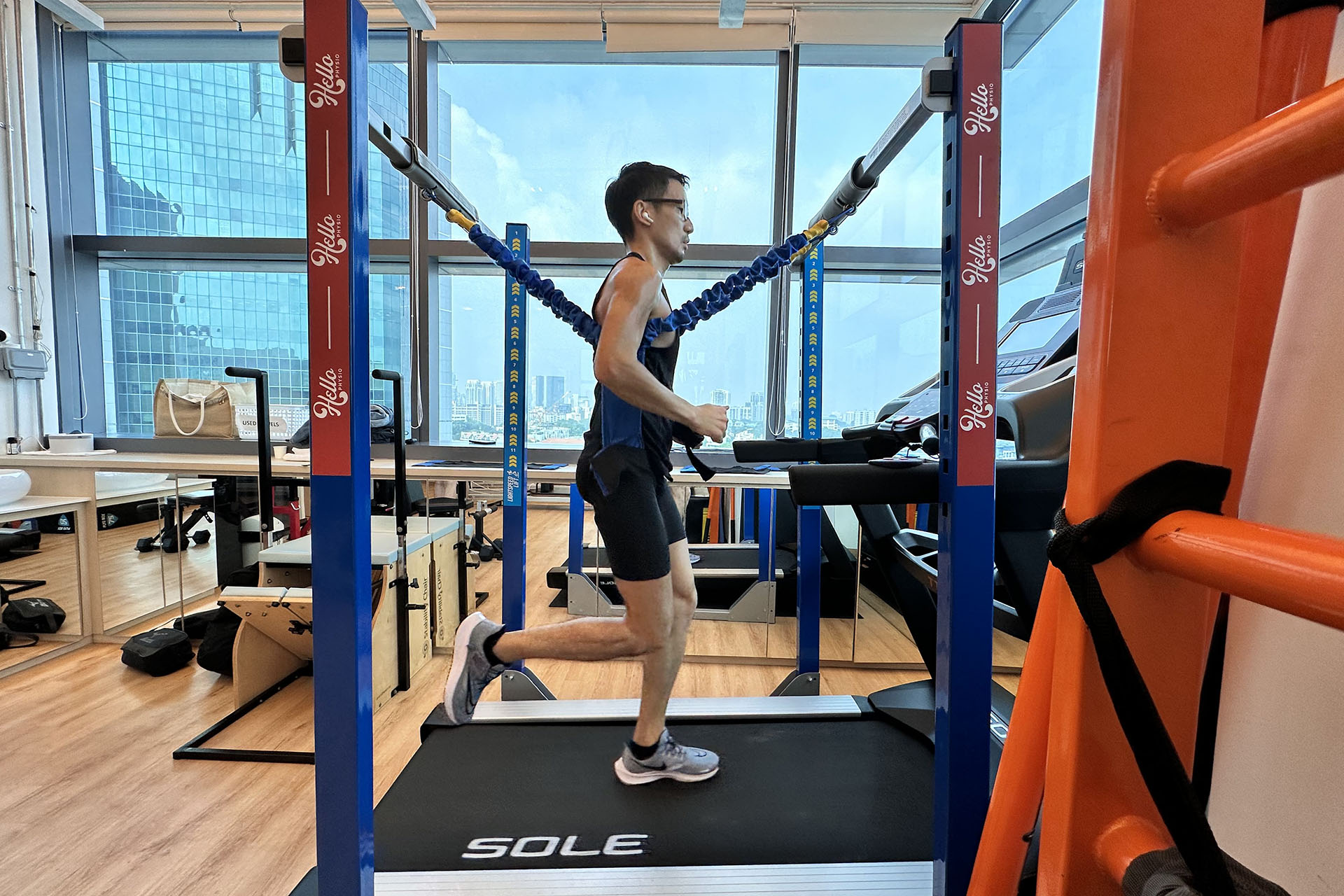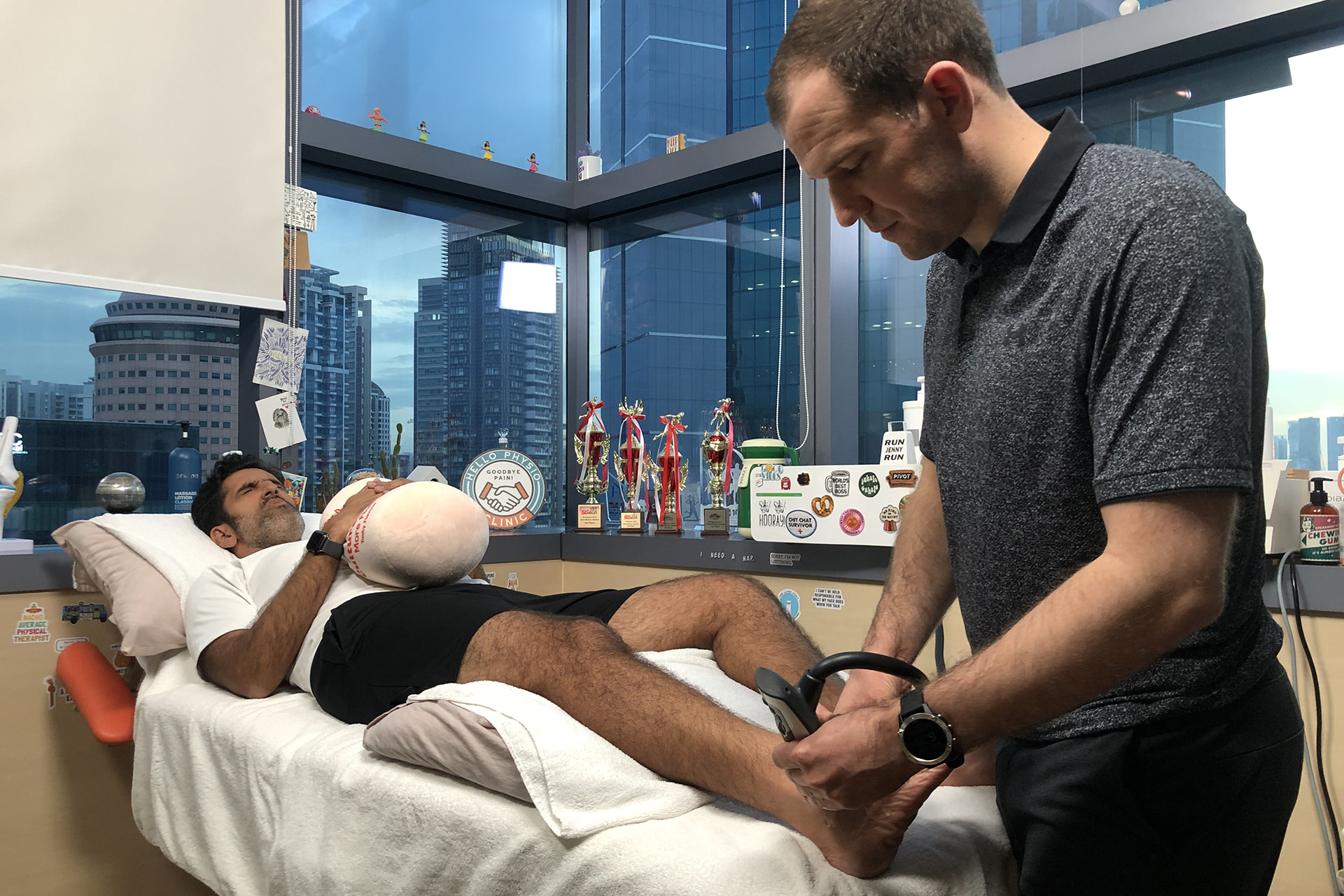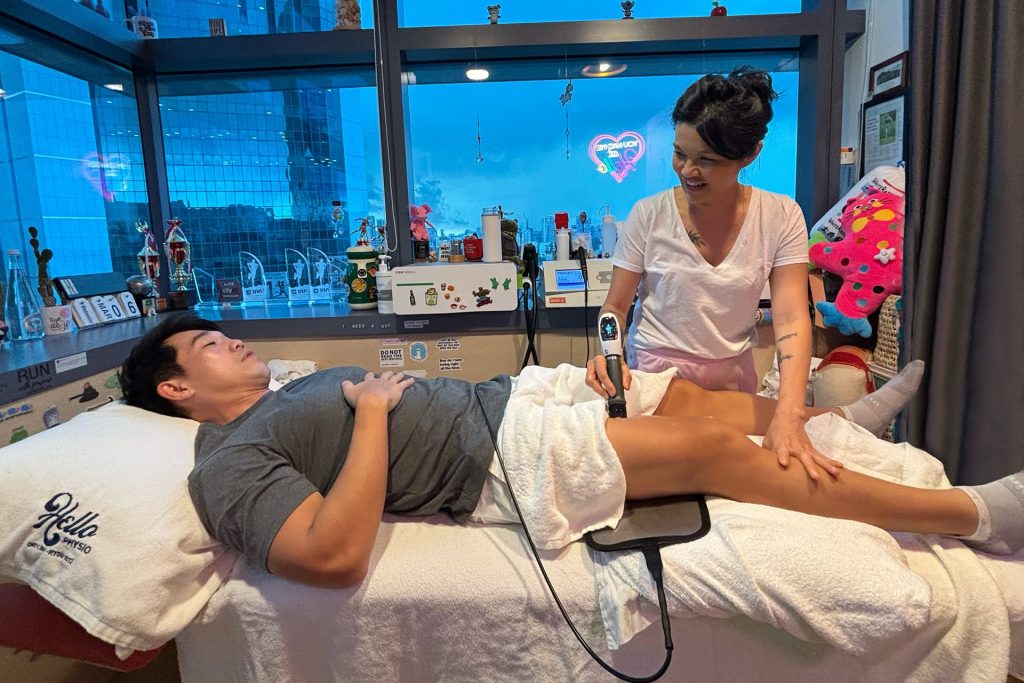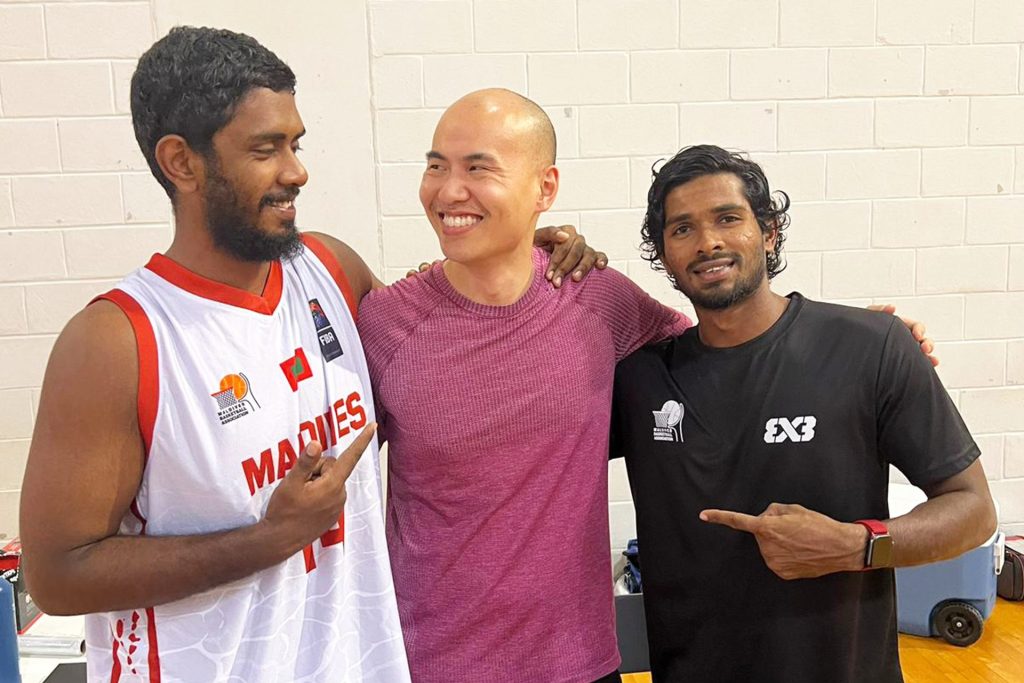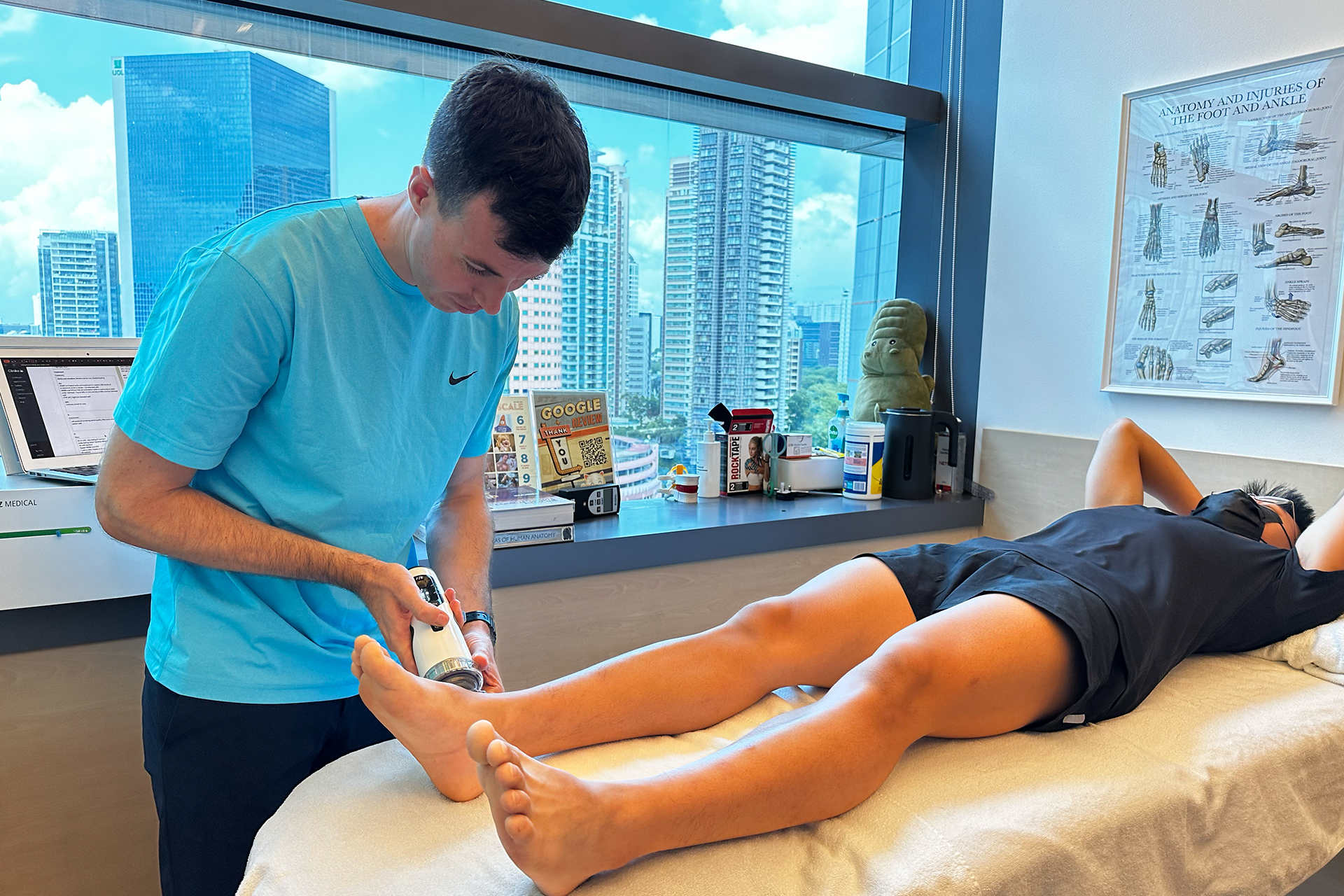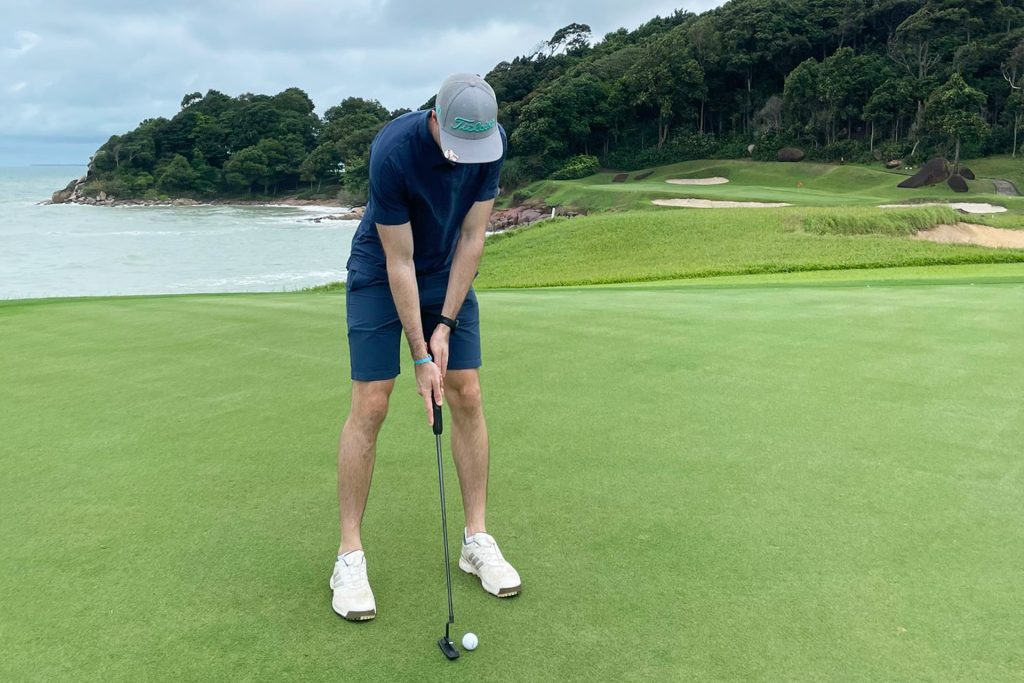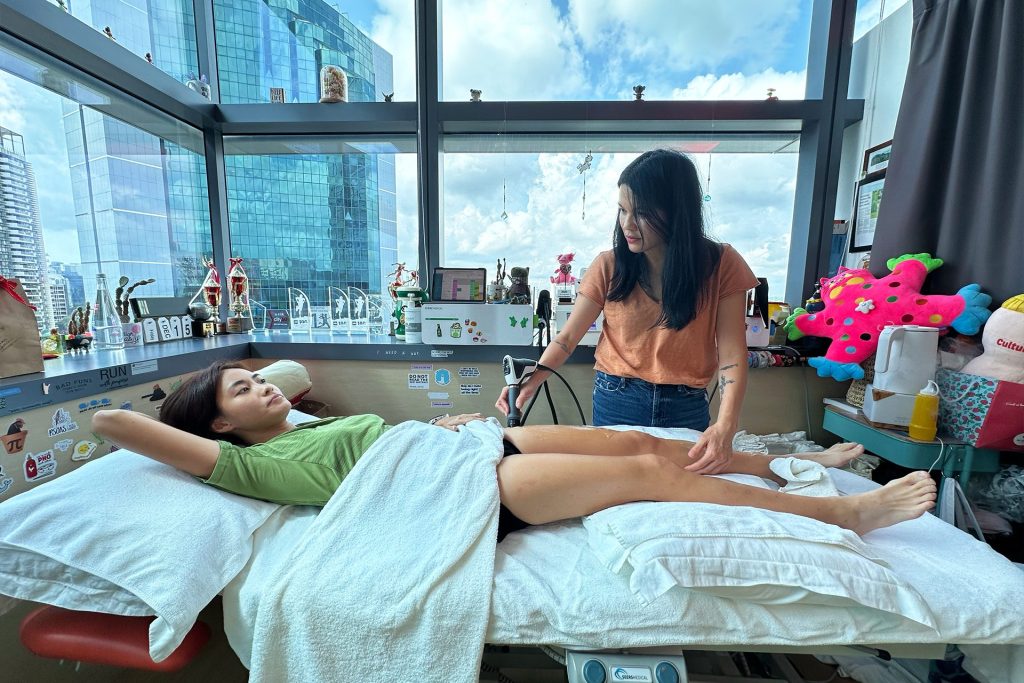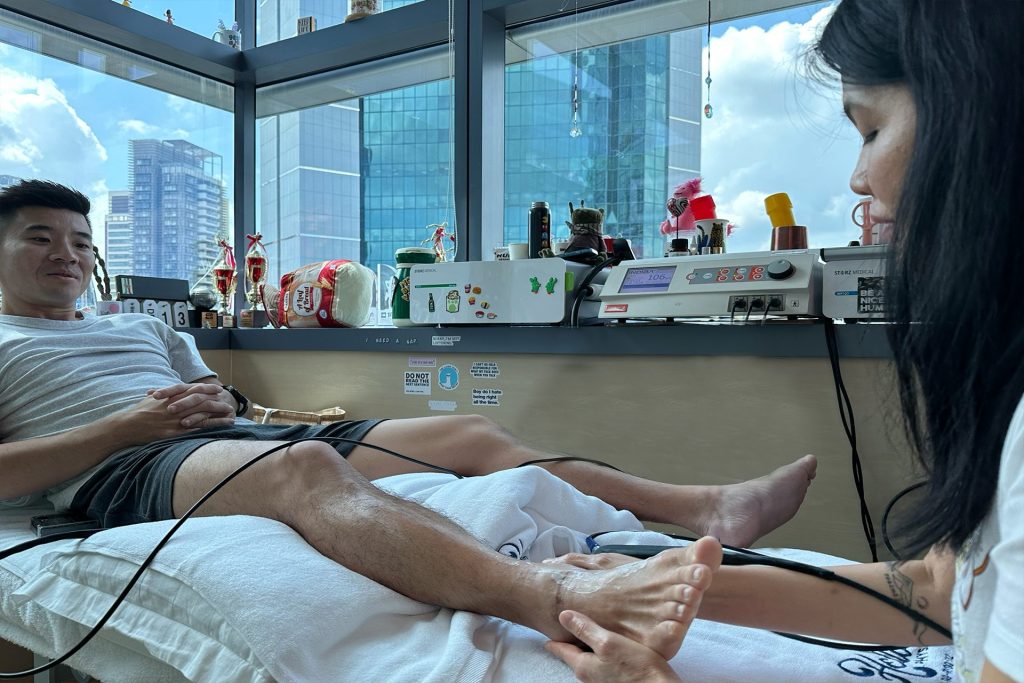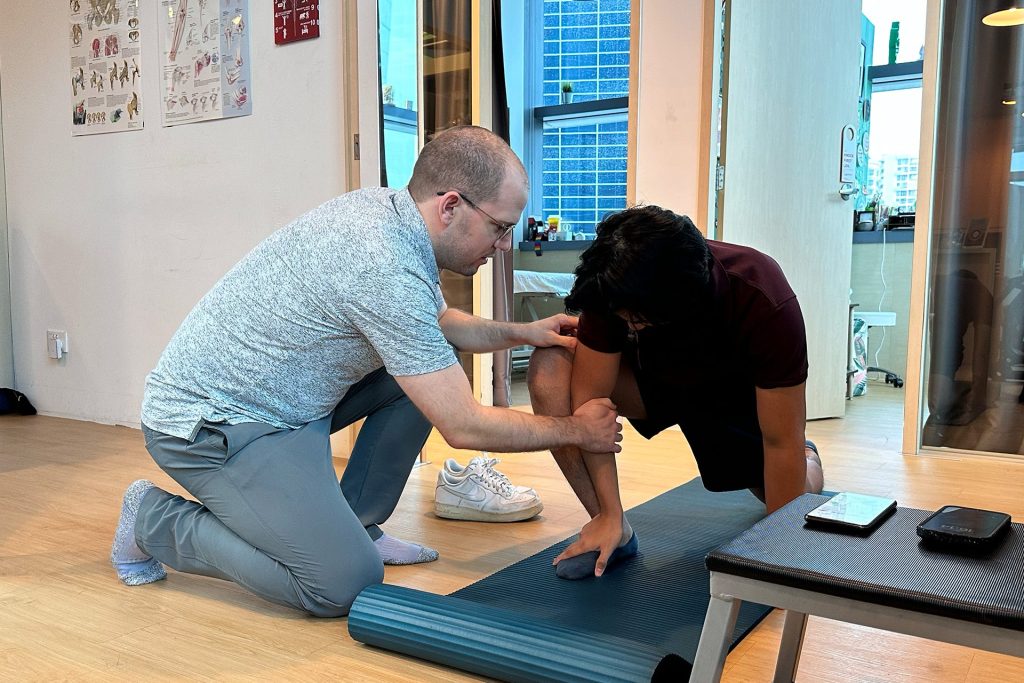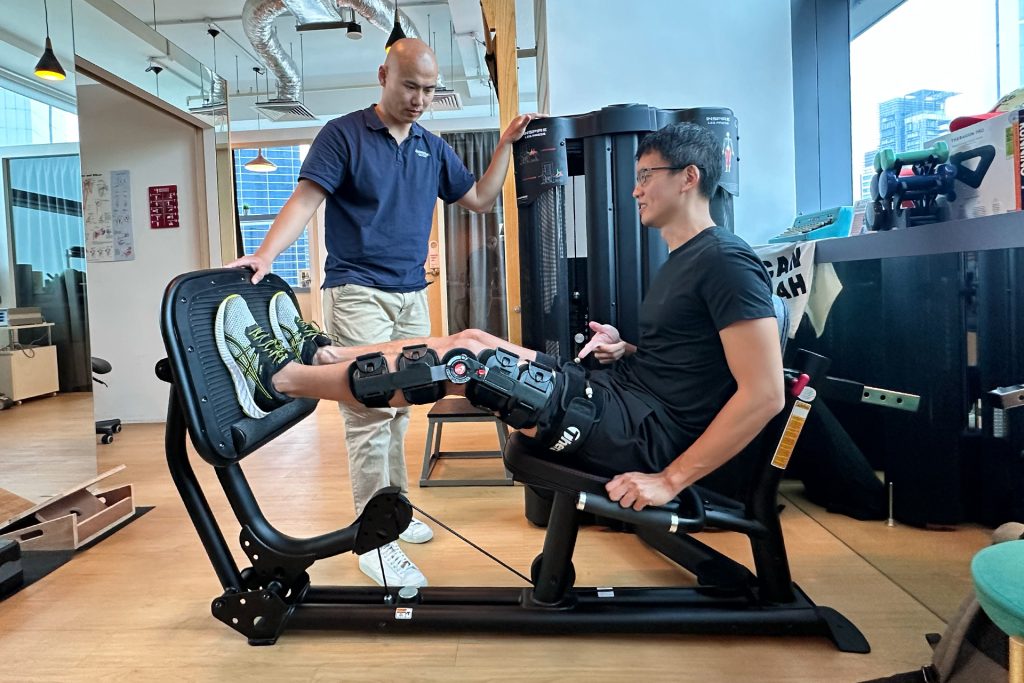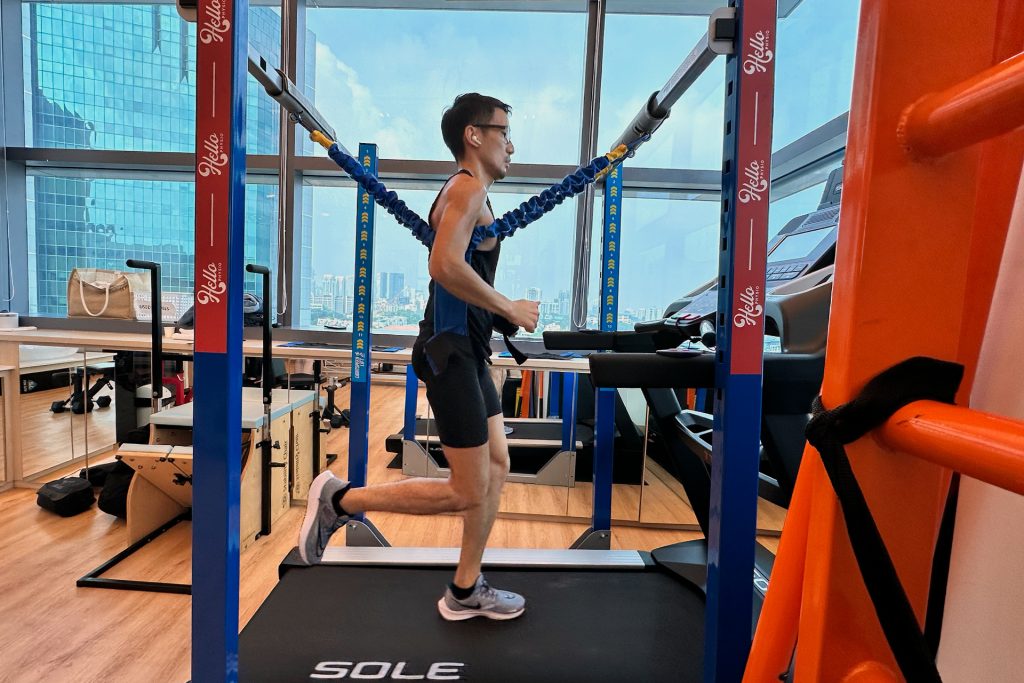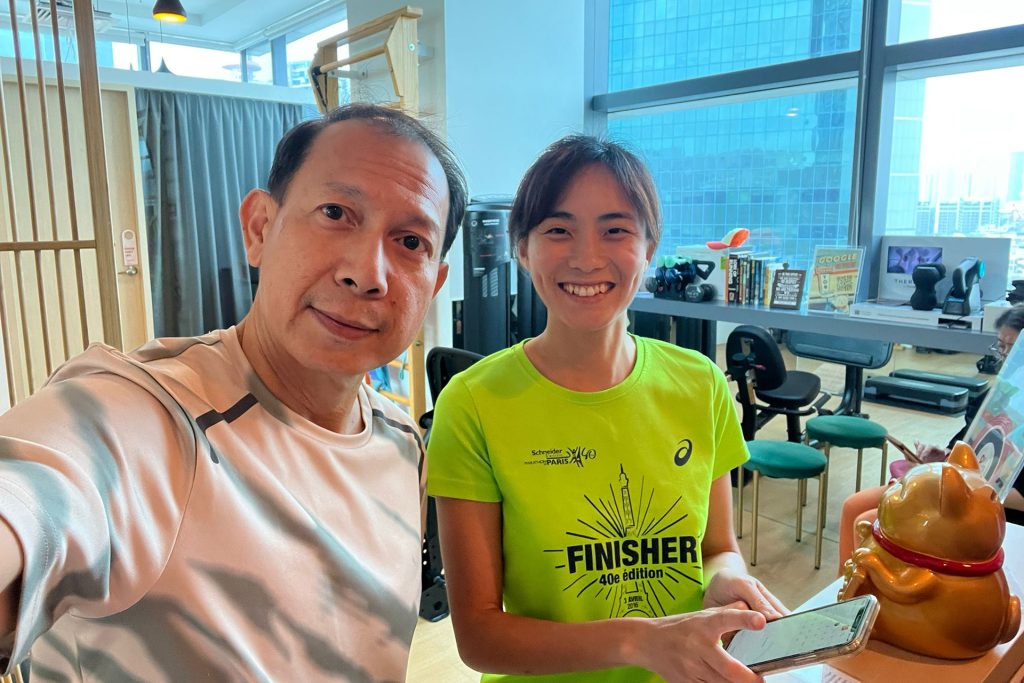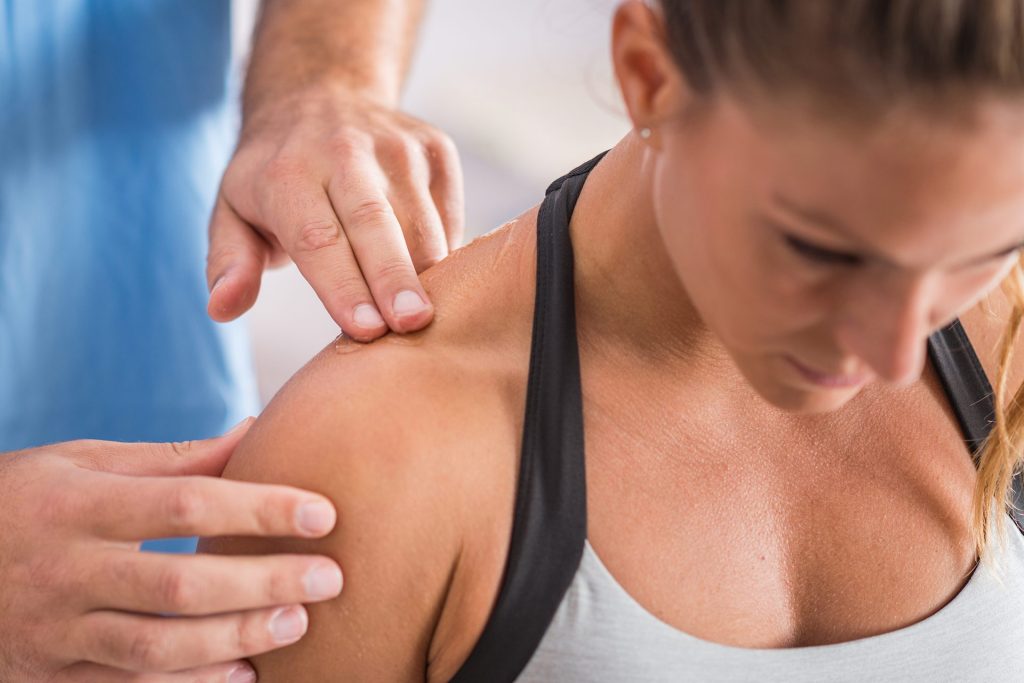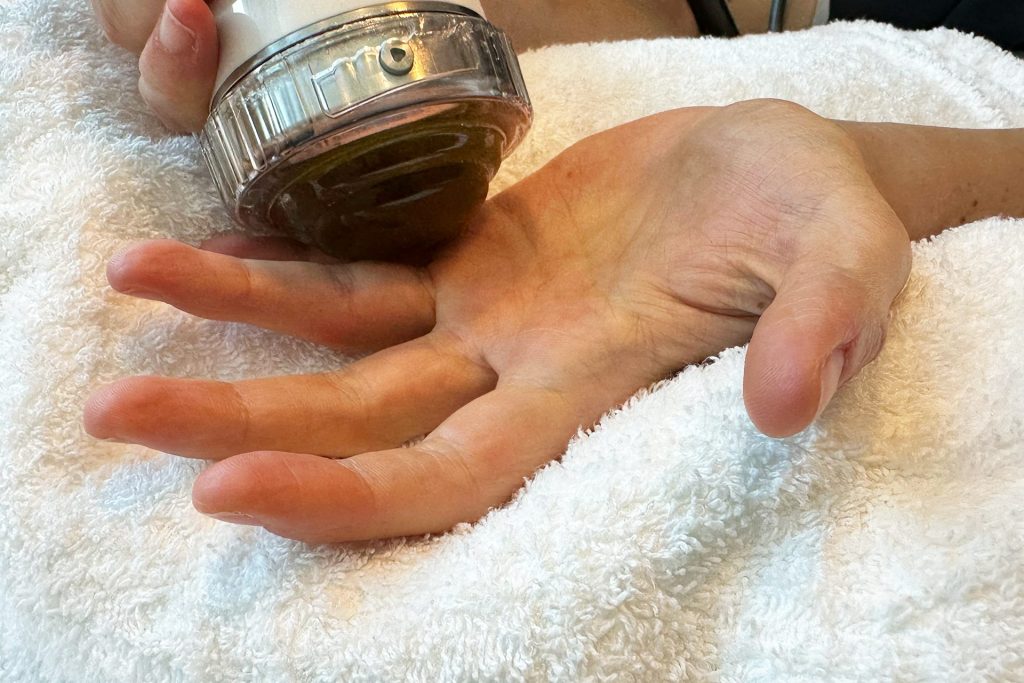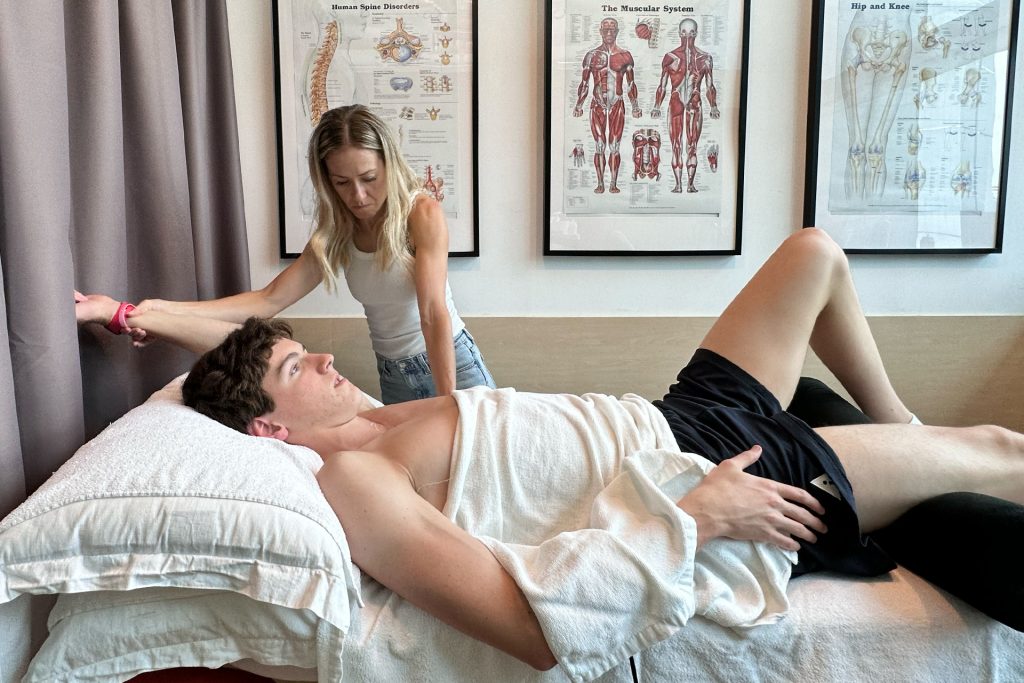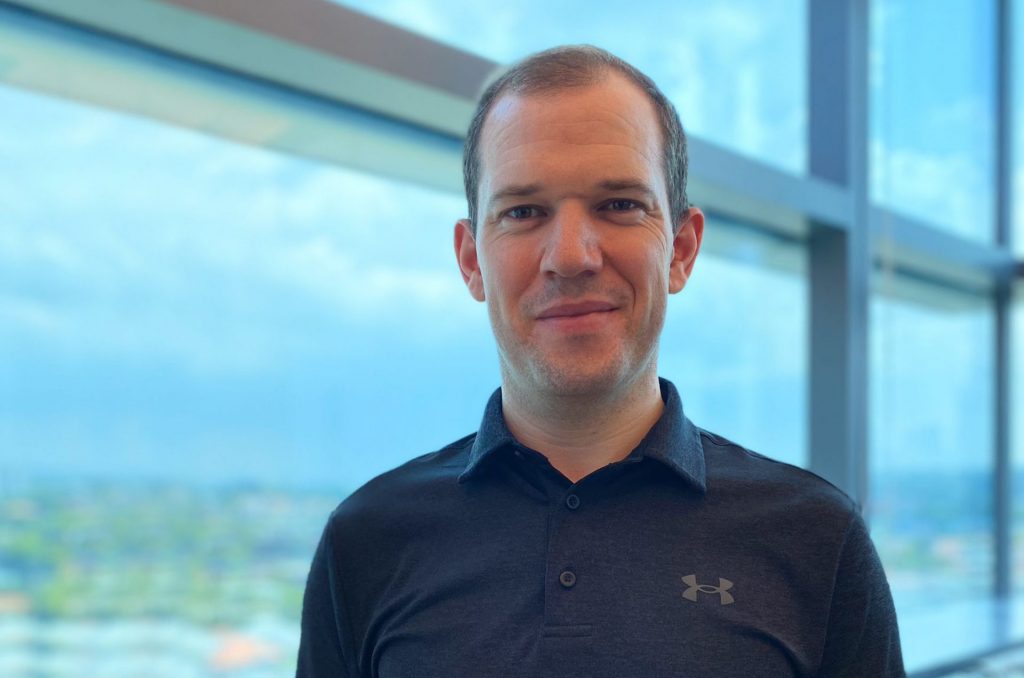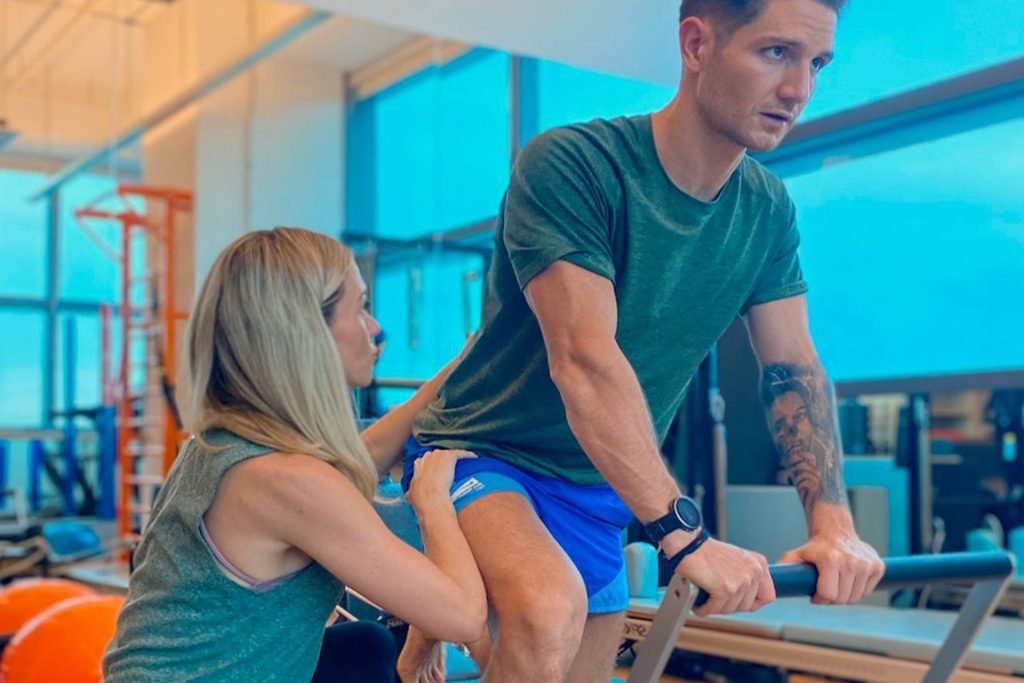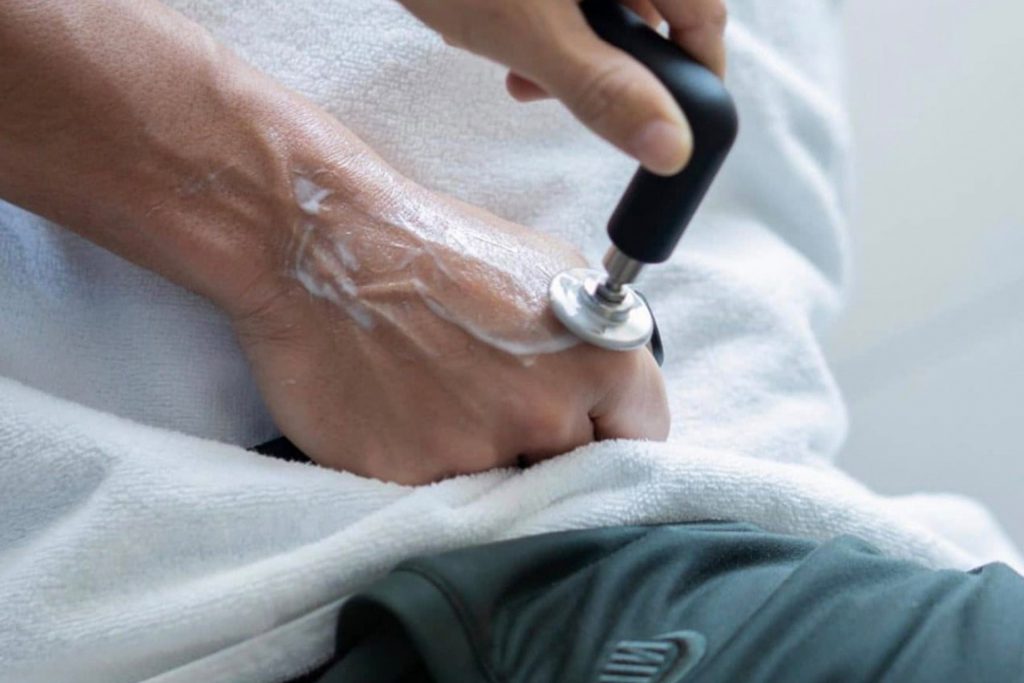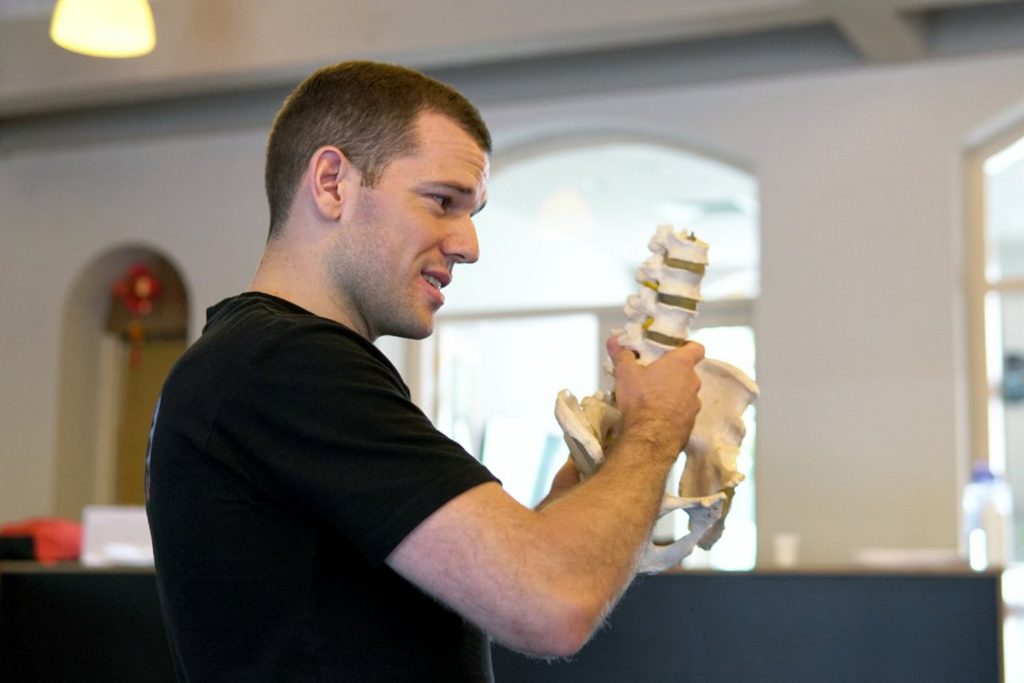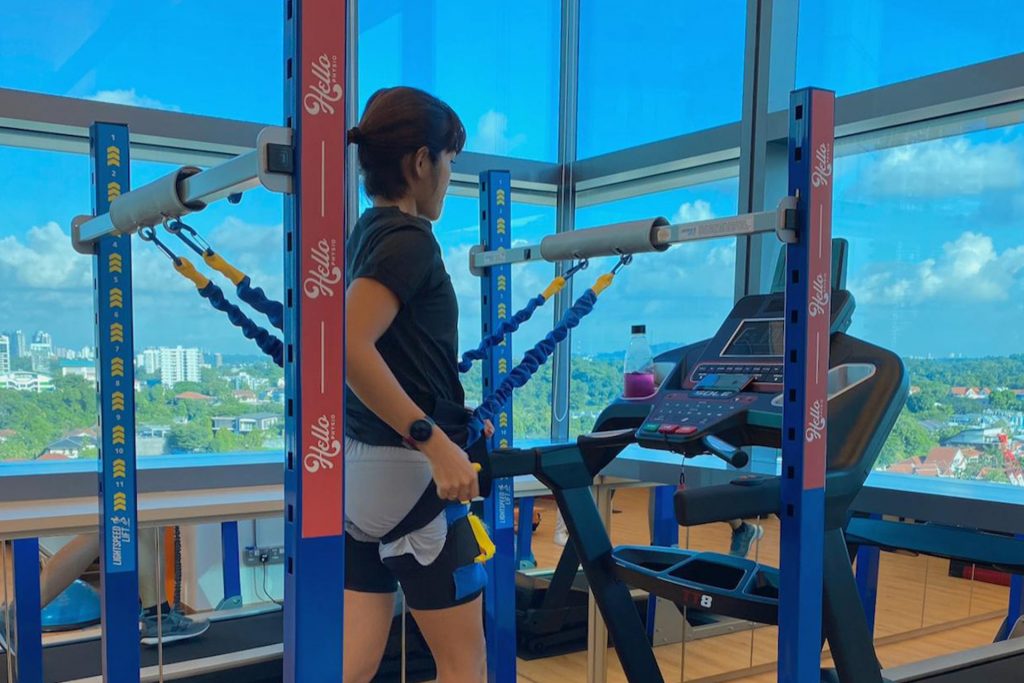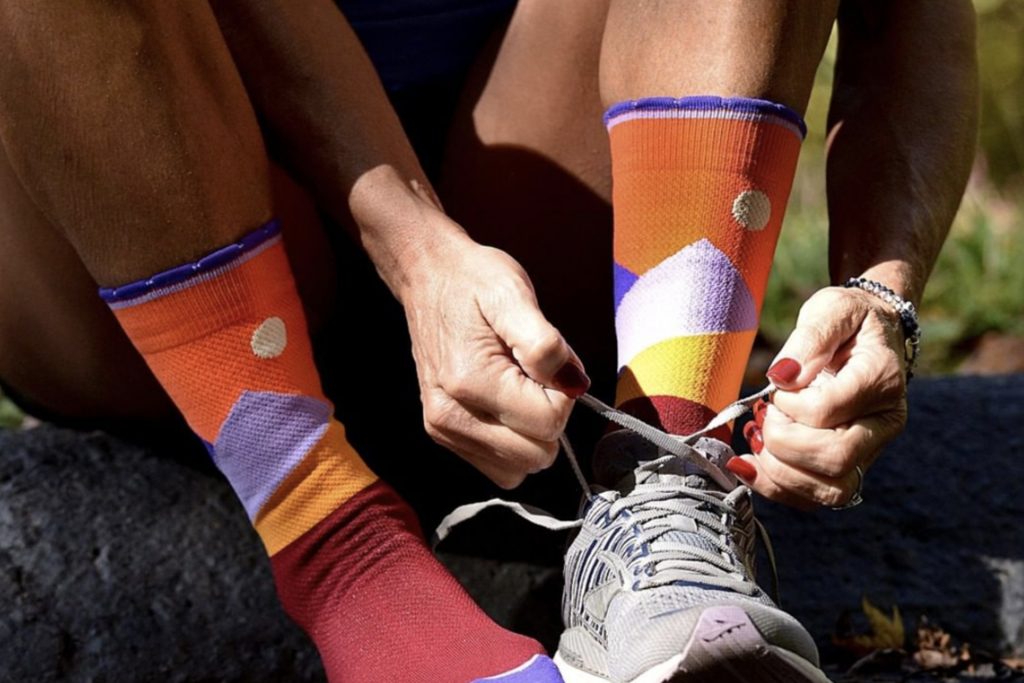From serene park pathways to bustling city marathons, Achilles tendonitis affects many runners; delve into our comprehensive guide to navigate this often painful condition and explore Achilles tendonitis treatments tailored for the athlete in all of us.
Achilles tendonitis affects both men and women athletes who run at all levels, from recreational joggers to competitive marathoners. Running puts a lot of impact on the Achilles tendon with every foot strike, especially for long distances when you are fatigued. It can be treated with self-care strategies, but if it persists or worsens, the runner should see a physiotherapist for diagnosis and treatment.
This article will provide you with information about Achilles tendonitis so you can recognize it when it happens to you. Learn what treatments are available and how physiotherapy can help prevent foot and ankle pain in the future!
Factors that Attribute To Achilles Tendonitis in Runners
The Achilles tendon connects the calf muscles to the heel. Tension in the strongest and largest tendon in the body can be a source of running-related injuries, such as Achilles tendonitis or plantar fasciitis. Running on hard surfaces can also increase your risk of injury due to additional stress on your foot and ankle joints compared to running on soft surfaces. Other factors that can lead to Achilles tendon injuries in runners include:
- Poor flat-arched feet
- Tight calf muscles
- Lack of flexibility in the plantar fascia ligament leads to excessive pronation of the feet
- Inadequate rest periods between workouts or over-training
- Running shoes with worn-out cushioning
Muscle imbalances in runners can cause microtears, leading to Achilles tendon pain and swelling due to excessive loading of the tendon during vigorous, repetitive movements. As it is a degenerative disease, Achilles tendinitis can result in Achilles tendon tears or ruptures if left untreated.
Achilles tendon rupture and Achilles tendonitis are both common tendon injuries. Ruptures occur when the Achilles tendon is either stretched beyond its capacity or torn because of a sudden change in direction during physical activity. Achilles tendon ruptures usually occur near the midportion, while Achilles tendonitis typically affects both the superficial and deep portions of the tendon.
How Can Physiotherapy Help with the Treatment of Achilles Tendonitis?
Achilles tendonitis is most effective when diagnosed early by a physiotherapist, but most athletes attempt to run the pain off, which leads to the continued fraying of the tendon. The Achilles tendon is a richly vascularized layer of cells. When injured, the blood vessels essentially fail to deliver enough oxygen and nutrients to the cells of these fibrous tissues.
A physiotherapist is a pain specialist in Singapore. The goal of physiotherapy is to restore pain-free movement by activating the extracellular matrix to regulate cellular healing function through manual therapy combined with non-invasive treatments such as Shockwave Therapy, Extracorporeal Magnetotransduction Therapy, or INDIBA Radiofrequency.
Shockwave Therapy Activates Reparative Healing
Extracorporeal Shockwave Therapy is a noninvasive procedure in which sound waves are applied through the skin to the affected tissue. Sound waves with different peak pressures and amplitudes are emitted for a short duration by positioning an instrument over the injured area. The soundwaves activate the body’s reparative healing response by:
- Increasing the natural formation of new blood vessels
- Stimulating the reproduction of tenocytes to strengthen connective tissue
- Promoting the growth of osteoblasts to secrete collagen to cover the surface of the bones
- Activating white blood cell circulation towards the infected tissue
- Synthesizing protein to increase collagen production
For post-op rehabilitation following Achilles tendon surgeries, Shockwave Therapy reduces adhesion formation at the onset of healing, restoring joint function quickly. The therapy will also keep the tissues flexible, strong, and balanced, thereby reducing the risk of future injury.
Extracorporeal Magnetotransduction Therapy Boosts the Body’s Natural Healing Response
Musculoskeletal diseases, such as chronic and acute Achilles tendinopathy, are common among athletes and runners. Extracorporeal Magnetotransduction Therapy (EMTT) by MAGNETOLITH is a helpful modality for tendonitis treatment in Singapore, reducing pain and accelerating healing with a lower risk of recurrence.
When a tendon injury occurs, upregulated nitric oxide synthases inhibit the tissue healing response. EMTT’s high-frequency oscillation penetrates deeper to enhance nitric oxide levels. Increased nitric oxide levels induce the production of cyclic guanosine monophosphates – the body’s natural signal to provoke tissue repair. Ultimately, increased cellular response activation decreases pain and inflammation, regenerates tissues, and relaxes vascular muscles through blood flow stimulation.
INDIBA Promotes Oxygenation and Delivery of Nutrients
INDIBA’s subdermal healing accelerates tissue metabolism and regeneration. Tissue regeneration is a complex biochemical process. The regenerative effects of radiofrequency technology increase nutrient uptake, deliver more oxygen to affected areas to reduce swelling and bruising, and break down scar tissue.
When radiofrequency therapy is applied to an injured Achilles tendon, it produces a thermal effect that increases blood perfusion, meeting the tissue’s nutrient demand and removing cellular waste. With this groundbreaking tendinitis treatment, healthy, vital tissue is repaired.
Multiple Modality-Based Physiotherapy
Achilles injuries are complex, as pain may be associated with multiple physiological factors. So, if you are a runner with this condition, it is essential to seek out Achilles tendonitis treatment in Singapore at the onset of the injury. By combining both manual therapies with one or more technological treatments,
HelloPhysio’s multimodal treatment approach to Achilles Tendinopathy in Singapore, using oxygenation, regeneration, collagen synthesis, and more to reduce pain, decrease inflammation, and repair tissue, getting you back to running sooner. Schedule an initial assessment with one of our senior sports physiotherapists today.


